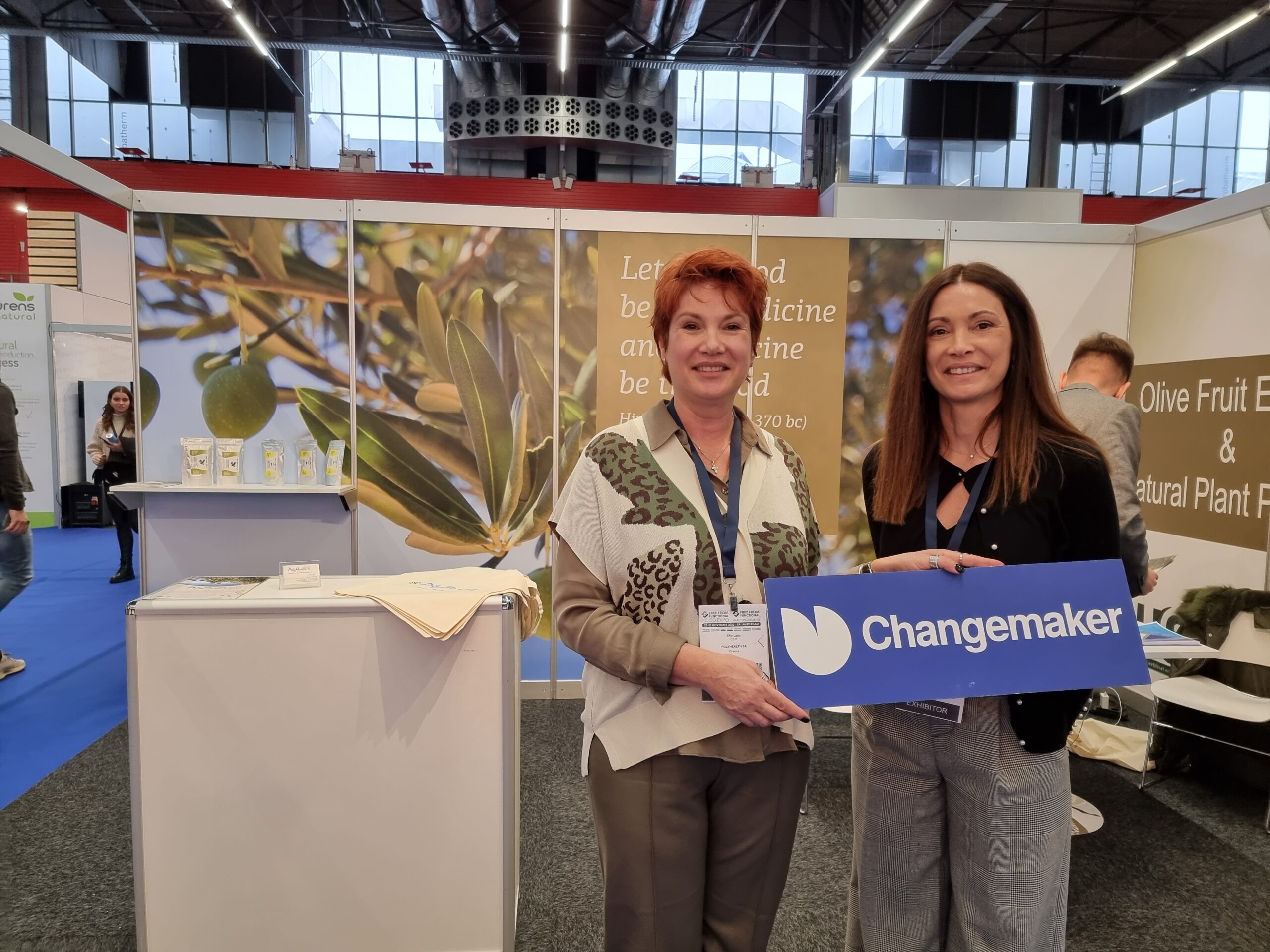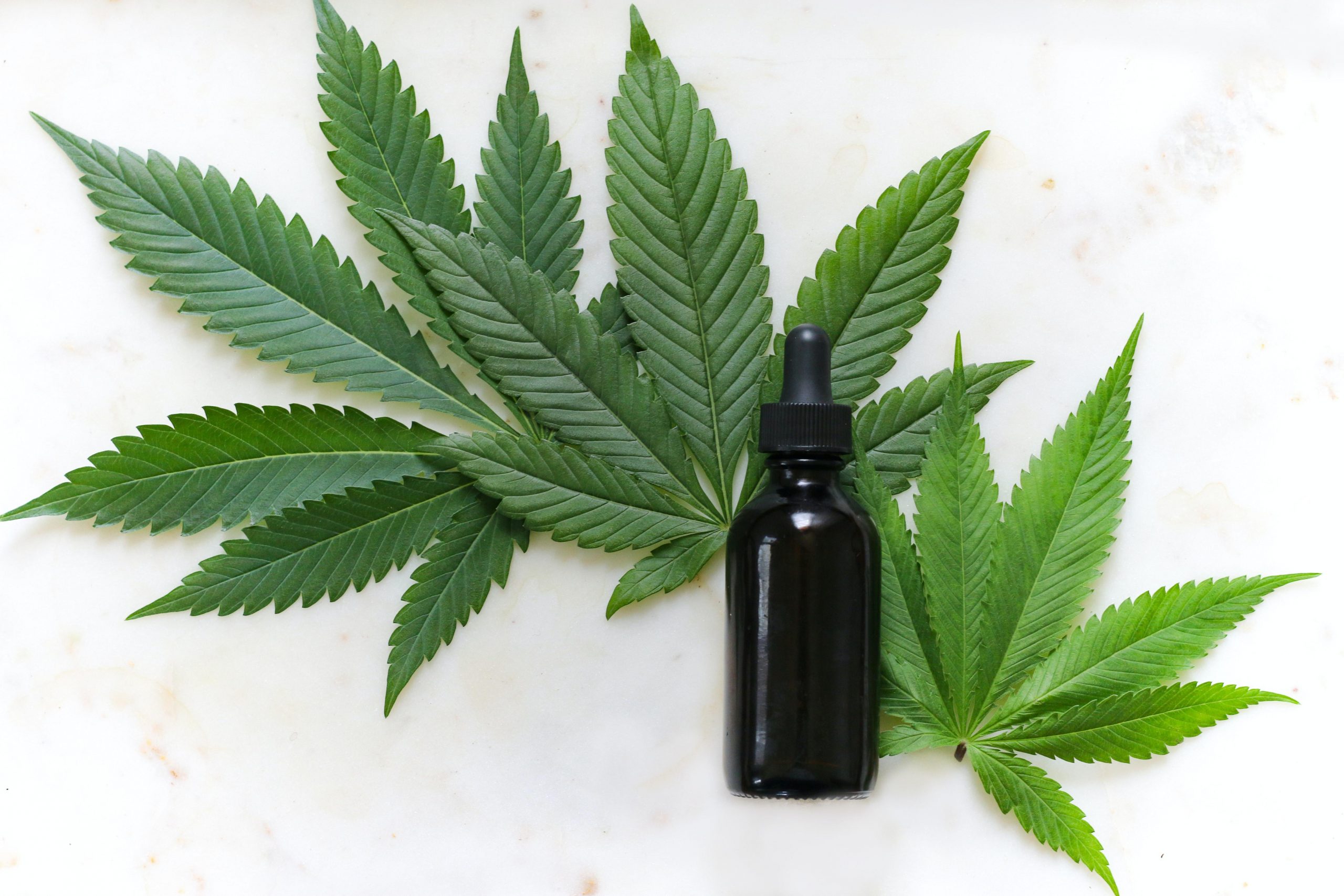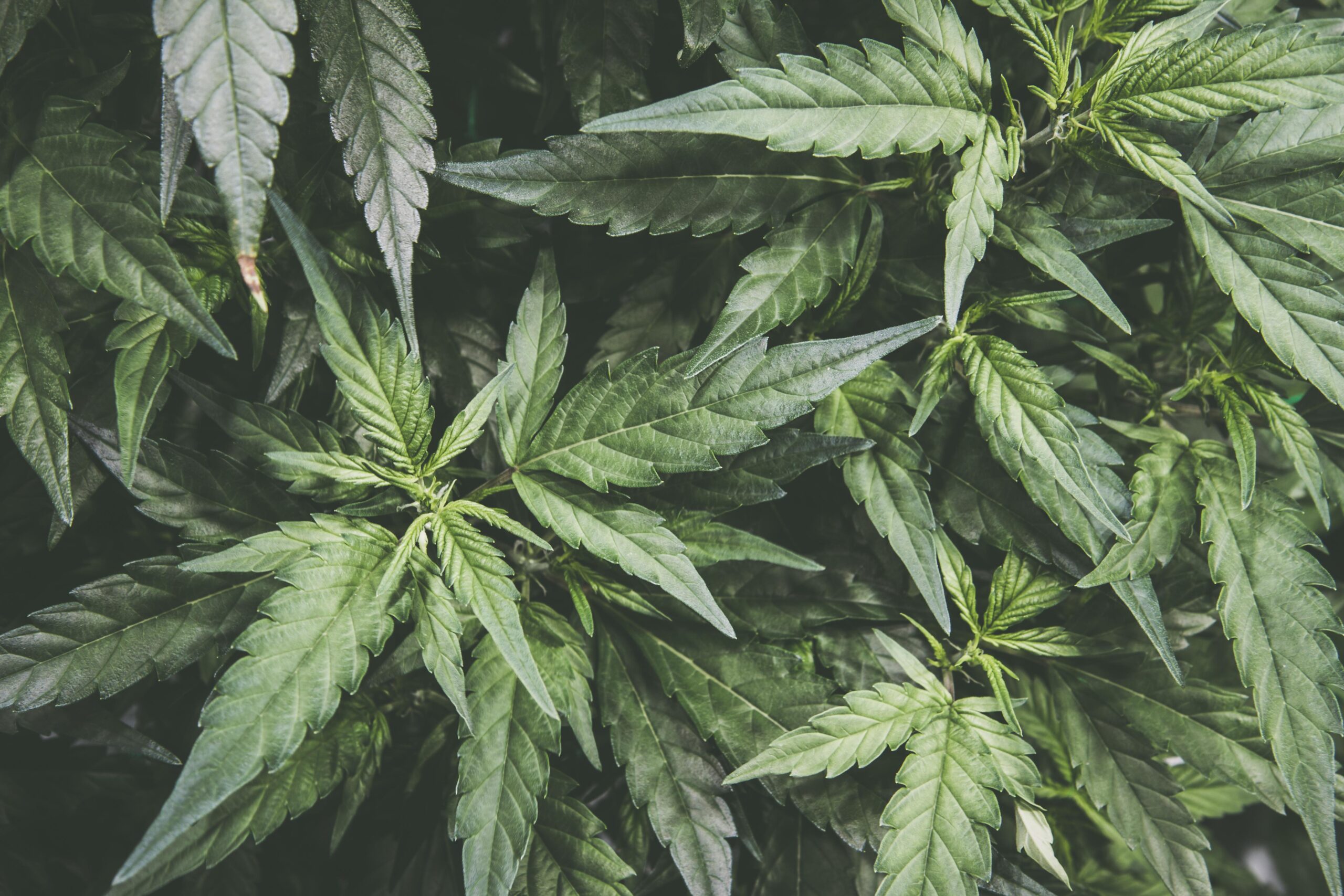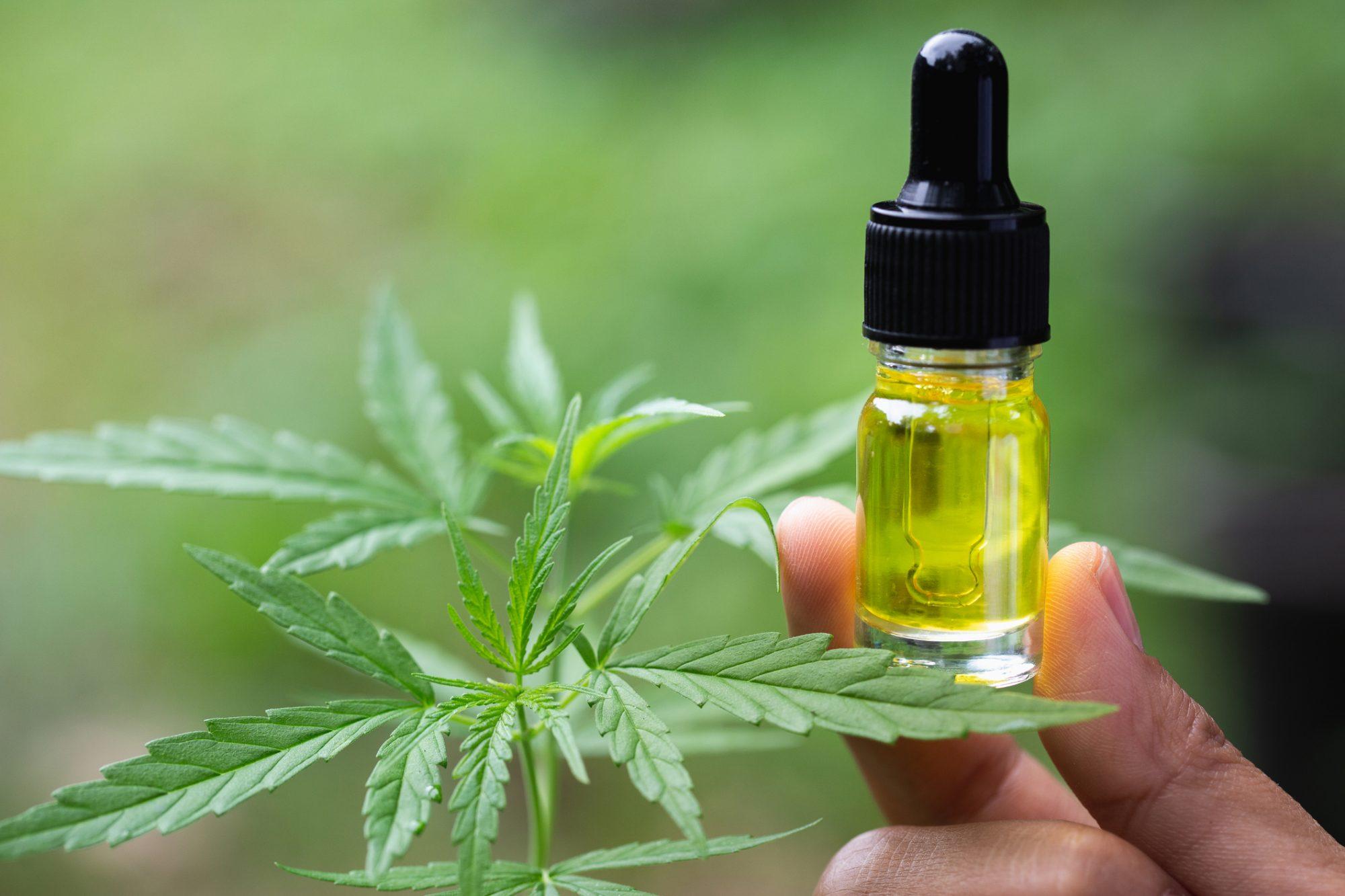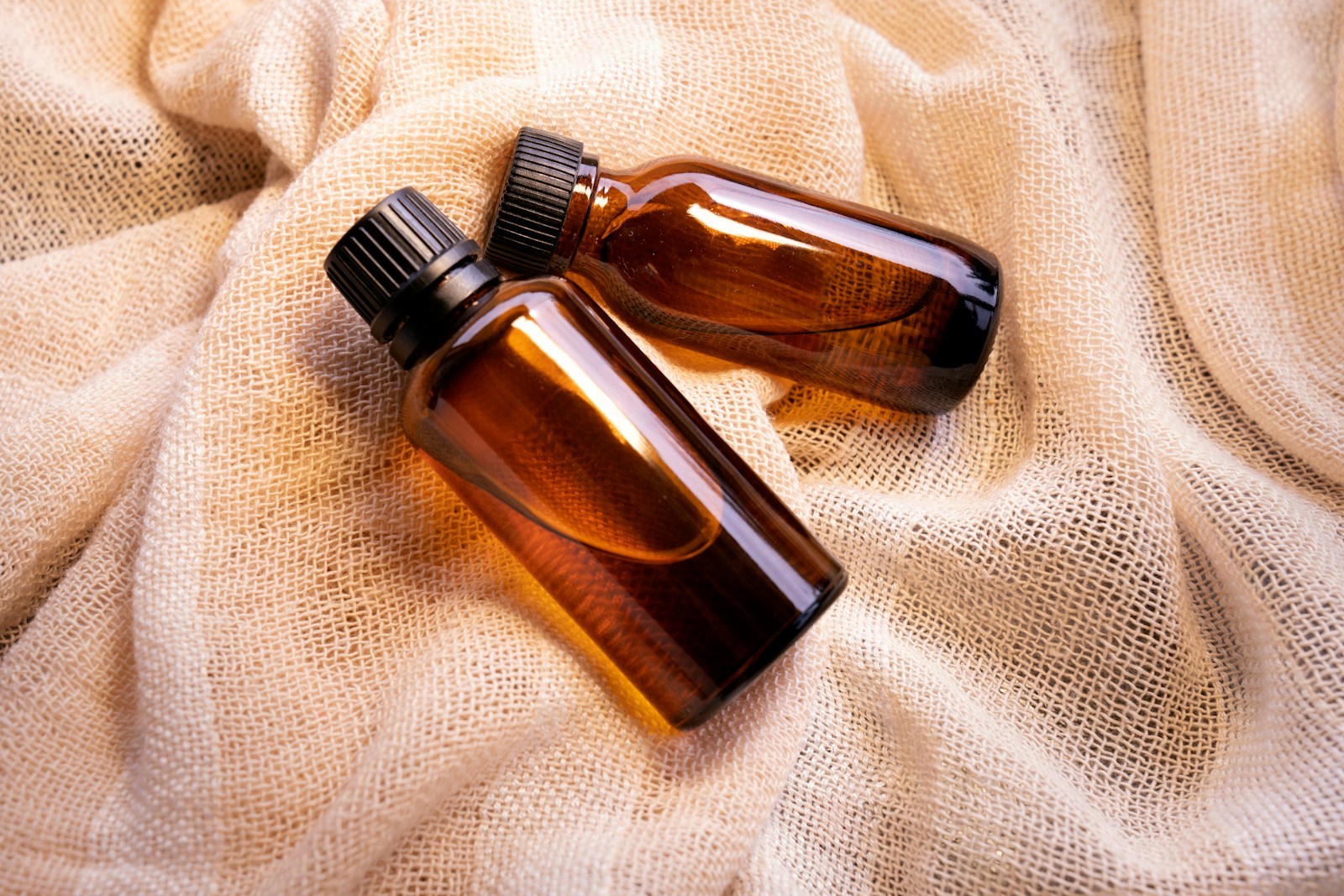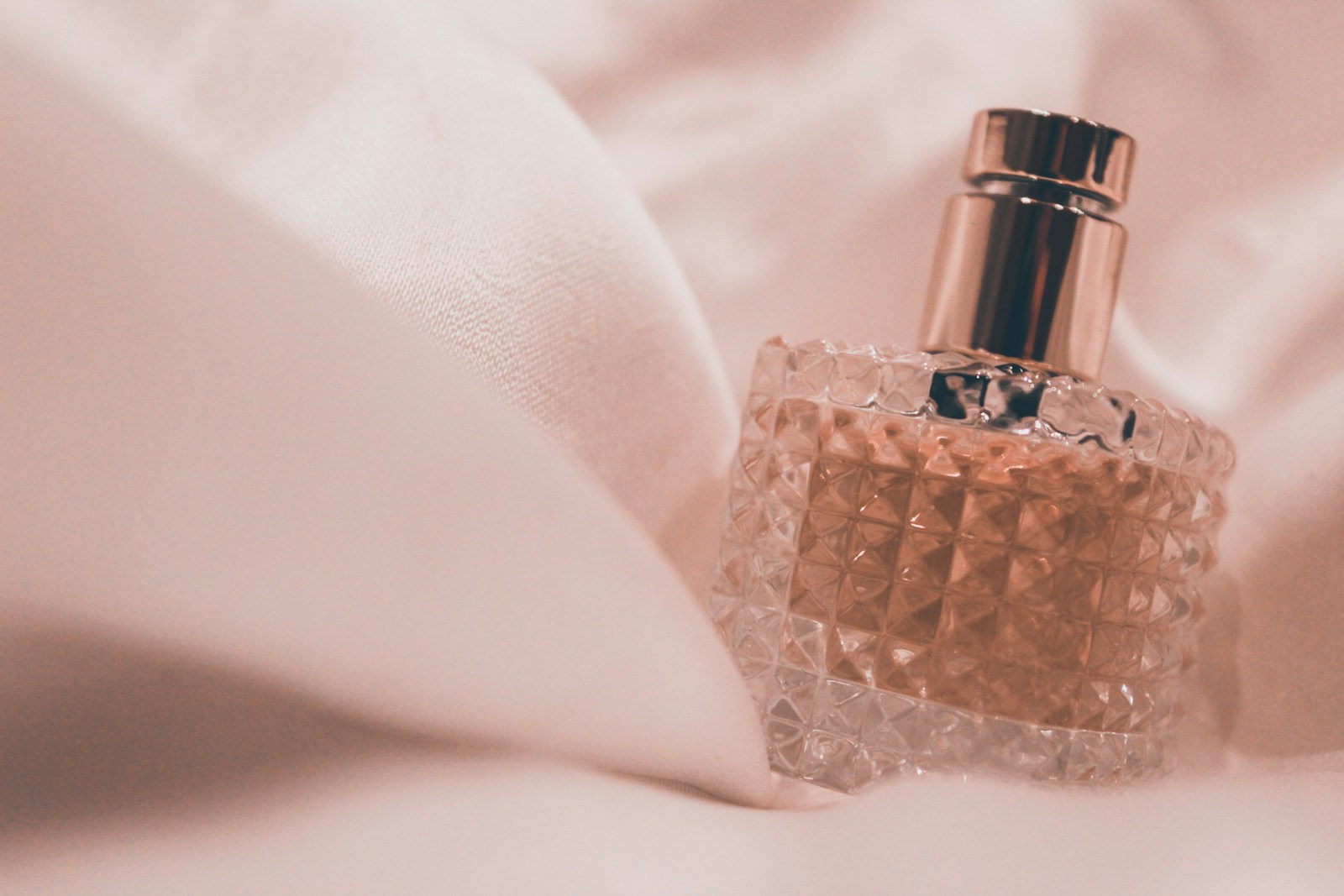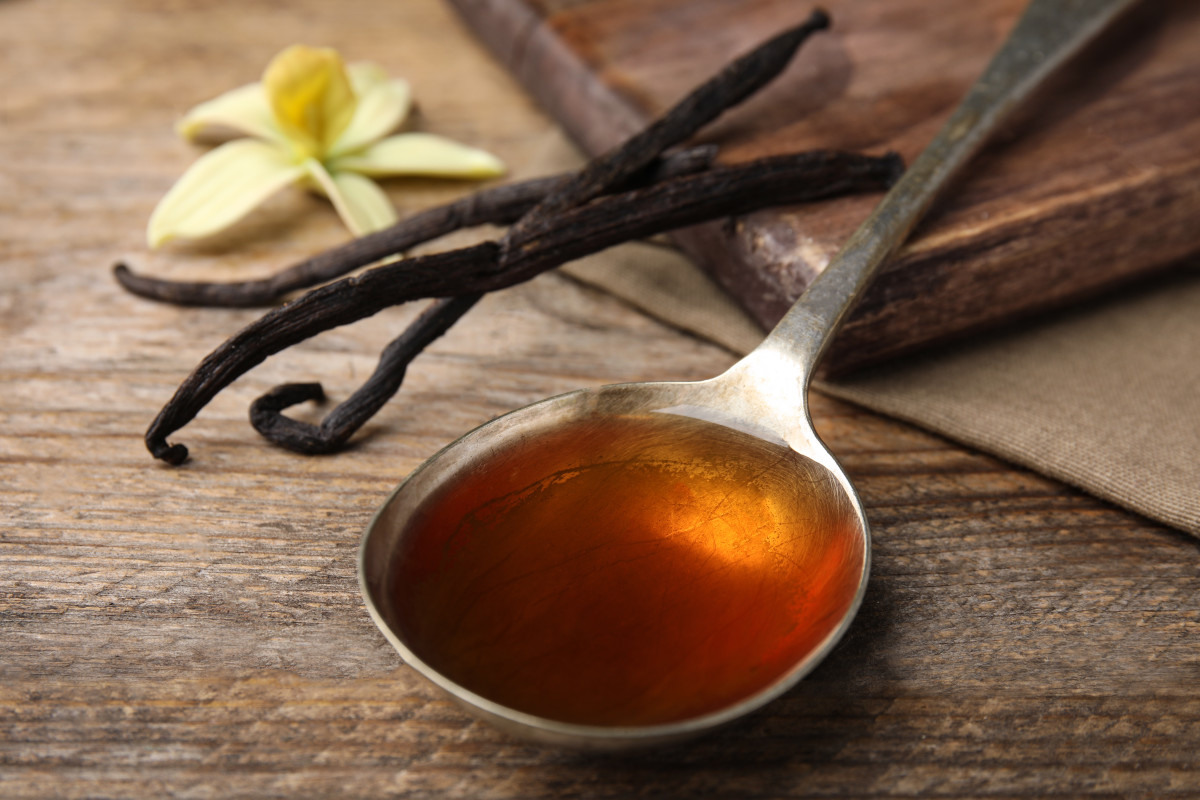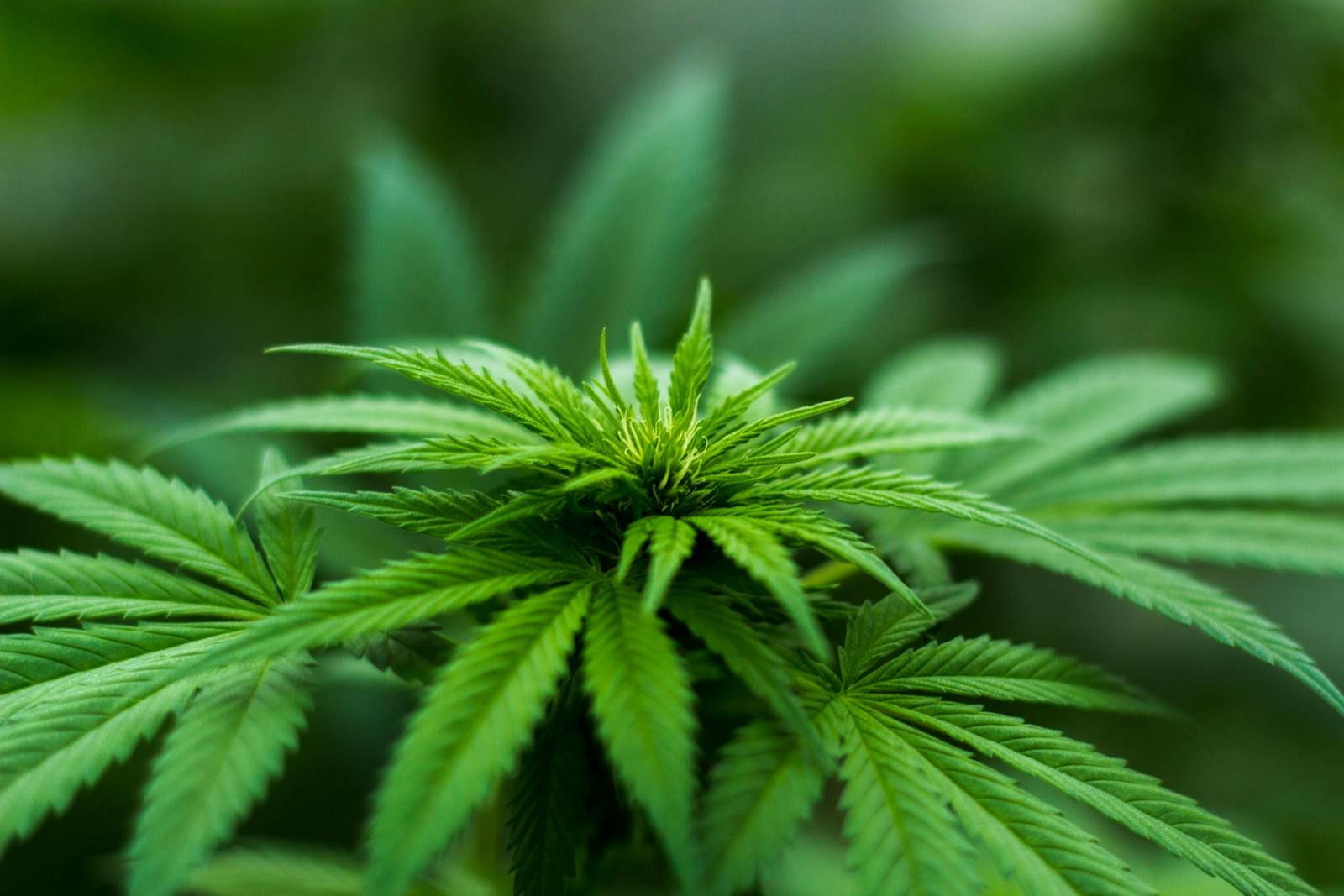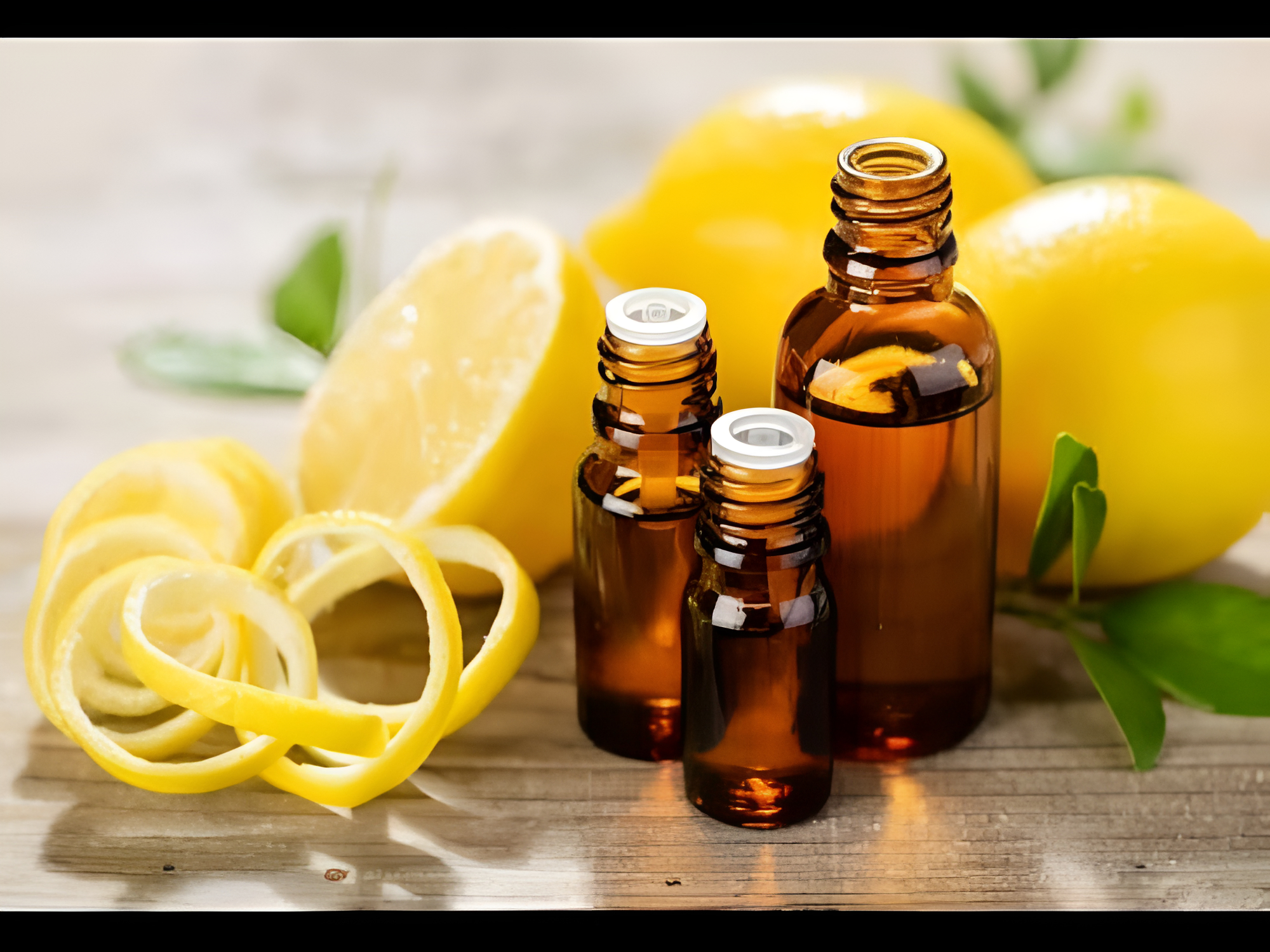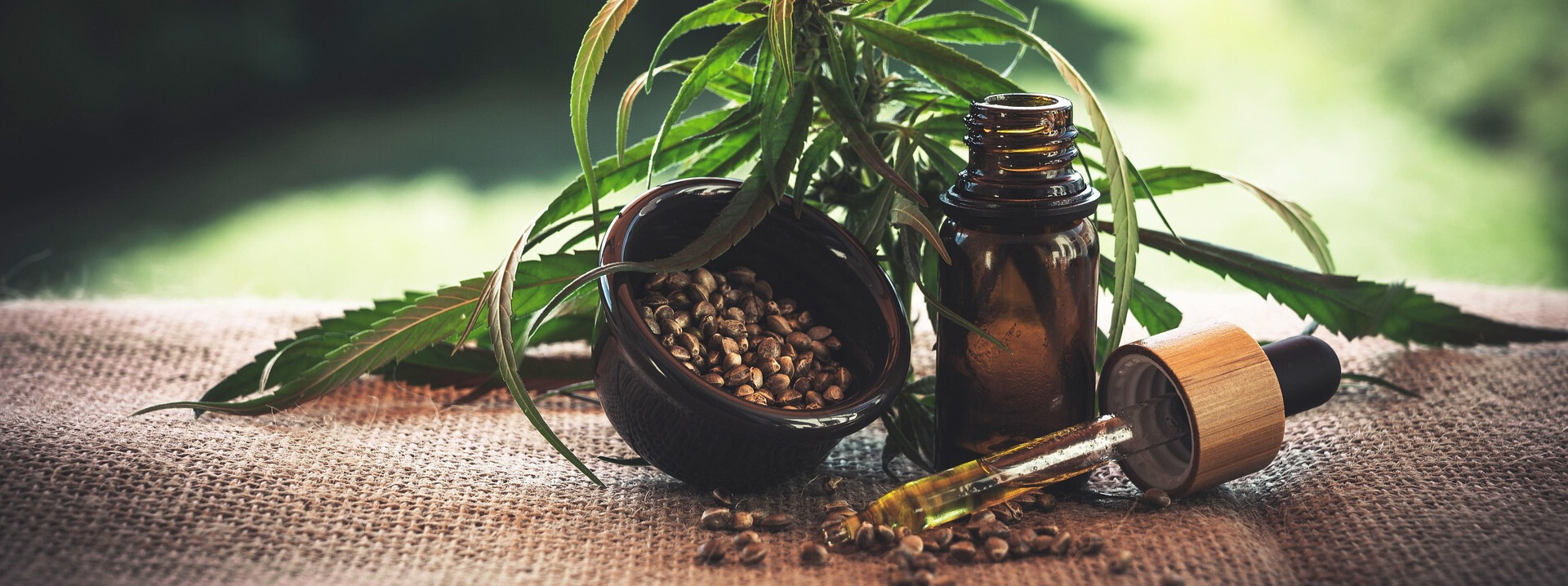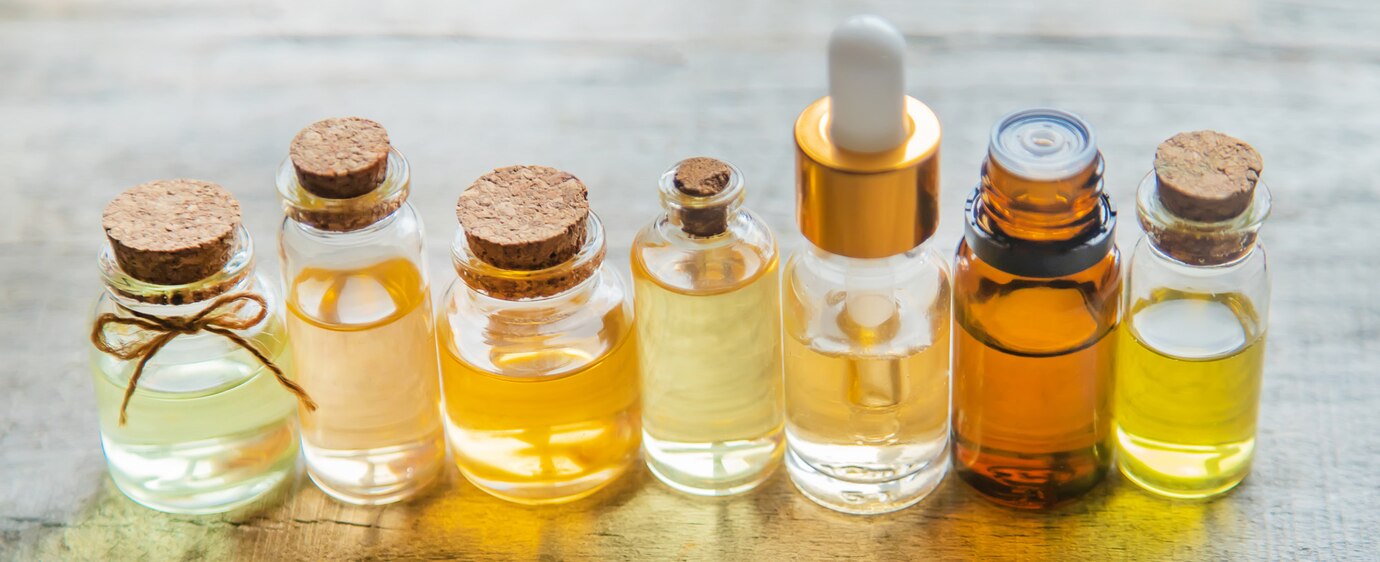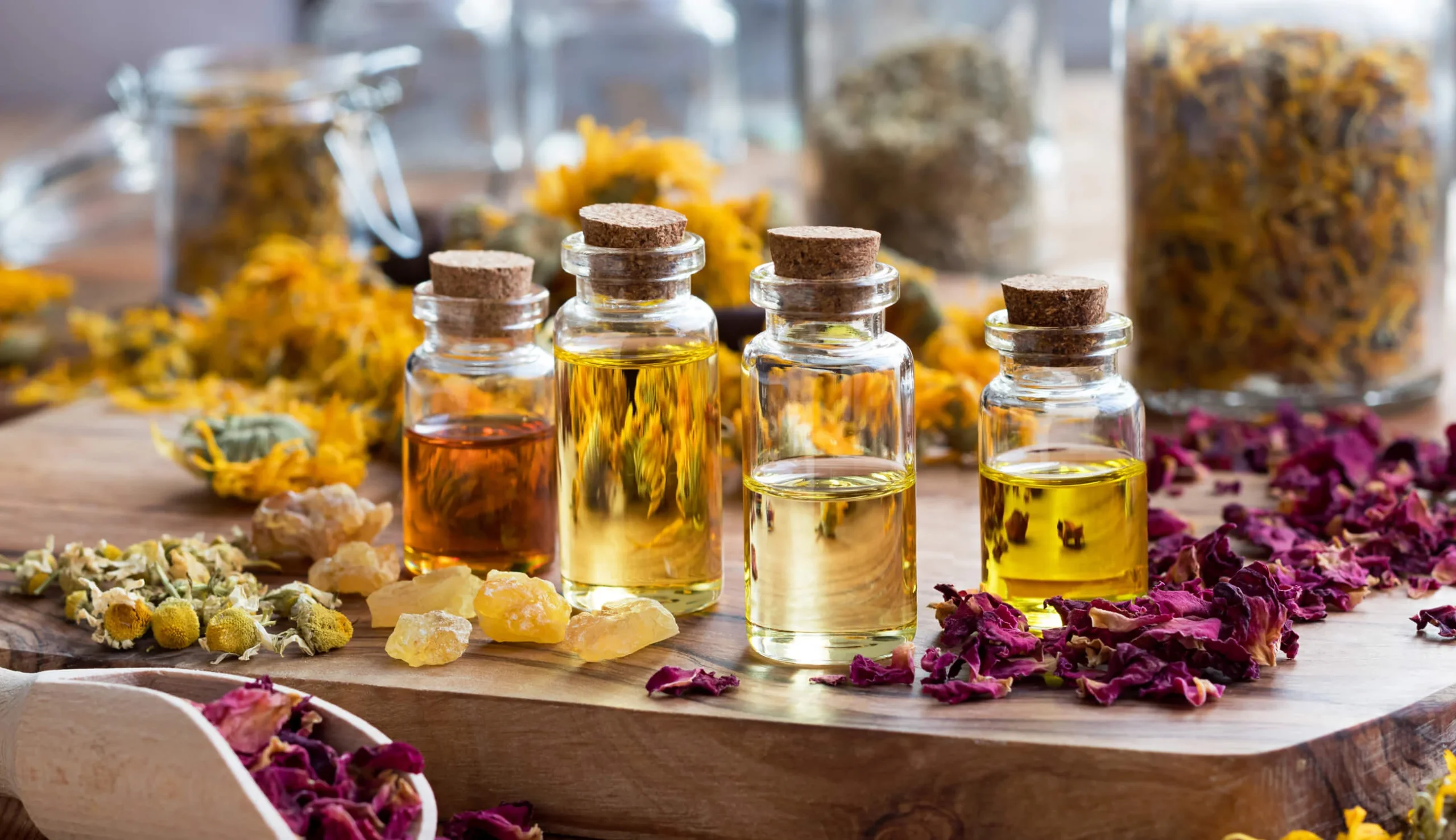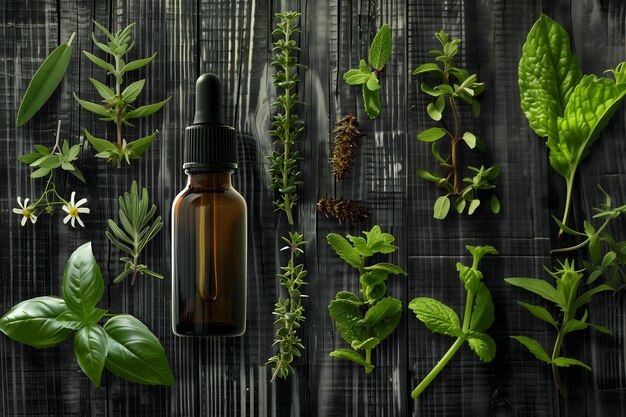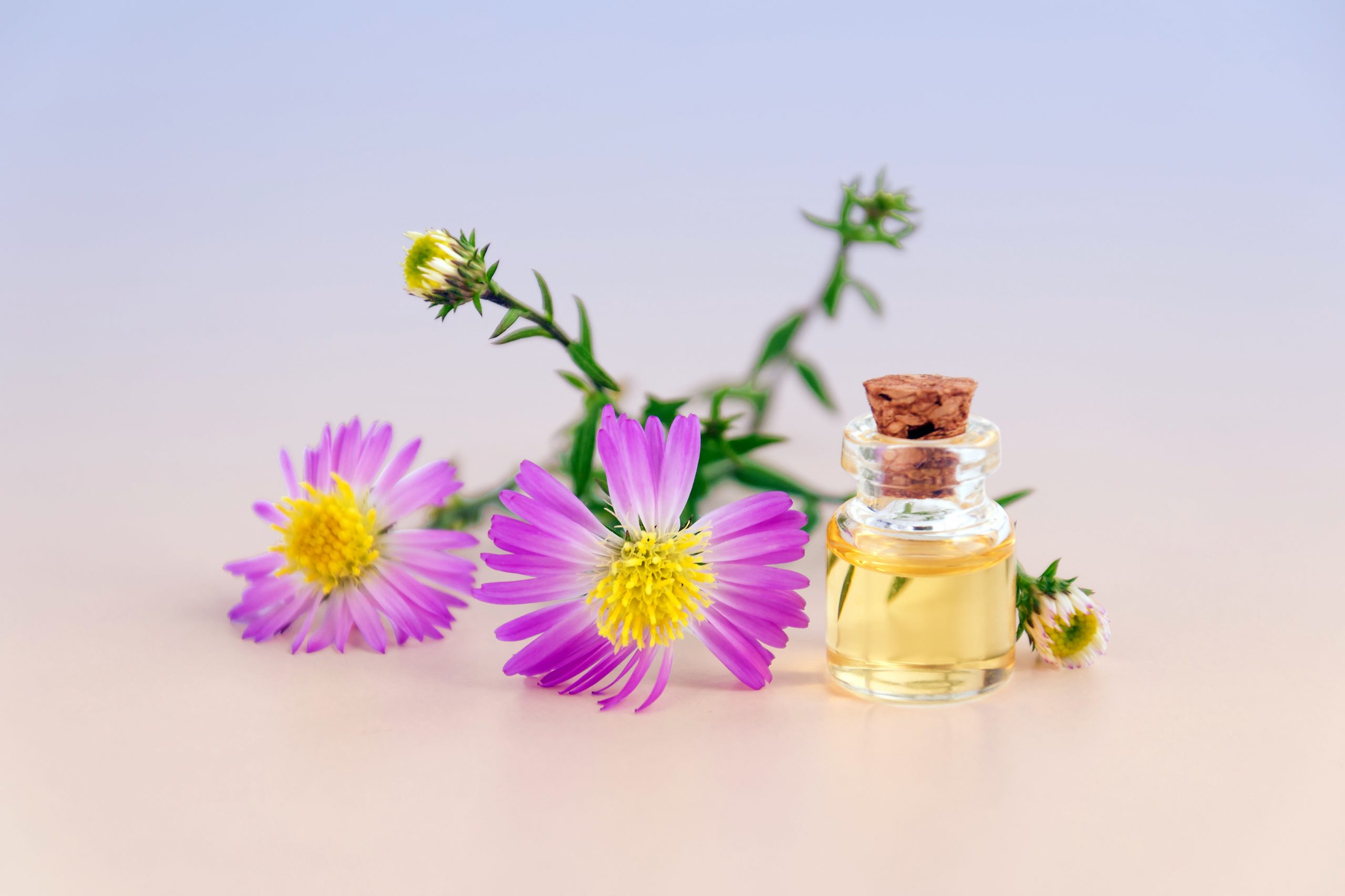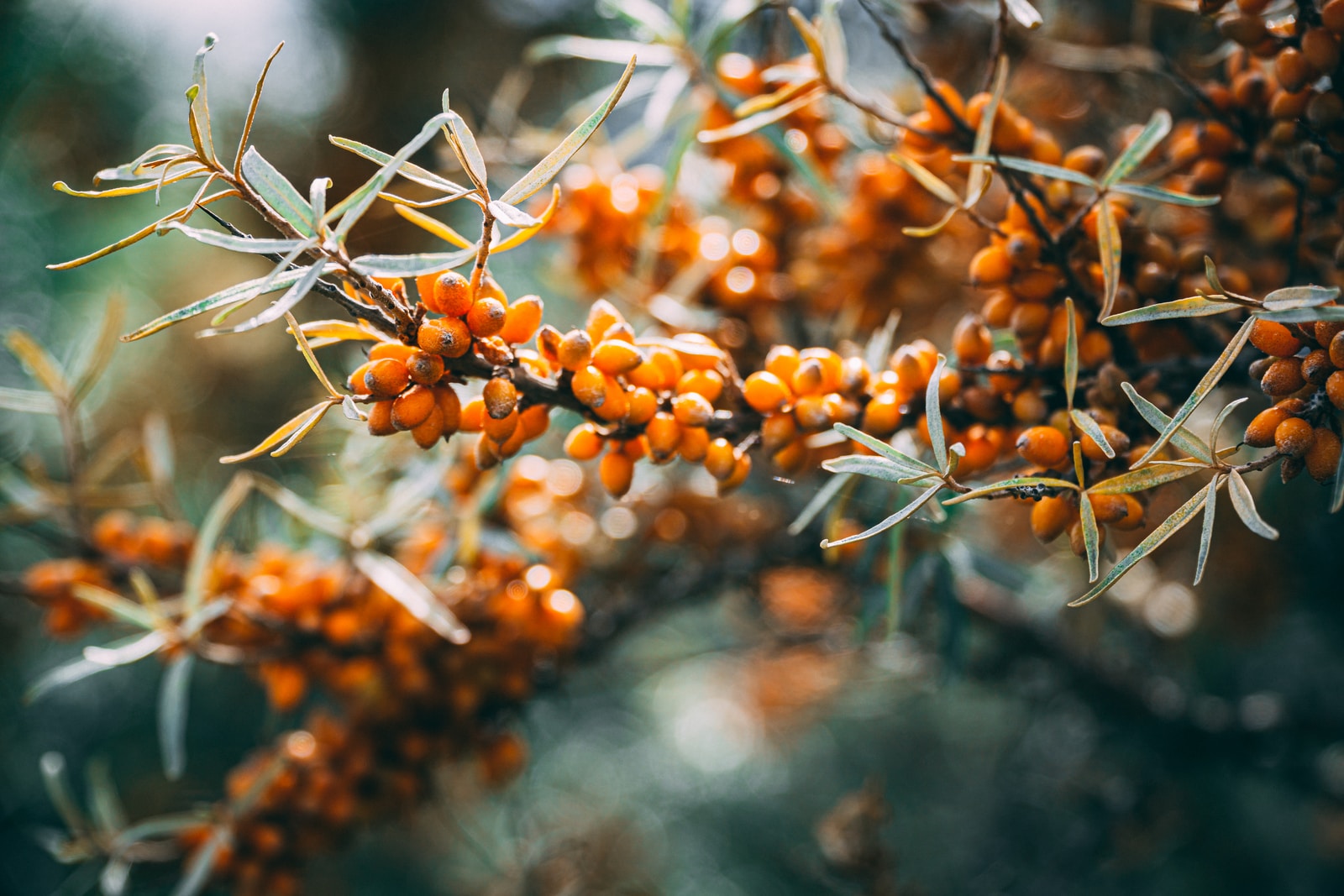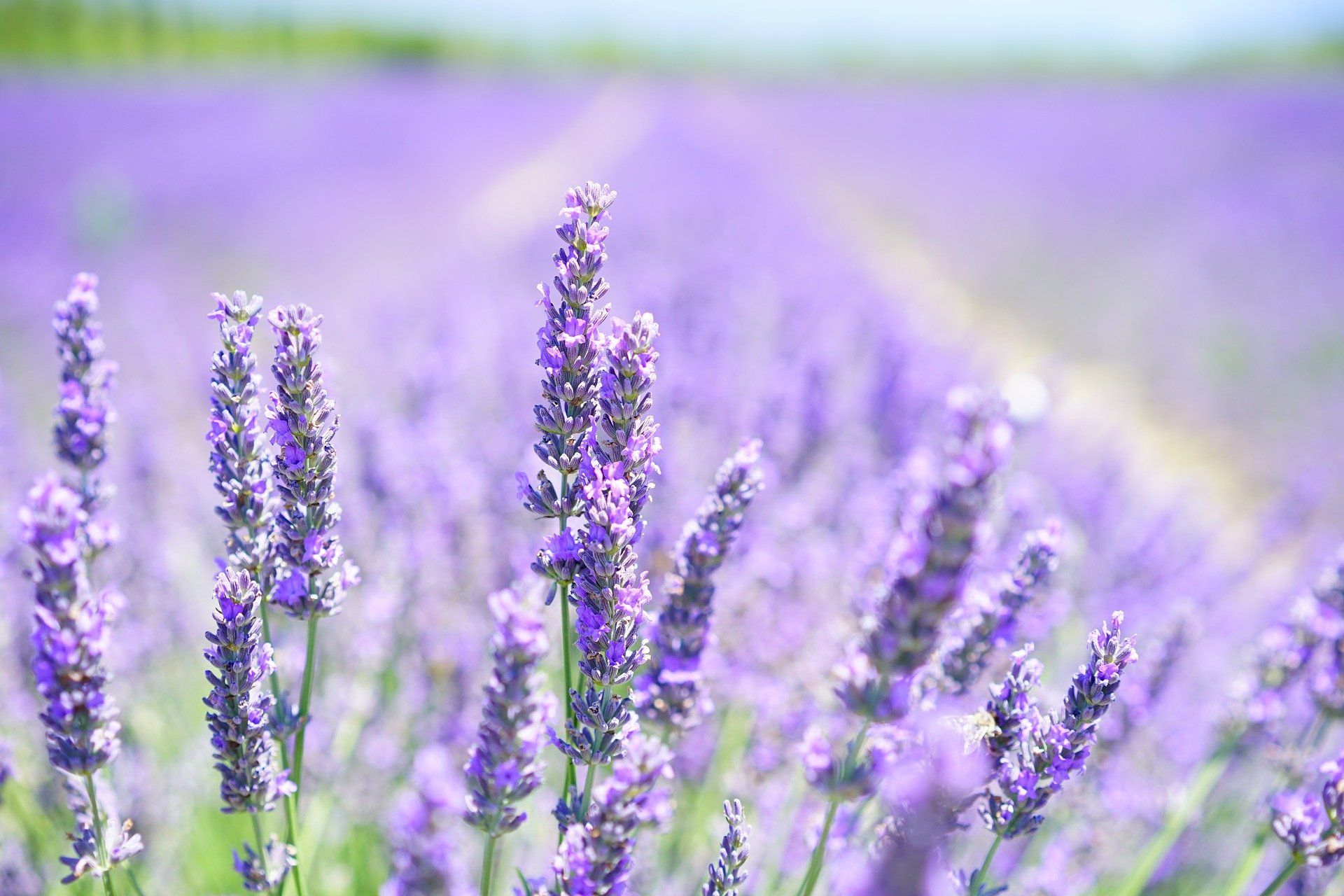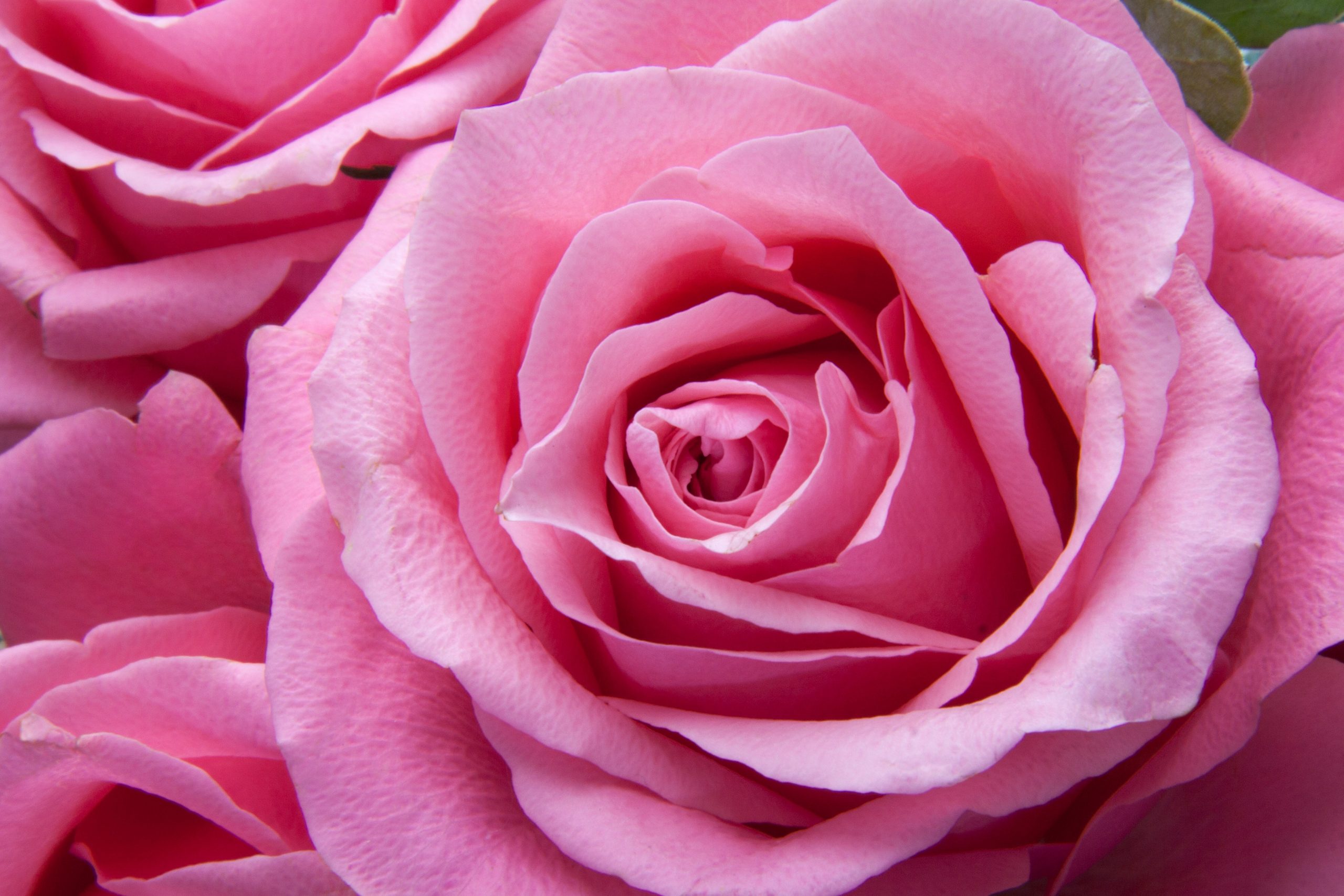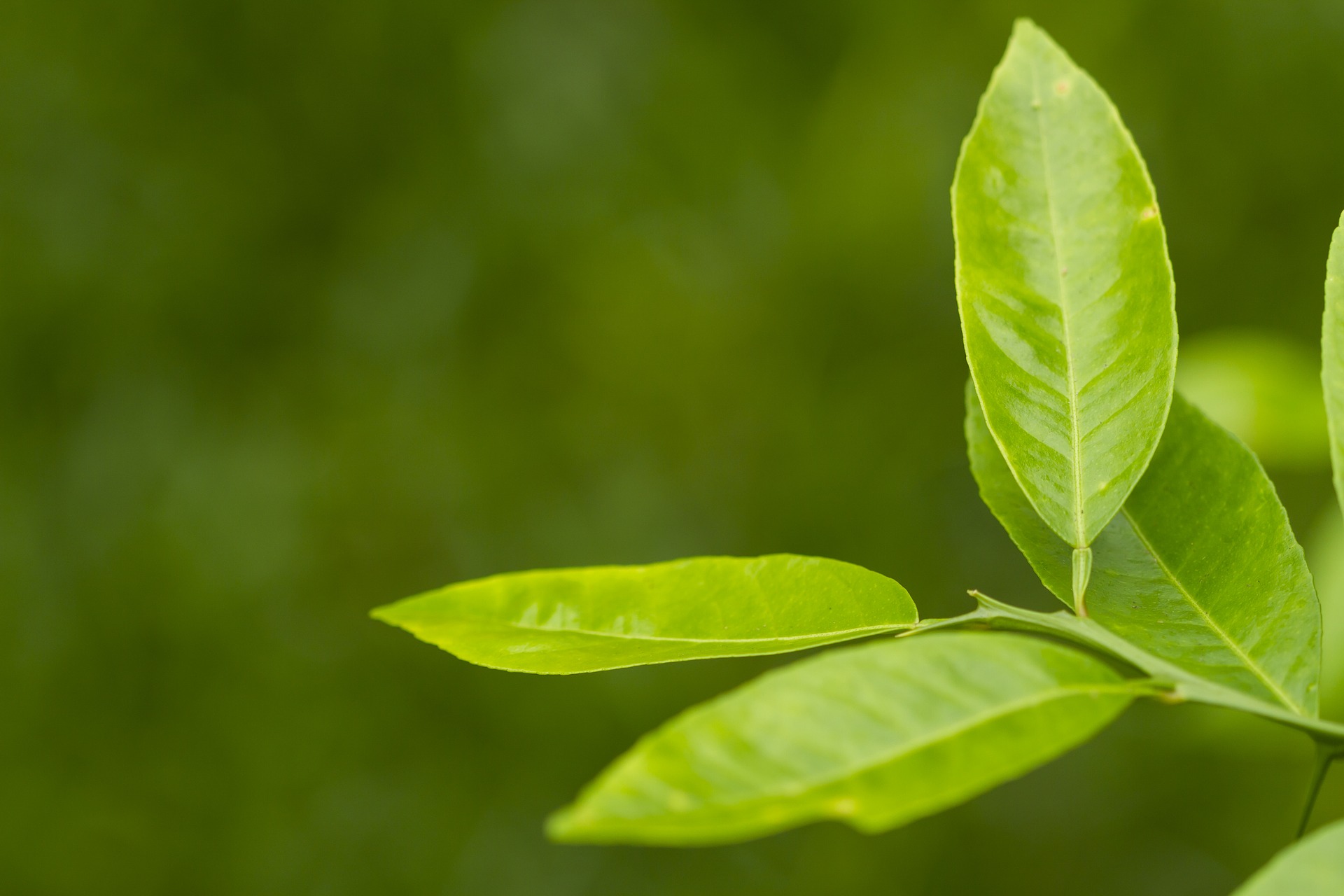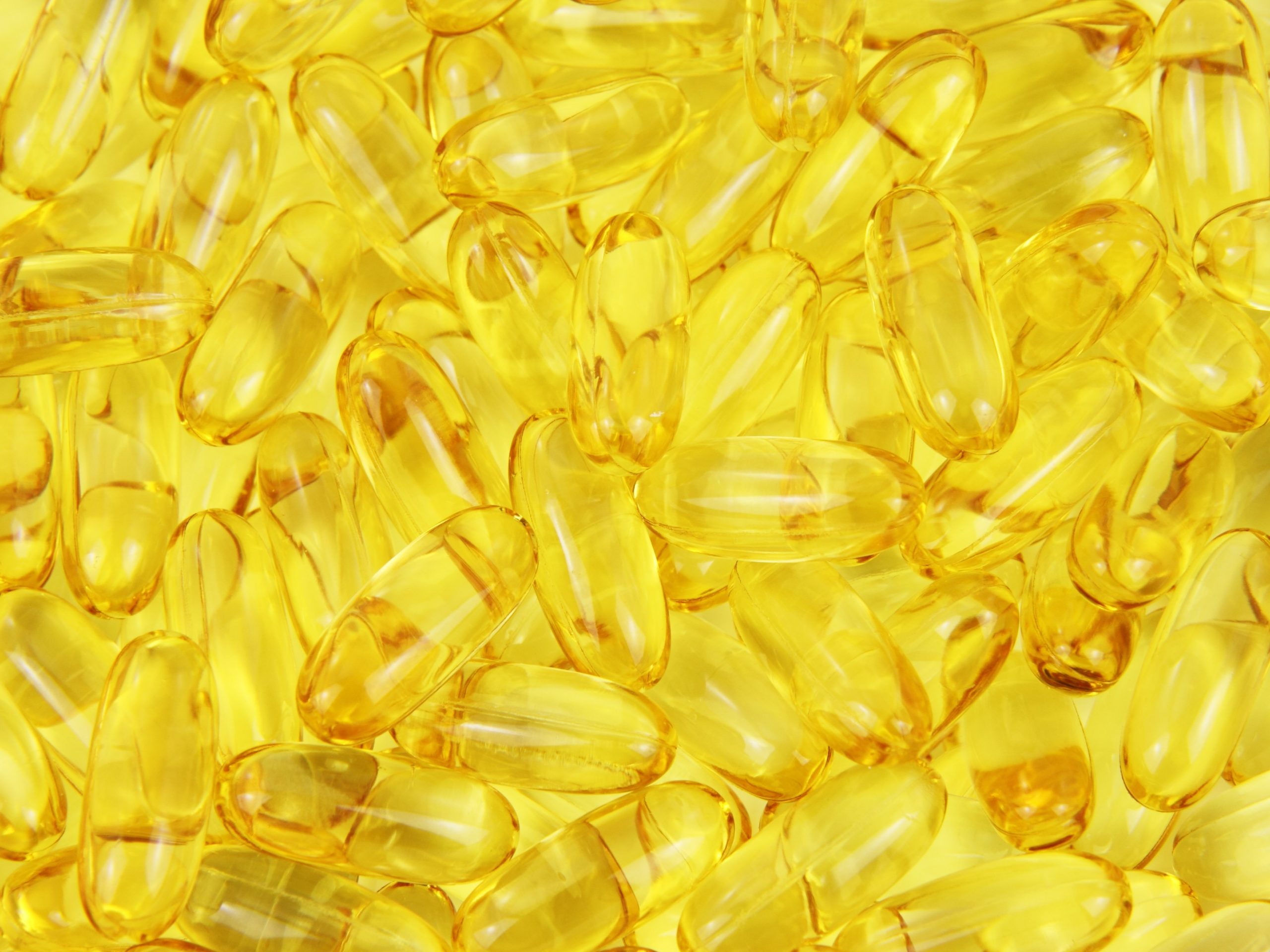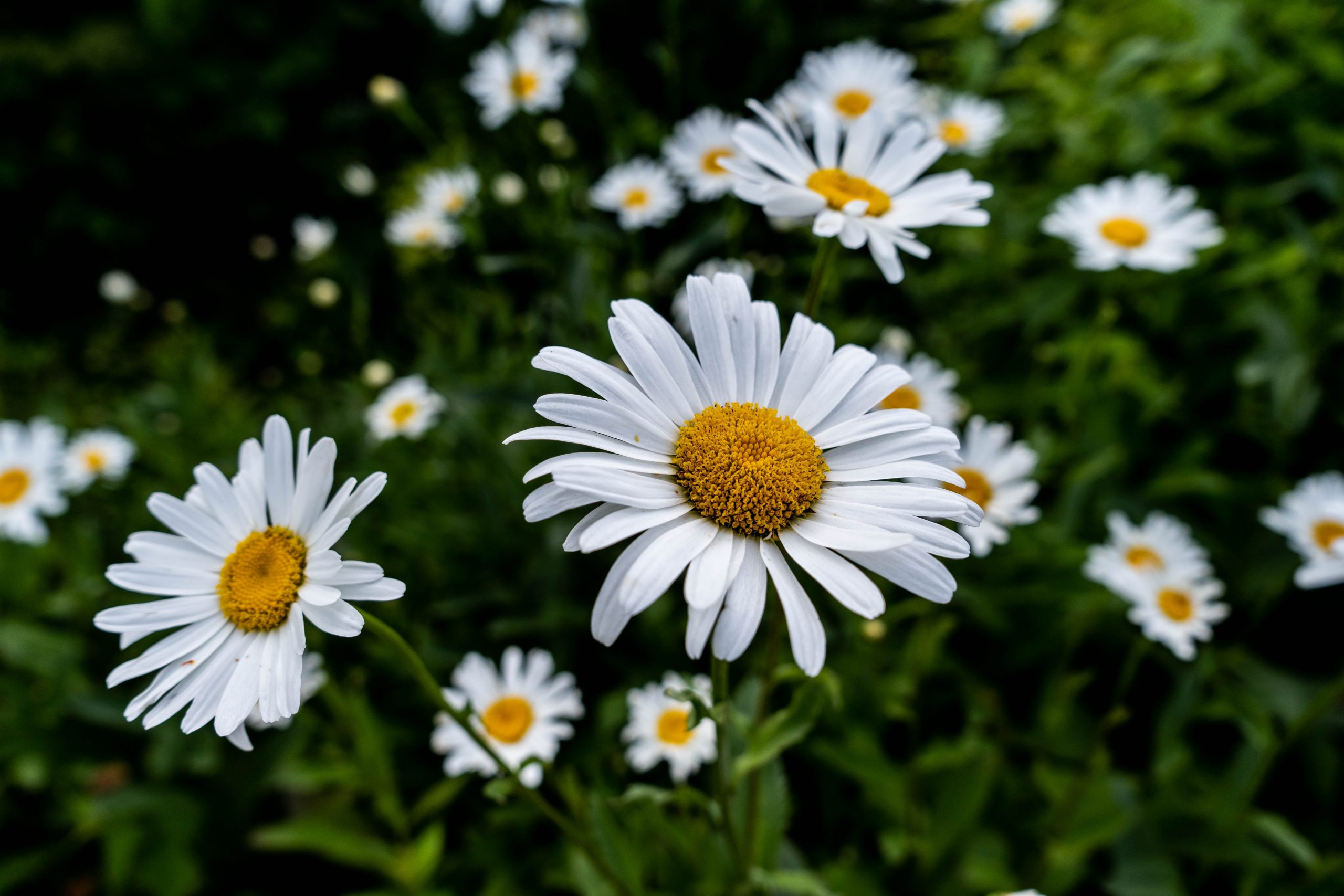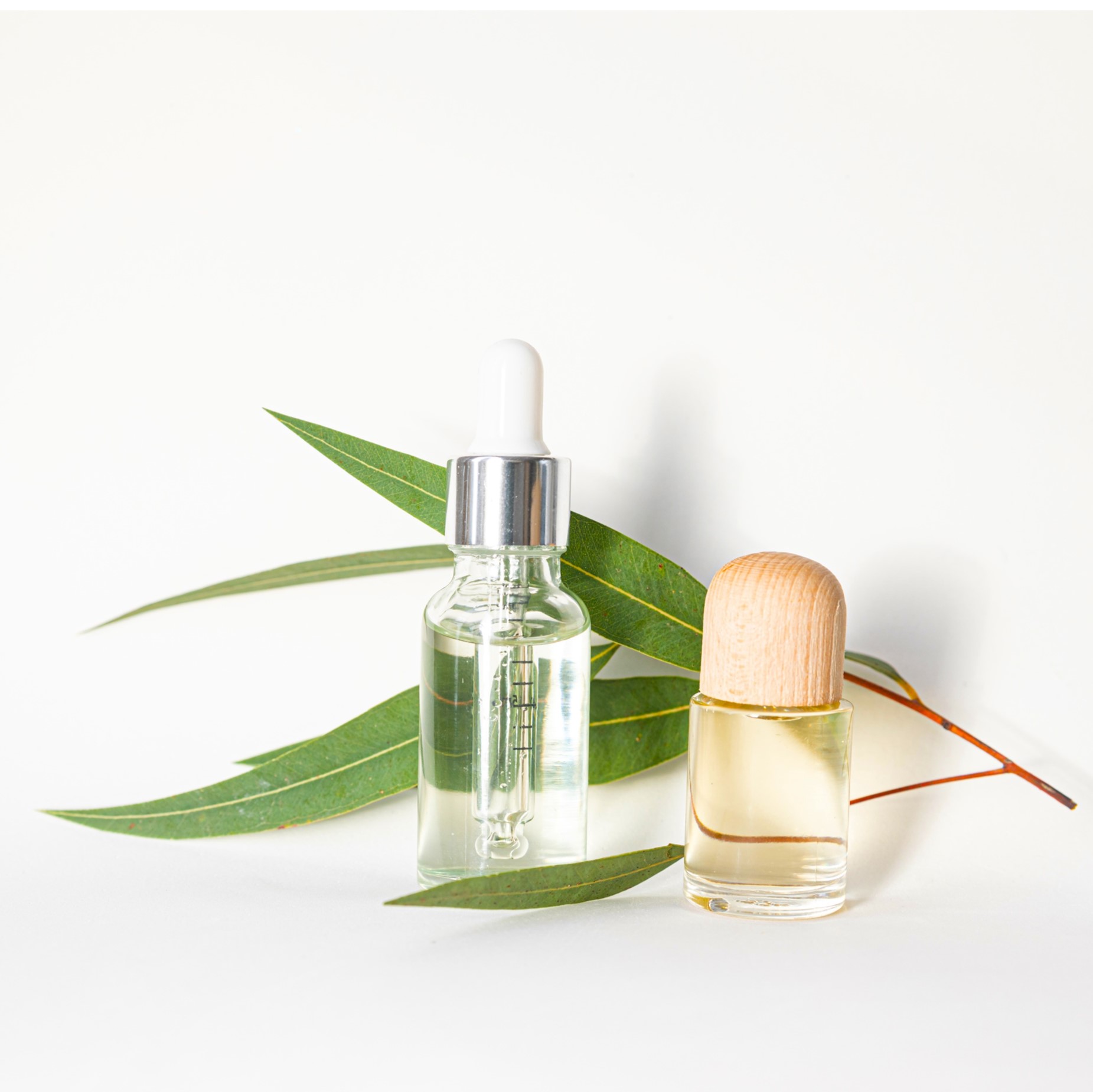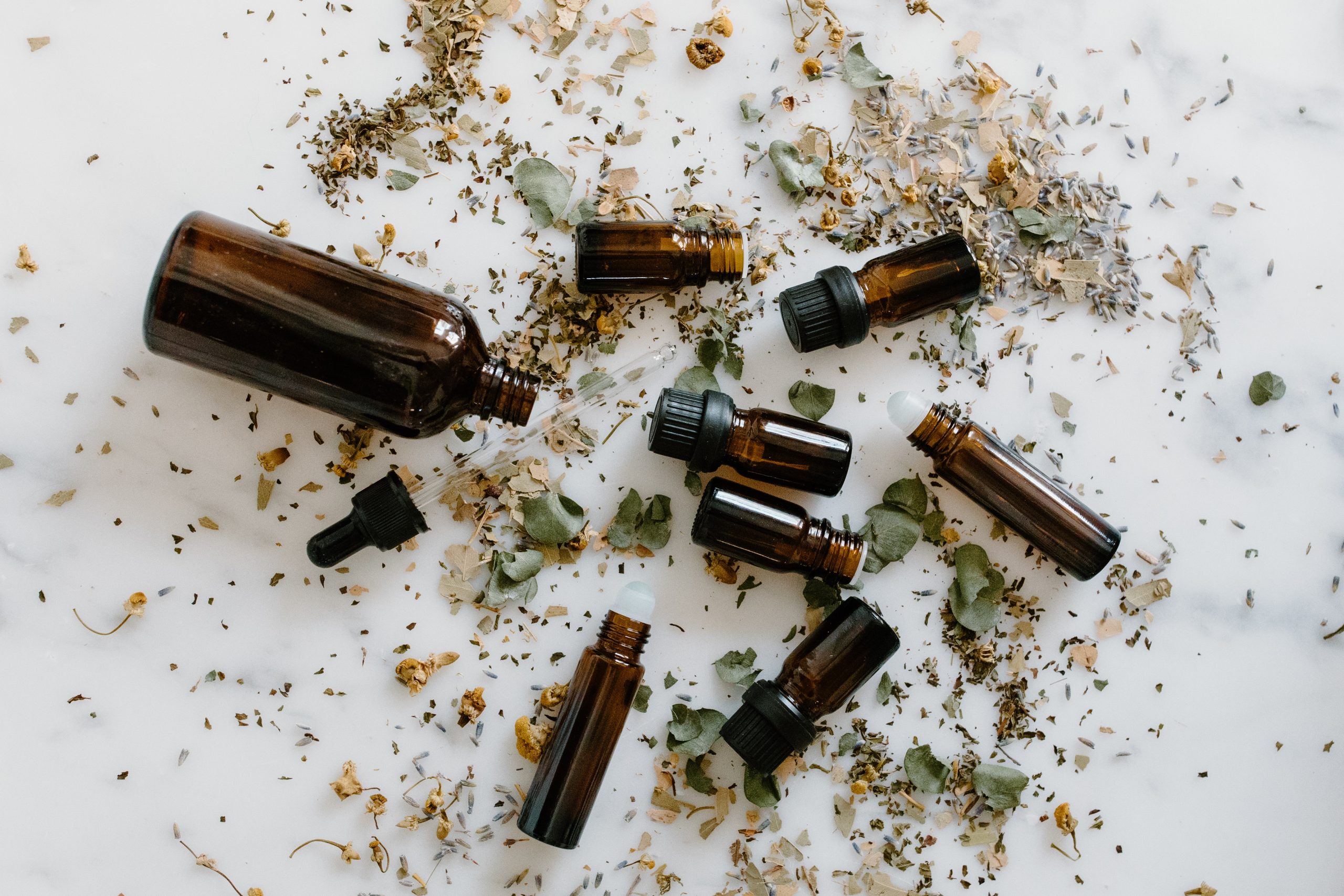
Essential Oil Production Equipment
Find innovative essential oils equipment and connect directly with world-leading technology suppliers
Essential oils are known as the liquid gems of nature. The sweet-smelling essences impact not just our senses but also our biochemical and cellular make-up. Besides aromatherapy, the products of an essential oil extraction system found applications in pharmaceuticals and foods.
Innovative technology solutions for essential oils
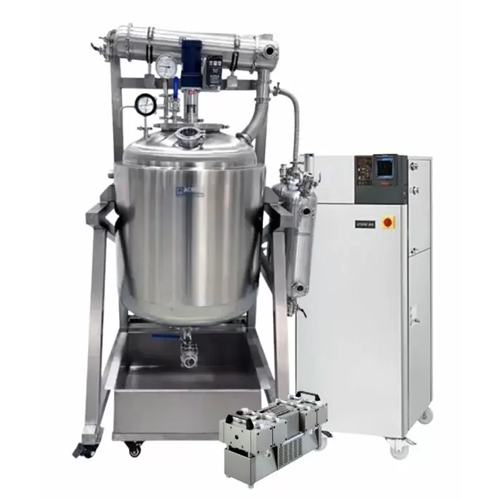
300l stainless steel dual-jacketed reactor for winterization
Enhance your extract processing with precision temperature ...
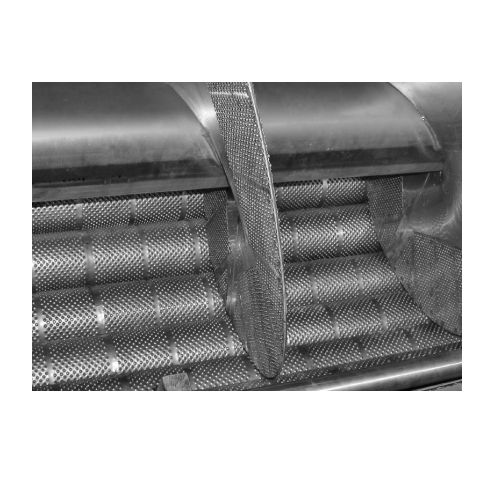
Essential oil extraction from citrus fruit peel
Optimize your citrus fruit essential oil extraction process with a versati...
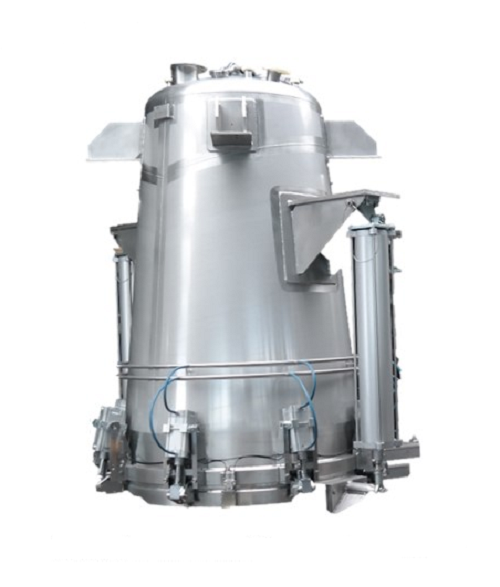
Extraction plant for natural ingredients
Bespoke extraction plants using the latest technology can improve your efficiency ...
What are you making?
Tell us about your production challenge
Keep temperatures to a minimum in the hydrodistillation process
Hydrodistillation techniques employ hot water to isolate the essential oil from the aromatic plant. In the case of extraction by thermal decomposition, you heat a mixture of water and plant material allowing the oils to evaporate. However, since almost all constituents of essential oils are unstable at high temperatures, heat levels need to be kept to a low.
The vapor is then liquefied in a condenser and collected in a tank. The immiscibility of water and oil forms a natural separation of the two liquids. High extraction temperature can lead to thermal decomposition reactions of some plant constituents.
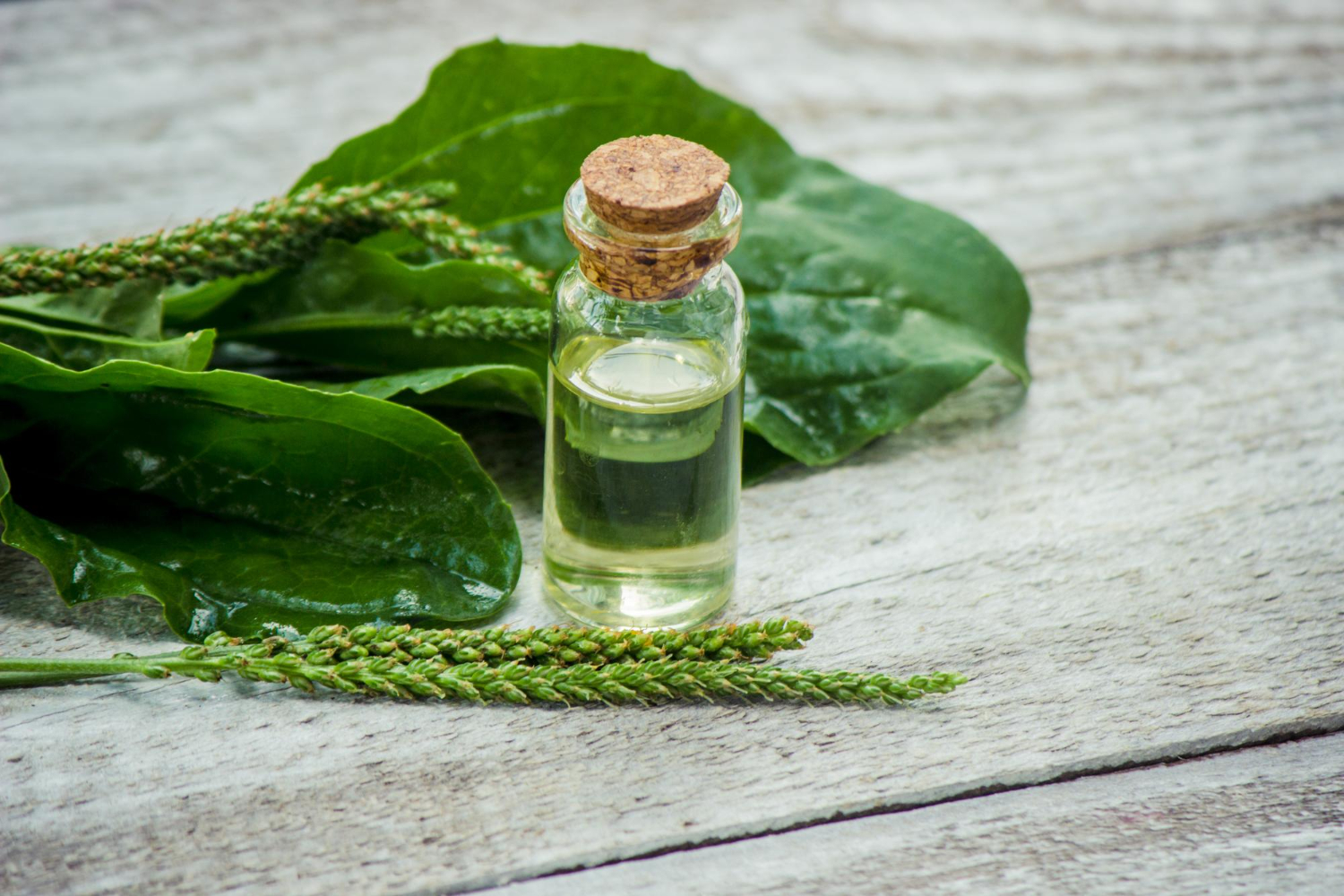
Essential oil extraction system using microwave technology
Microwave-Assisted Extraction (MAE) applies heat to the plant’s cell wall through radiation. The technology hits the raw material with non-ionizing electromagnetic waves at frequencies between 300 MHz to 300 GHz.
The cells swell up, causing the plant walls to rupture and the oils to leach out. Essential oil extraction systems using MAE may be either closed or open units. Closed systems reach a maximum power range between 600 W and 1000 W, while open systems operate at around 250 W.
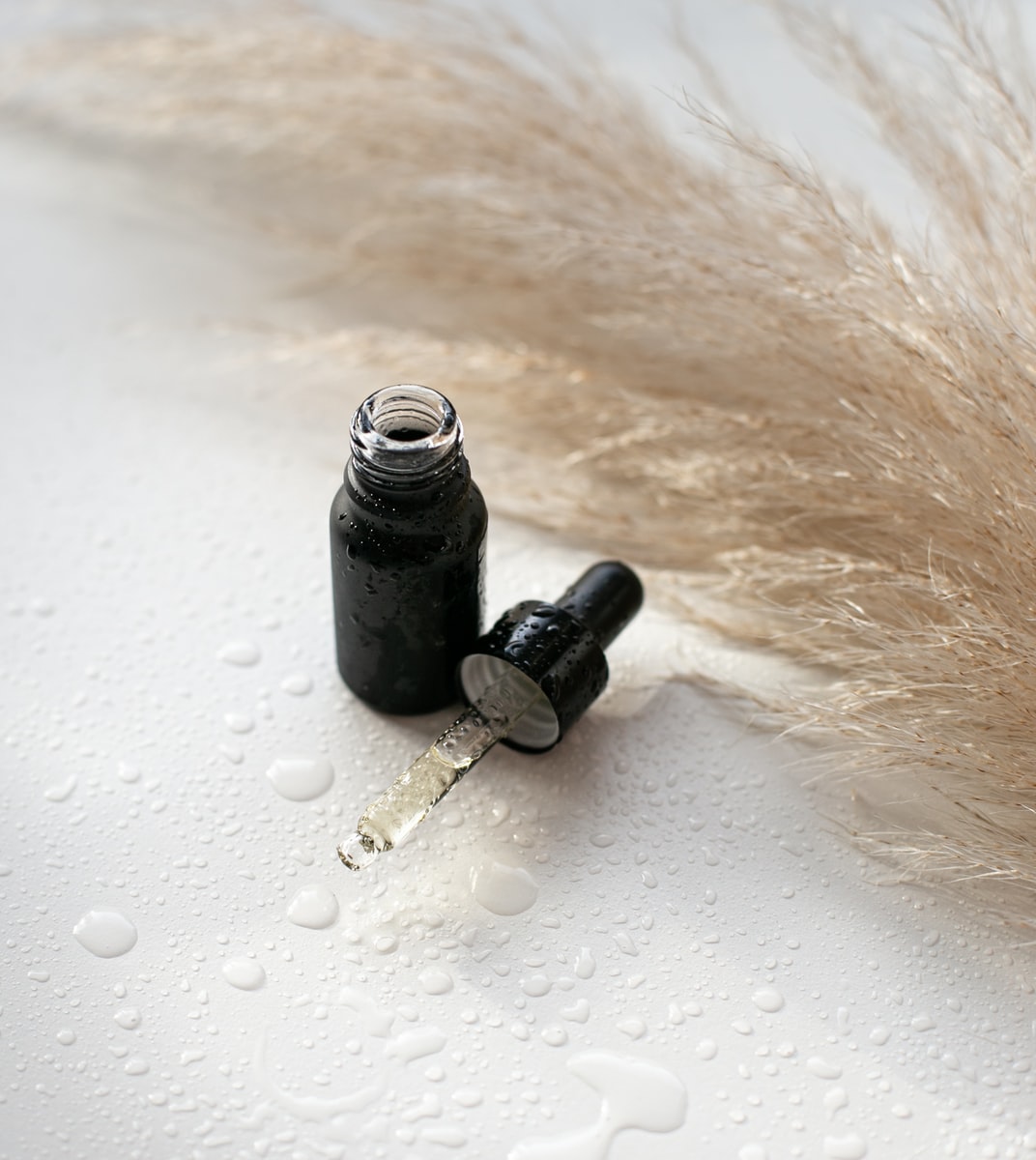
Fill up your storage tanks to prevent oxidation
Storing the essential oil in half-filled tanks exposes the material to oxidization and may trigger a change in its chemical profile.
At low temperatures, oxidation is driven by peroxyl radicals and hydroperoxides. On the other hand, as high temperatures reduce oxygen availability, the process is caused by alkyl or hydroxyl radicals.
The antimicrobial properties of essential oils can be formulated into pesticides.
Essential oils perform several pharmacological activities, such as antifungal and antimicrobial effects. The extracts are being used as protective additives in crop production. Their natural antioxidant properties can control fungi growth in cereals and other agricultural produce.
Biocides made from essential oils can be combined with conventional pesticides to extend the shelf lives of traditional fungicides.
Which essential oils technology do you need?
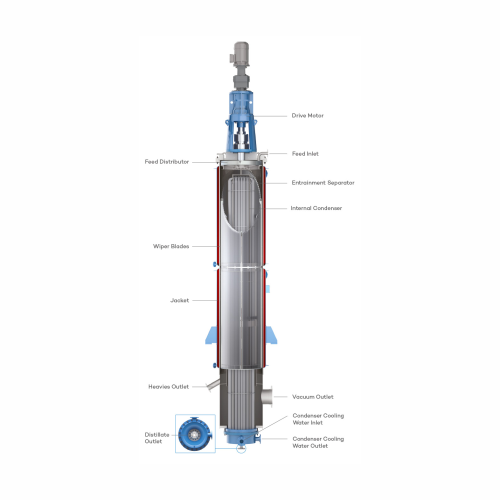
Wiped film evaporator for high boiling point materials
For challenging separations of high boiling, viscous, or heat-sens...
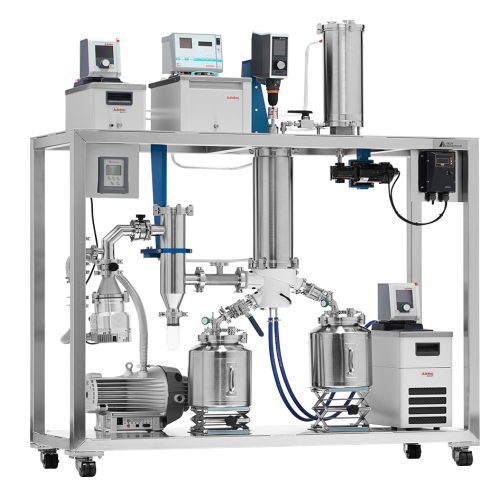
Rolled film distillation system for cannabis oil refinement
Achieve high-quality cannabis distillates with impressive cl...
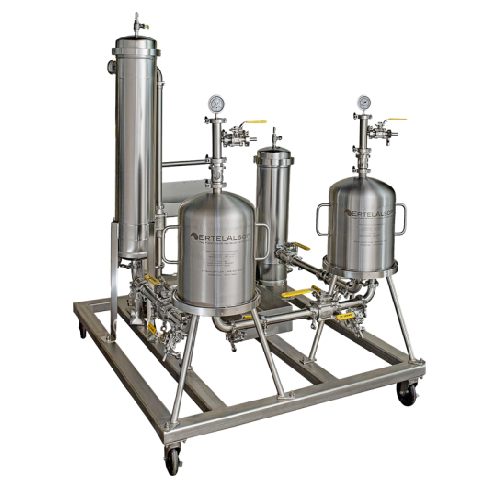
Filtration skid for ethanol extraction of cannabis and hemp oil
Enhance the clarity and color of your ethanol-extracted ...
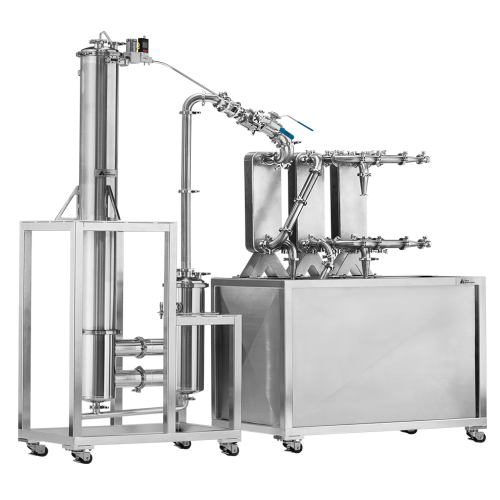
Falling film evaporator for botanical oil separation
Optimize your ethanol recovery and botanical oil production with hig...

Rectification column for close boiling point separation
Achieve high-purity separation and distillation for compounds wit...
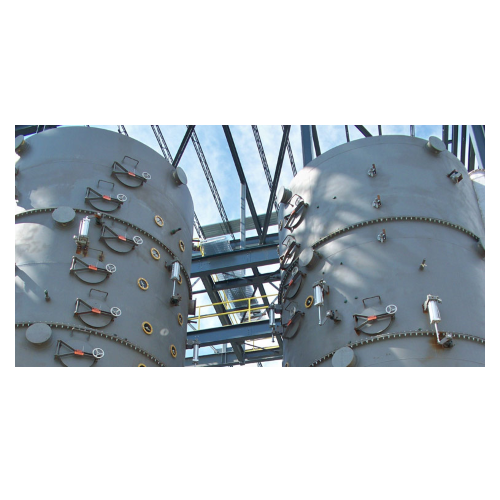
Oilseed cooker/conditioner for optimal seed preparation
Achieve consistent oil extraction and enhanced product quality wi...
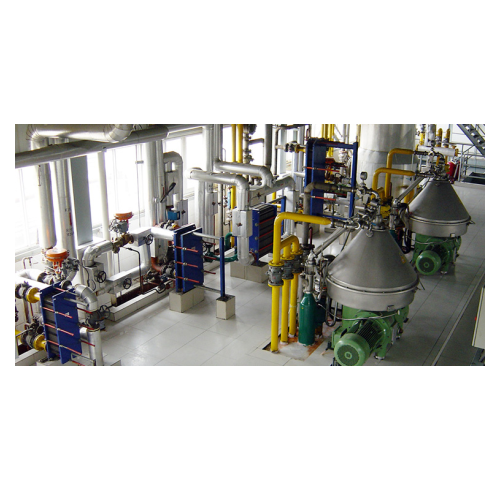
Industrial oil degumming process
Achieve optimal oil purity and maximize yield with this advanced system designed to streaml...
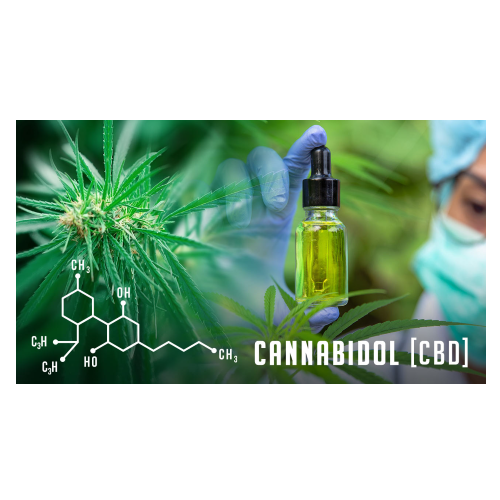
Hemp Cbd oil extraction system
Achieve maximum CBD oil recovery while maintaining product purity with scalable extraction ca...
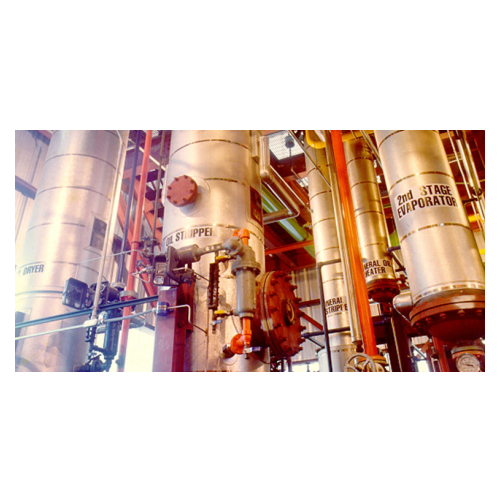
Mineral oil absorption system for solvent vapor recovery
Optimize solvent recovery and reduce atmospheric emissions with ...
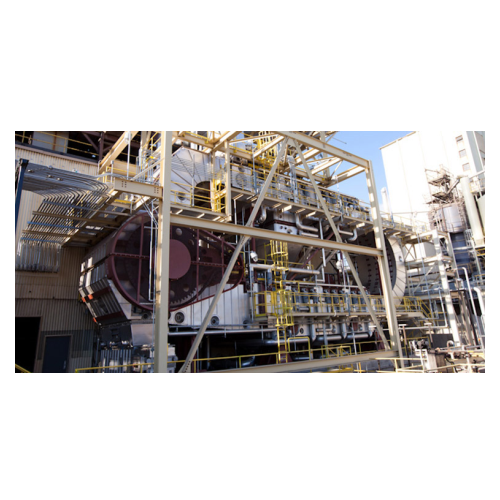
High-volume oilseed extraction system
Achieve optimal extraction efficiencies with a versatile system that handles various ...
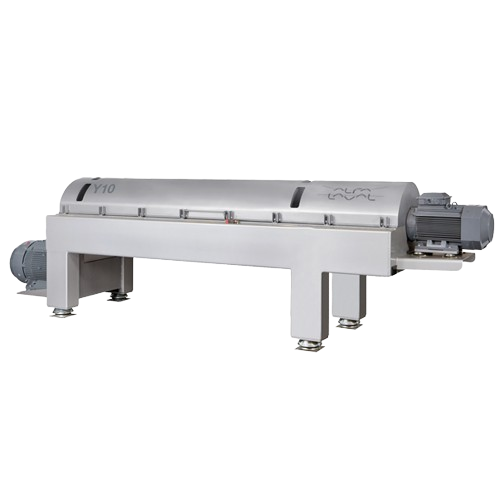
Two-phase decanter centrifuge for olive oil production
Achieve optimal clarity and yield in olive oil extraction with a h...
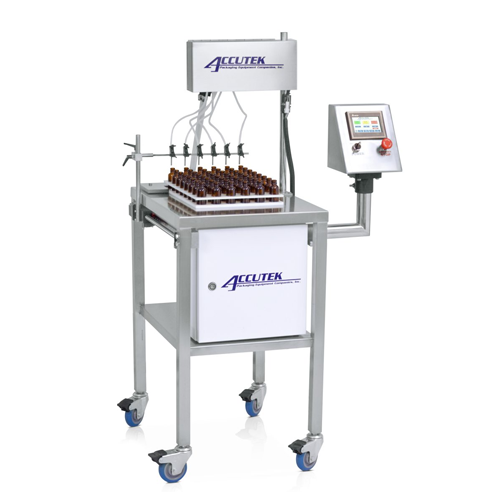
Auto-indexing filler for aqueous solutions and light oils
Streamline your bottling process with this six-head filler, pe...
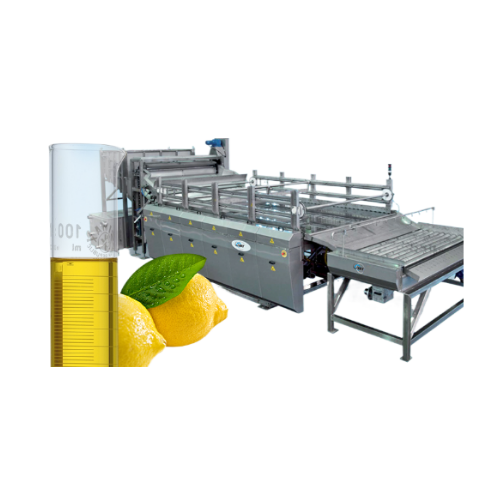
Modular oil recovery extractor for citrus essential oils
Achieve maximum yield and purity in citrus essential oil extract...
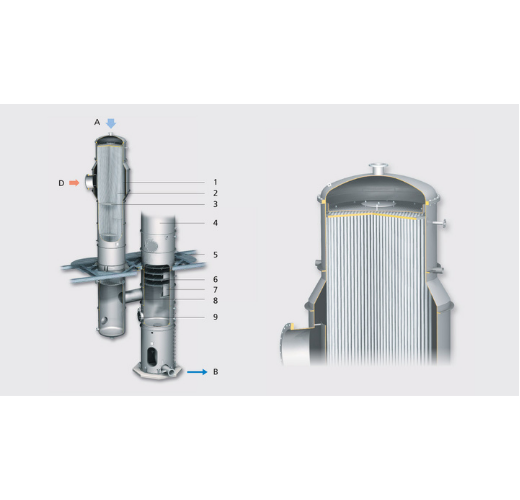
Reboiler for distillation plants
Efficiently manage energy input and temperature control in your distillation processes with...

Essential oil extraction from citrus fruit peel
Optimize your citrus fruit essential oil extraction process with a versati...
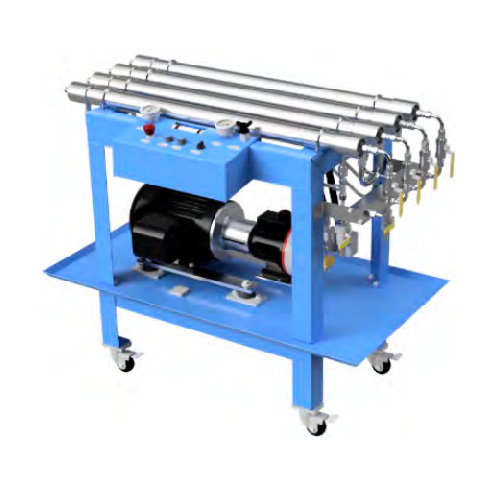
Cannabis oil nanofiltration system
Achieve high-purity cannabinoid extracts with advanced nanofiltration, ensuring precise ...
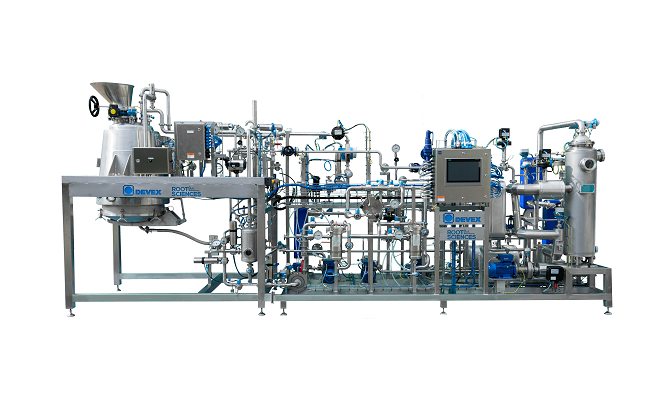
Fully certified CBD crude oil extraction machine
Traditional extraction processes involving hot solvent (ethanol) or Co2 m...
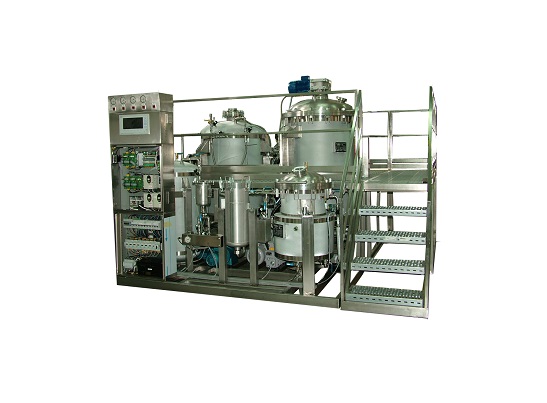
Flower oil extraction machine
The production of “essential oils” has traditionally involved using heat and distillation to e...
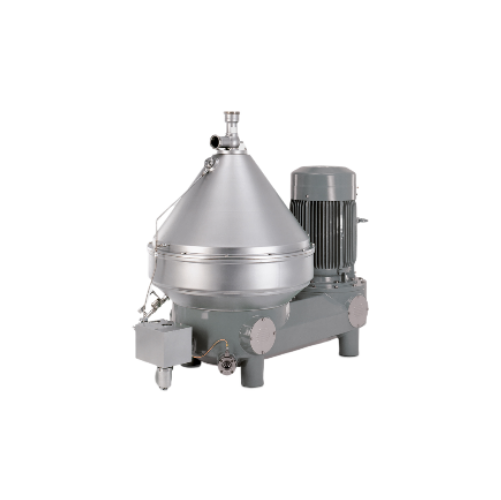
Pharma extraction clarifier
Achieve superior purity in pharma extraction with efficient separation of solids and liquids, se...
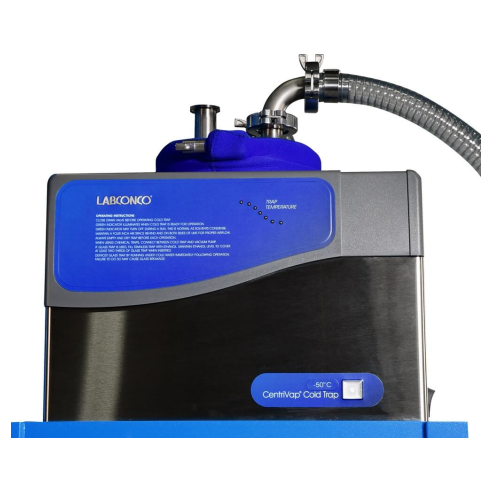
Vacuum cold trap for lab applications
Ensure efficient separation and purification in biopharmaceutical applications with t...
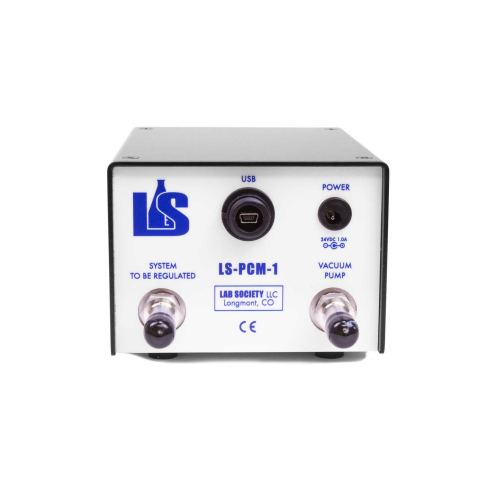
Pressure control monitor for laboratory vacuum systems
Effortlessly maintain precise vacuum pressure in your lab operatio...
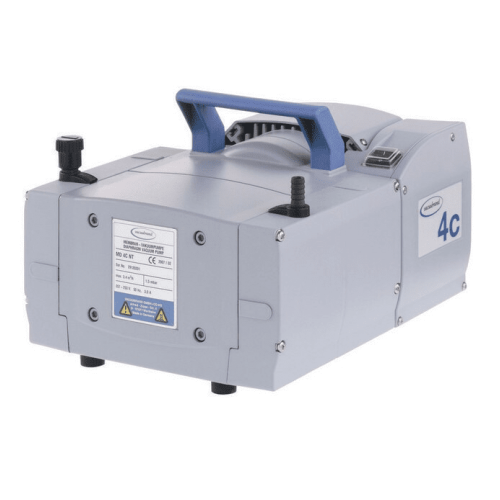
Diaphragm vacuum pumps for laboratory applications
Optimize your lab processes with oil-free diaphragm vacuum pumps, ensu...
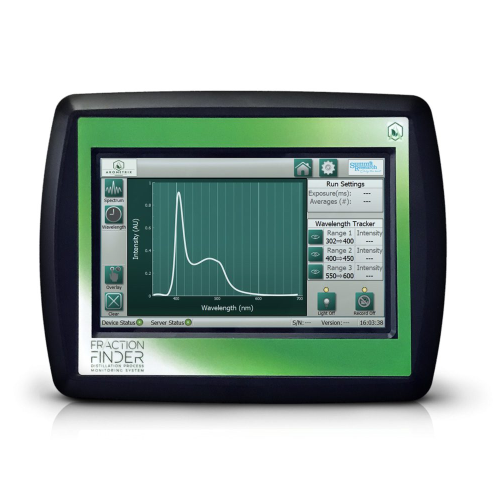
Fraction finder for optimized fractional distillation
Achieve unparalleled precision in your distillation process with a ...
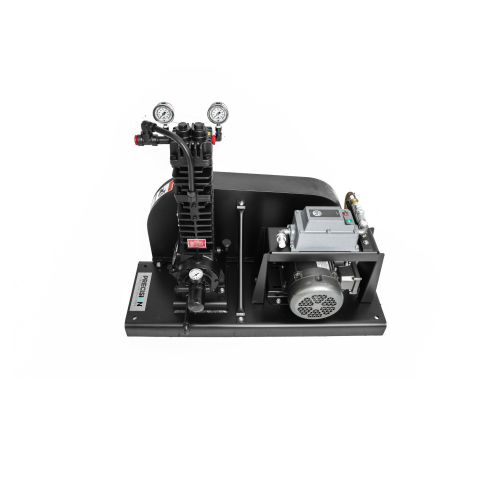
Gas compressor for solvent recovery in hydrocarbon extraction
Need efficient, explosion-proof gas recovery for butane or...
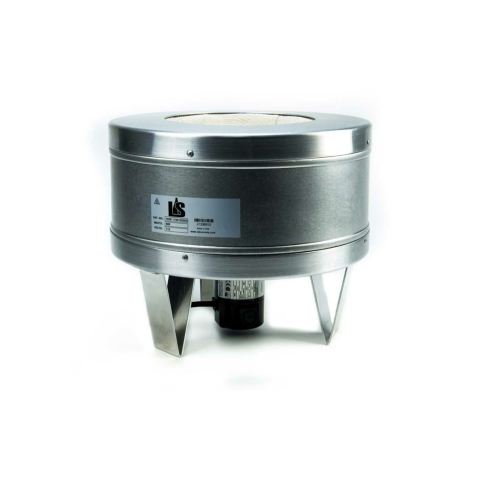
Heating mantle system for round bottom glassware
Optimize your lab’s heating and stirring processes with a snug-fit system...
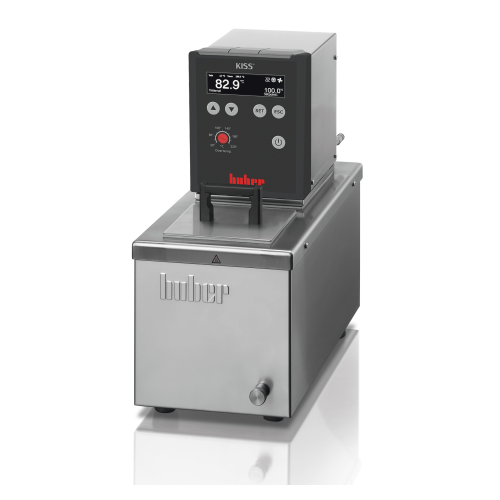
Heated circulator for laboratory temperature control
Achieve precise temperature control for demanding applications like ...
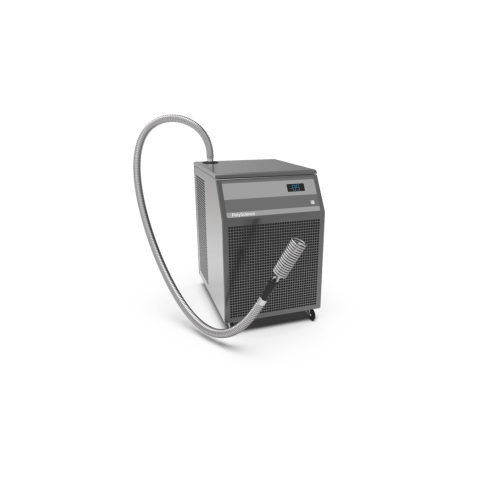
Immersion chiller for laboratory applications
Achieve precise temperature control in extraction labs and research environm...
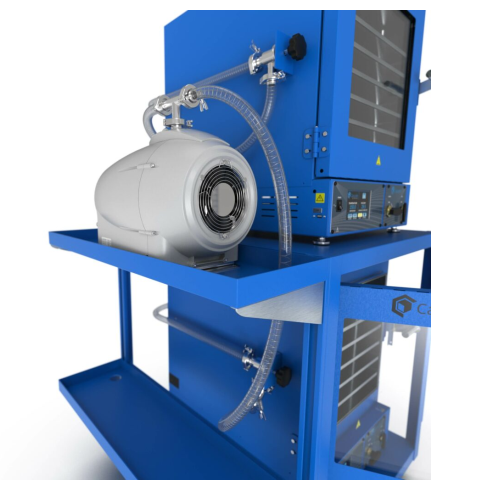
Dry scroll vacuum pumps for laboratories and manufacturing
Ensure a clean, oil-free environment with advanced dry scroll...
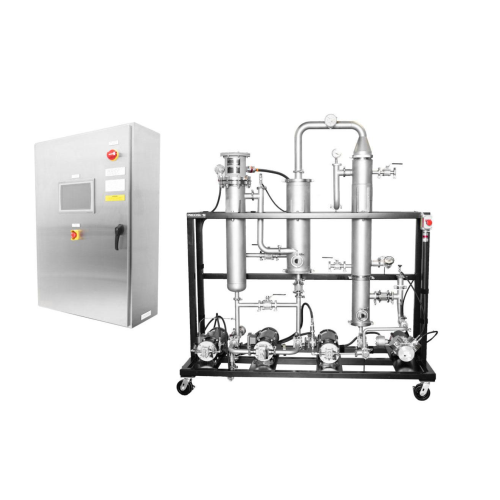
Continuous feed solvent evaporator for cannabis and hemp industries
Streamline your extraction process with a system de...
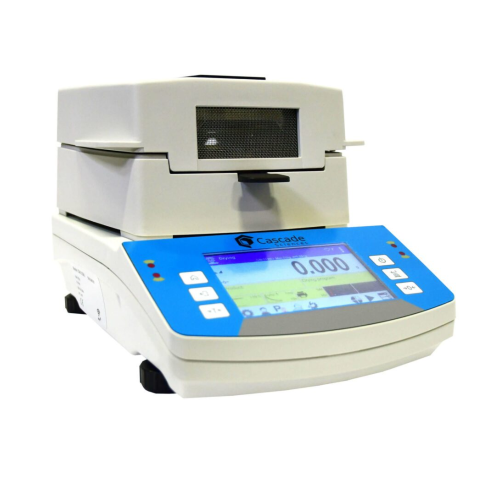
Moisture analyzer for precise and reliable measurements
Ensure precise moisture control in high-value products like lyoph...
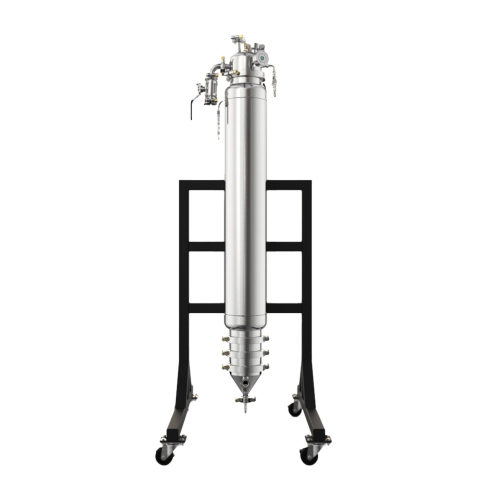
Color remediation column for cannabis extracts
Ensure the purity of your cannabis extracts by efficiently removing contami...
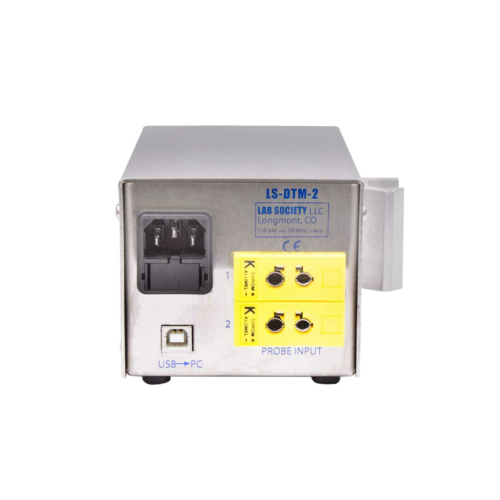
Digital vapor temperature monitor for fractional distillation
Achieve precise temperature monitoring during fractional d...
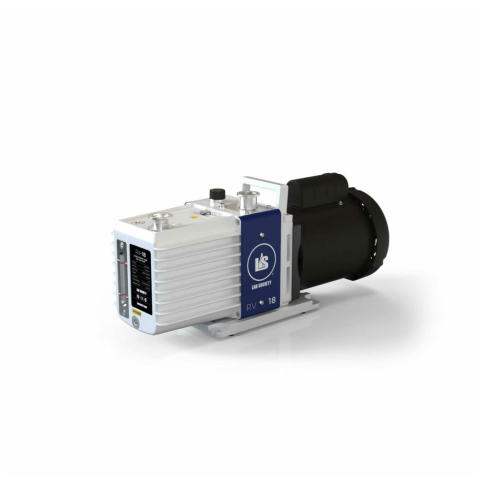
2-stage rotary vane vacuum pump for laboratory applications
Ensure reliable and efficient vacuum conditions for distilla...
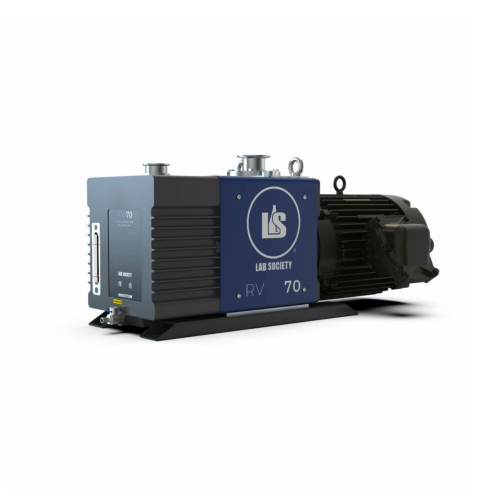
2-stage rotary vane vacuum pump for distillation processes
Achieve precise control and efficiency in distillation and fr...
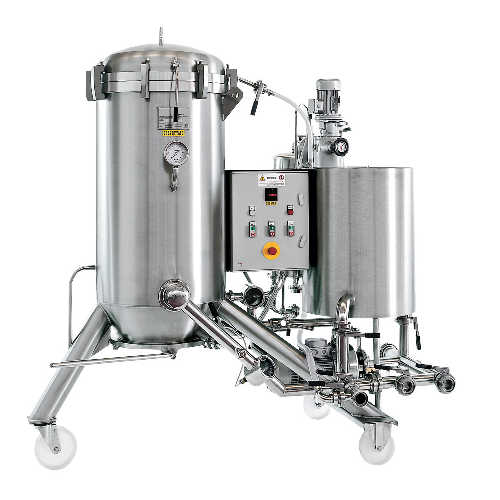
Vertical leaves pressure filter for wine and viscous liquids
Ensure optimal clarity and consistency in your liquid produ...
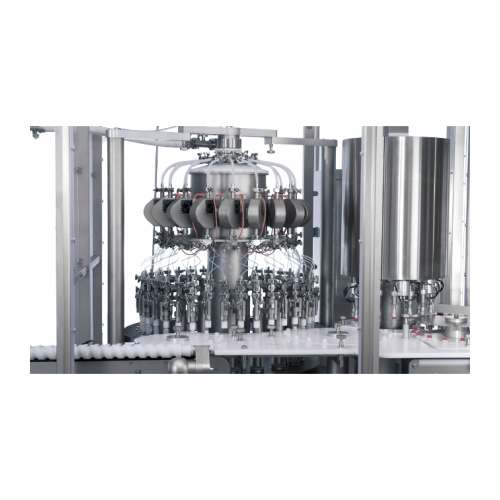
Automatic bottle and vial blower
Ensure purity and compliance in your liquid bottling line with this integrated blowing syst...
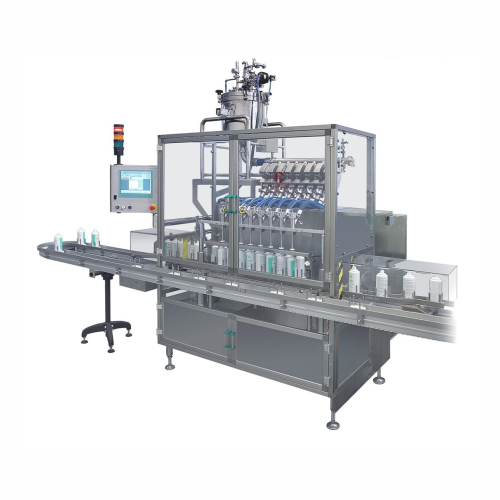
Bottle filler and capper
Achieve precise liquid filling and secure capping with high-speed, intermittent motion, ensuring con...
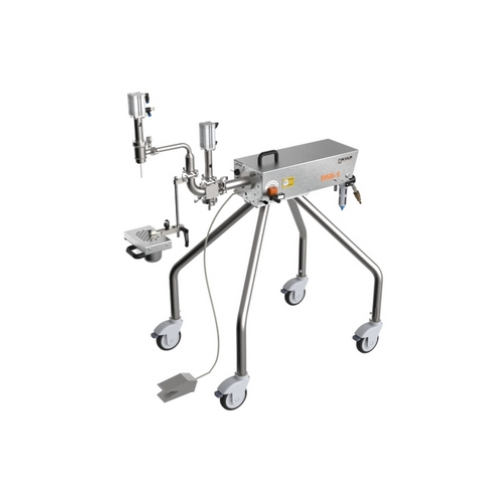
Volumetric filling system for cosmetic products
Streamline your production line with precise volumetric control, ensuring ...

Jar sealing system for plastic and glass containers
Achieve precise and efficient sealing of plastic and glass jars with ...
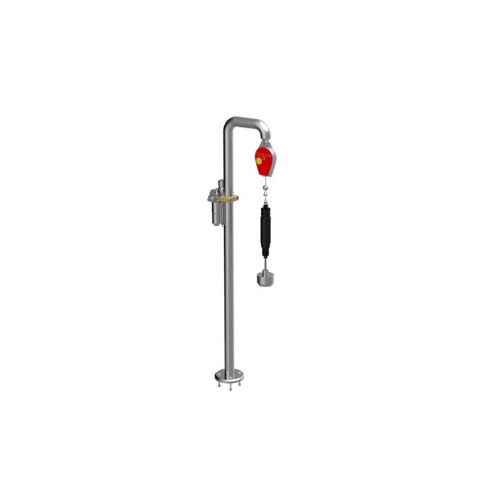
Semi-automatic capper for twisting and screwing metal and plastic caps
Effortlessly achieve precise cap tightening with...
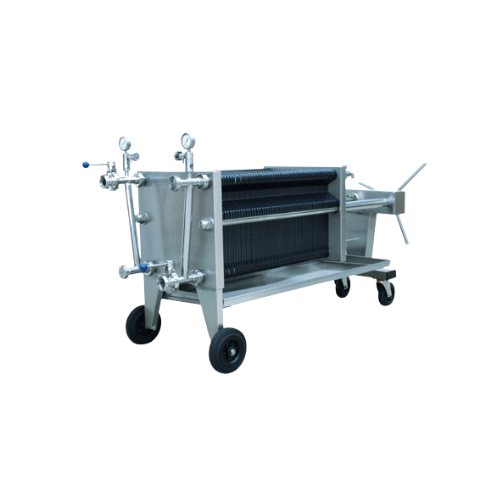
Industrial sheet filter for liquid filtration
Optimize your liquid product purity with precise filtration, maintaining int...
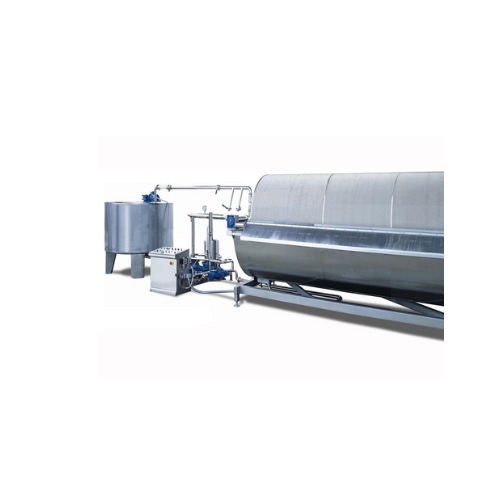
Vacuum rotary filter for liquid filtration
Enhance your production line’s efficiency with precise filtration, ensuri...
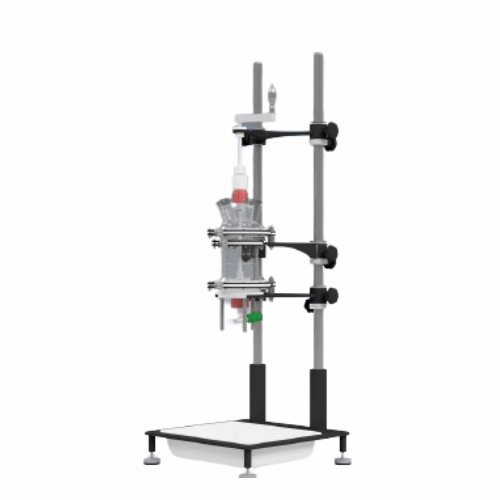
Lab nutsche filter for small scale filtration
Efficiently manage filtration and drying needs in fine chemical and pharmace...
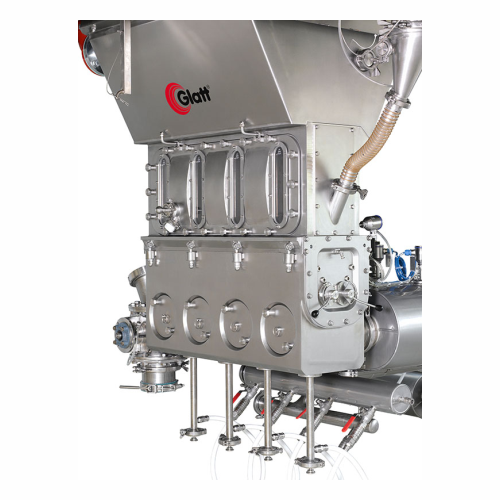
Spouted bed processing for food, feed, and fine chemicals
Tackle the challenge of processing temperature-sensitive and s...
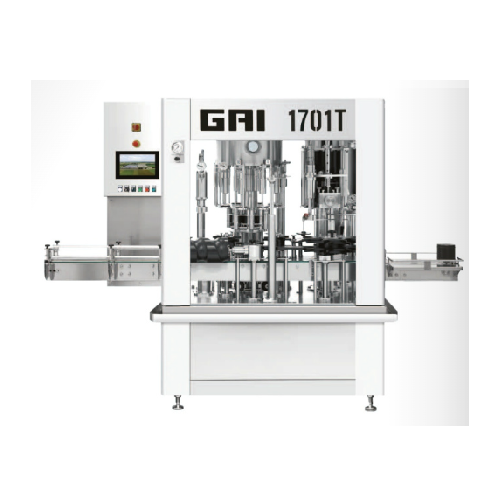
Complete bottling lines for beverage industries
Optimize your bottling process with high-speed, precision-engineered lines...
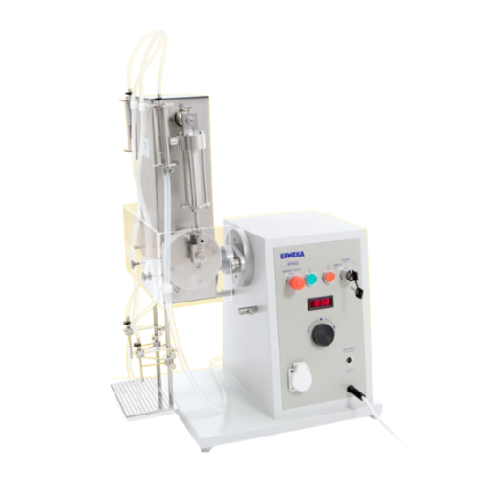
Industrial liquid filler for small to medium volume operations
Ensure accuracy and efficiency in liquid formulation with...
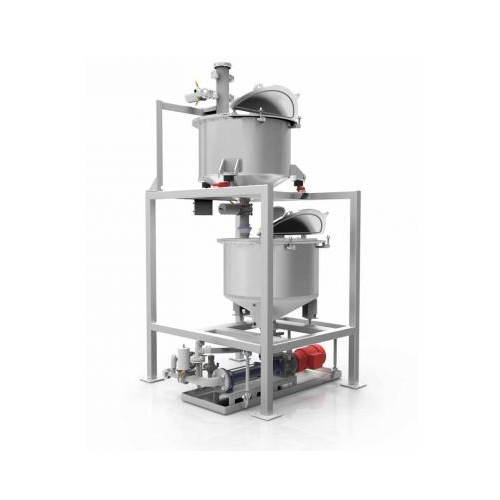
Liquid dosing system for powders and granulates
Achieve precise liquid addition with this dosing system, ideal for integra...
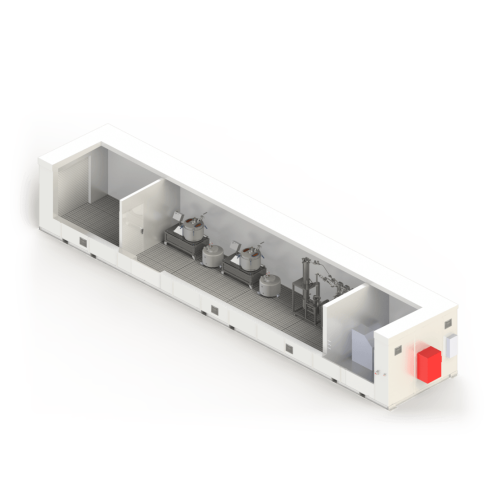
Portable ethanol extraction processing lab
Accelerate your extraction process with a fully portable and compliant lab solu...
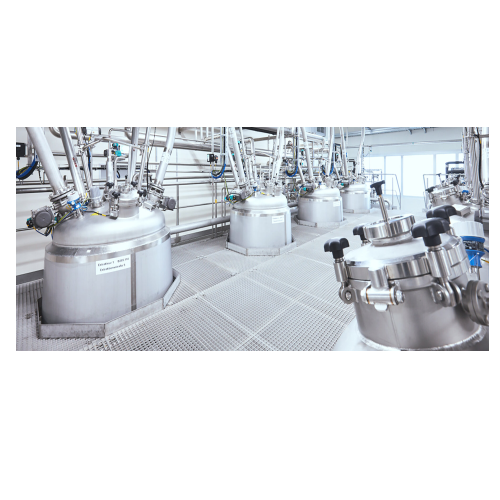
Extraction plant for natural essences and active ingredients
Optimize your extraction processes with a versatile system ...
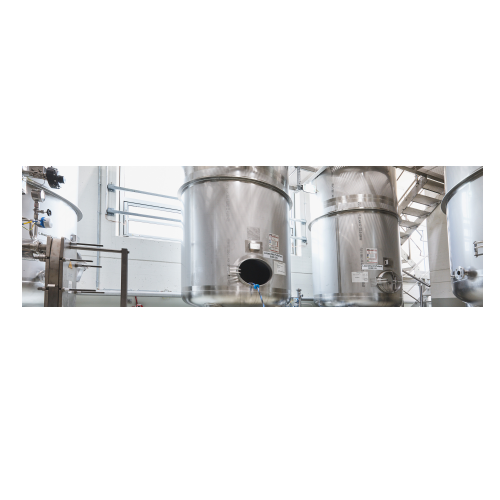
Thermal process plants for liquid treatment
Achieve precision thermal processing with systems designed to optimize the hea...
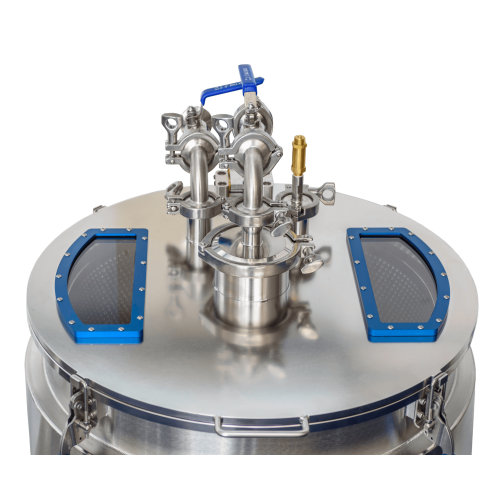
Ethanol alcohol extraction system for botanical compounds
Achieve high-purity extractions efficiently with a closed-loop...
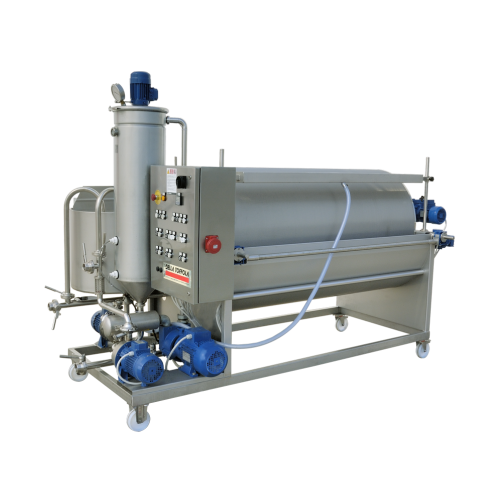
Rotary vacuum filters for wine and beverage filtration
Efficiently filter and clarify wines, juices, and industrial fluid...
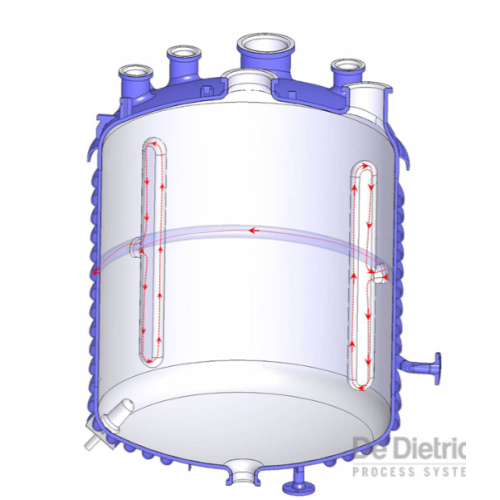
High performance heat transfer system
Enhance your production efficiency with a system that shortens cycle times by increas...
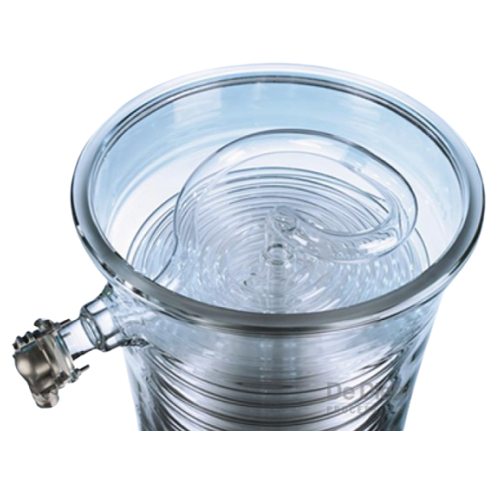
Heat exchanger for corrosive substance handling
Optimize your process of handling corrosive substances with a heat exchang...
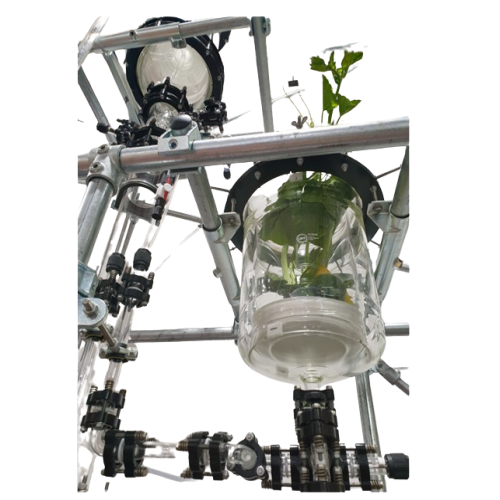
12l solid/liquid extractor for pilot plant solutions
Optimize your extraction processes with a versatile extractor that a...
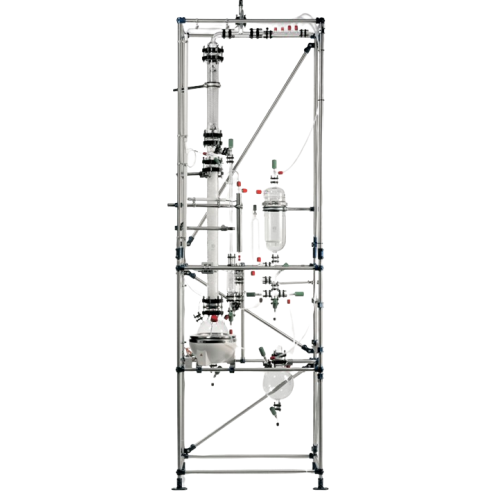
Solid/liquid extraction system for industrial applications
Optimize your solid-liquid extraction needs with a compact mu...
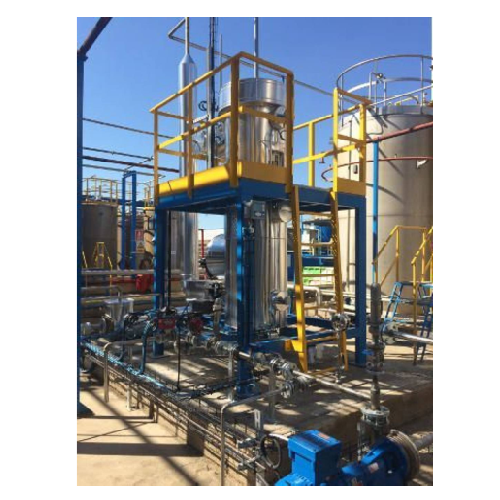
Supercritical Co2 extraction system
Optimize your extraction processes with environmentally friendly and efficient supercri...
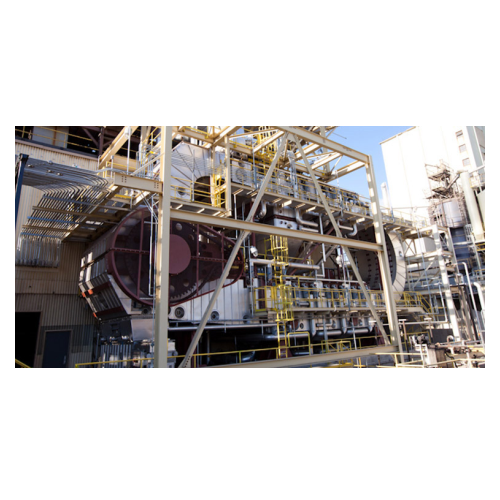
Percolation extractor for high-volume vegetable protein extraction
Optimize extraction efficiency across diverse materi...
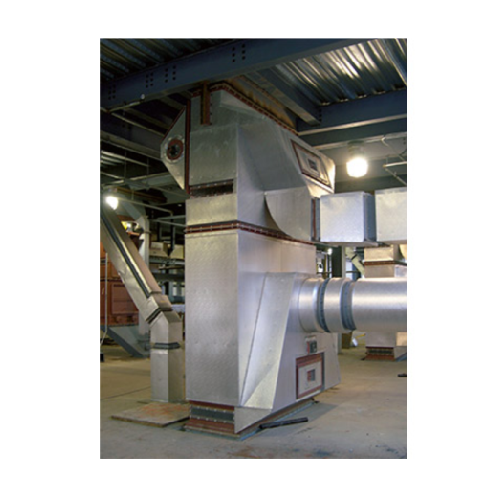
Seed hull removal and condition system
Optimize your seed processing efficiency by effectively removing hulls and foreign m...
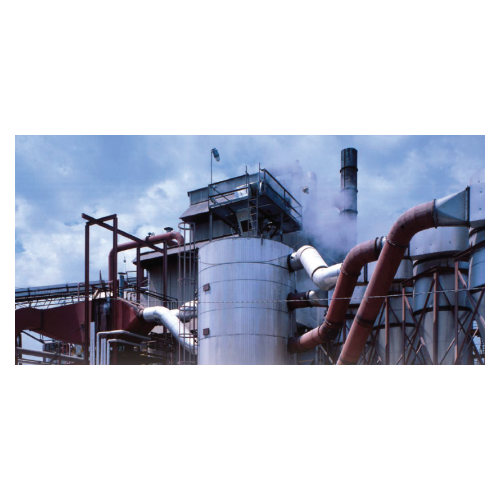
Dryer-cooler for solvent-extracted meal
Achieve optimal moisture and temperature control for solvent-extracted vegetable-oi...
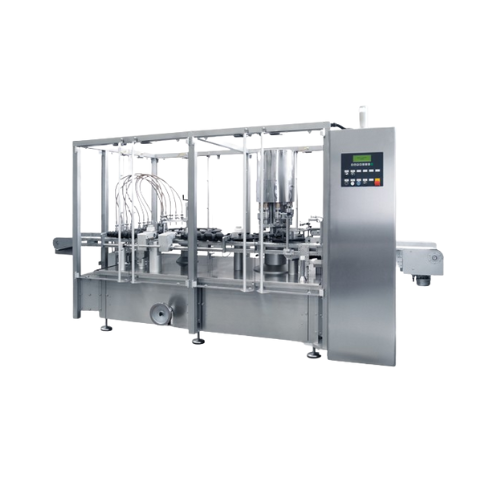
Continuous motion liquid filling and capping monobloc
Optimize high-speed liquid filling with seamless transitions from f...
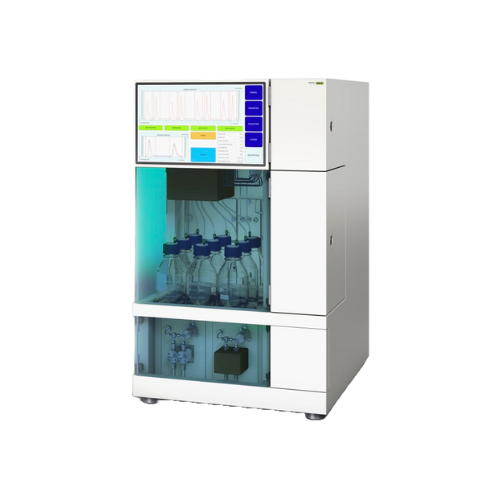
Supercritical fluid chromatography system for preparative separations
For complex substance formulations requiring rapi...
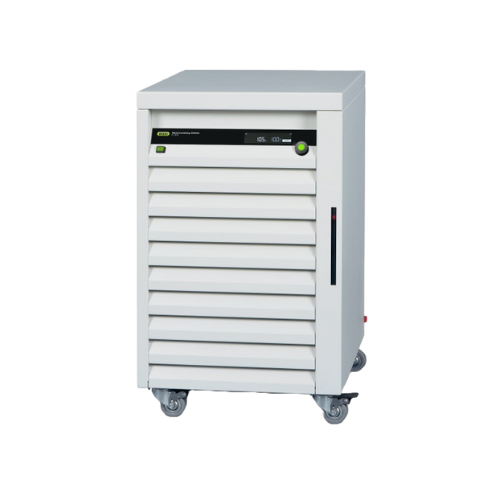
Recirculating chiller for evaporation and extraction
Streamline your laboratory processes with a chiller that efficiently...
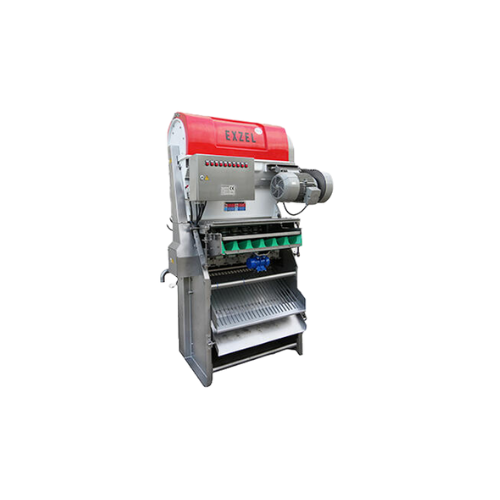
Citrus juice extractor
Achieve unparalleled juice purity and essential oil separation with a system that elevates your fruit ...
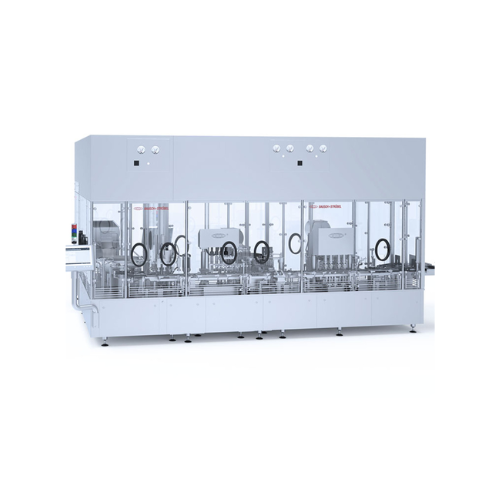
Filling and closing solution for plastic bottles
Efficiently sort, fill, and close a variety of plastic bottles with preci...
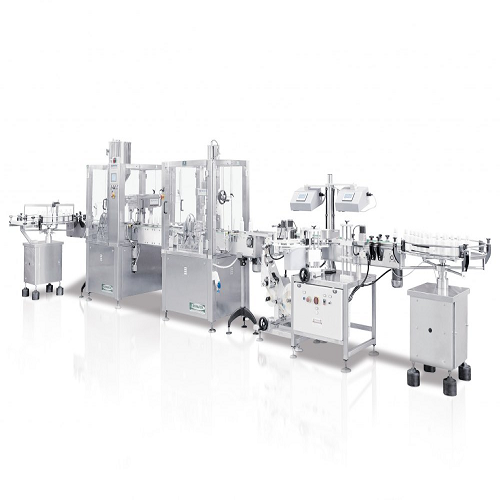
Linear filling and capping for stable bottles
Enhance your production efficiency with a solution designed for precise liqu...
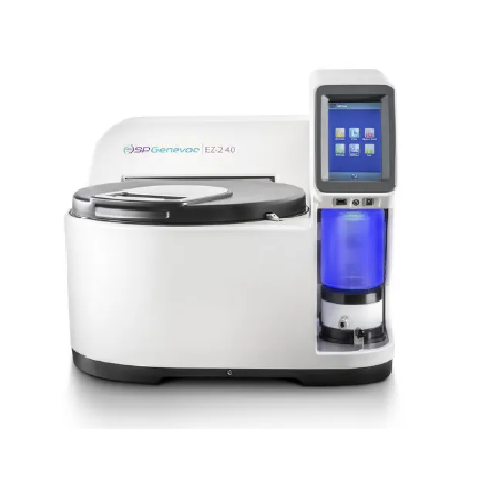
Centrifugal evaporator for medicinal chemistry
Achieve precise evaporation and crystallization with innovative anti-bumpin...
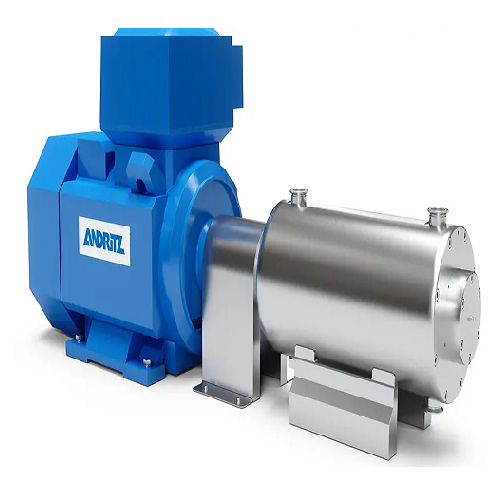
Solid/liquid extractor for high-yield functional nutrient extraction
Maximize extraction efficiency and elevate product...
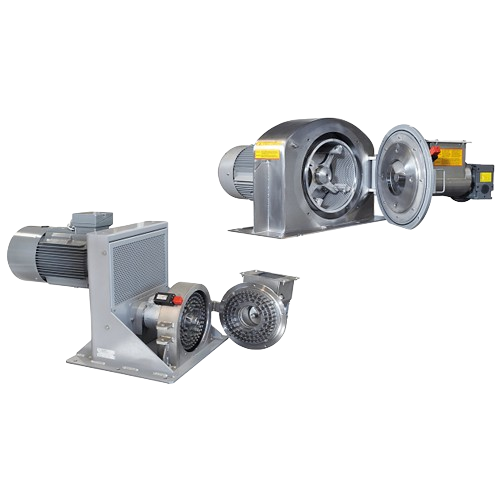
Olive paste preparation crushers
Optimize oil yield and flavor quality with crushers designed for efficient olive paste prep...
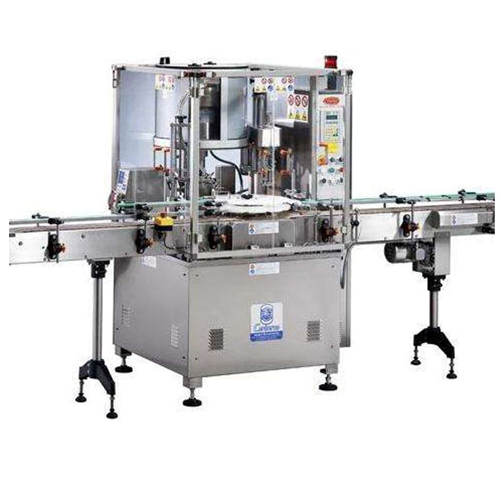
Compact filler and closer for vial processing
Efficiently streamline your vial filling and closing processes with a compac...
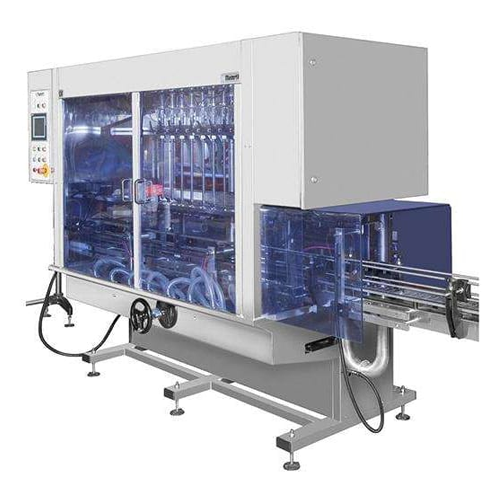
Automatic flowmeter filler for liquid packaging
Streamline your liquid production with precise filling capabilities, reduc...
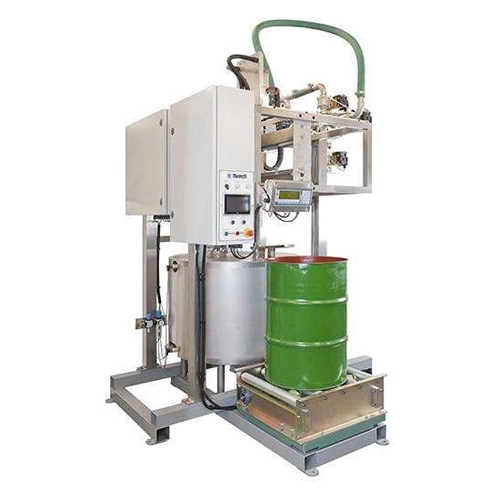
Drum decanting unit for high viscosity liquids
Efficiently decant high viscosity liquids like solvent-based paints and ess...
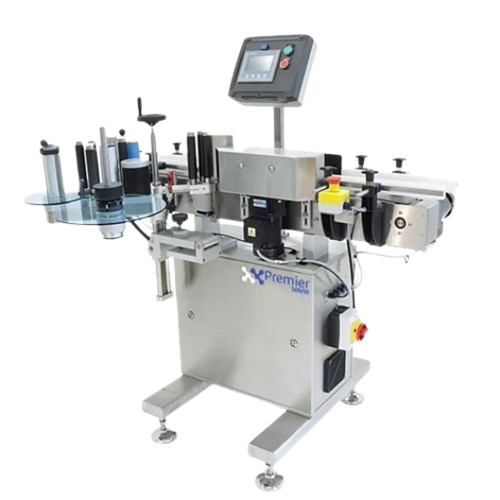
Compact wraparound labelling system for bottles
Streamline your packaging process with a fast and reliable wraparound labe...
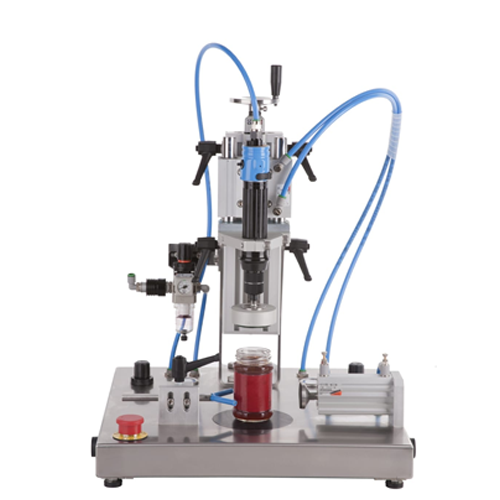
Pneumatic bottle capping solution
Efficiently secure a variety of bottle caps with ease, using a pneumatic system that acco...

300l stainless steel dual-jacketed reactor for winterization
Enhance your extract processing with precision temperature ...
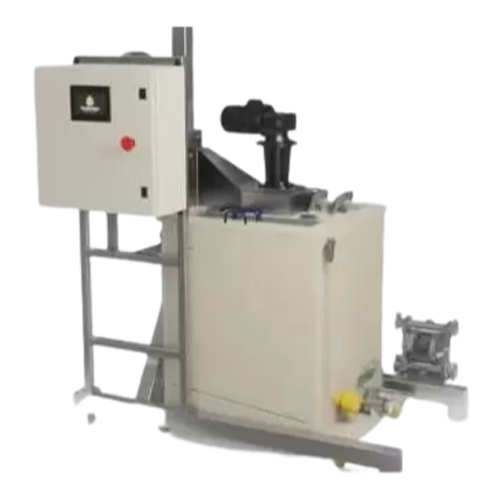
Ice water extraction system for solventless extract production
Optimize your plant-based extraction processes with a mod...
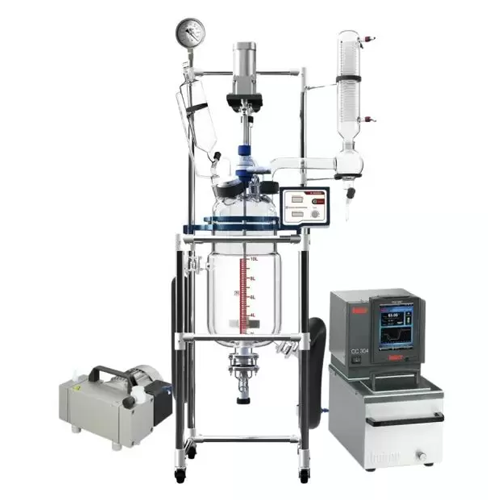
Decarboxylation package for botanical extraction
Optimize decarboxylation and reaction processes with precise temperature ...
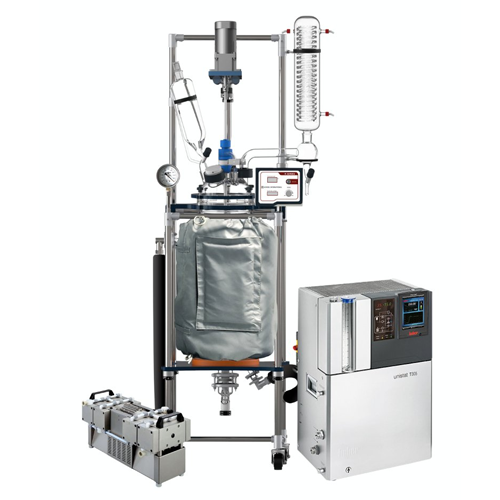
Decarboxylation package for botanical extraction
Ensure precise temperature control and efficient reaction conditions in y...
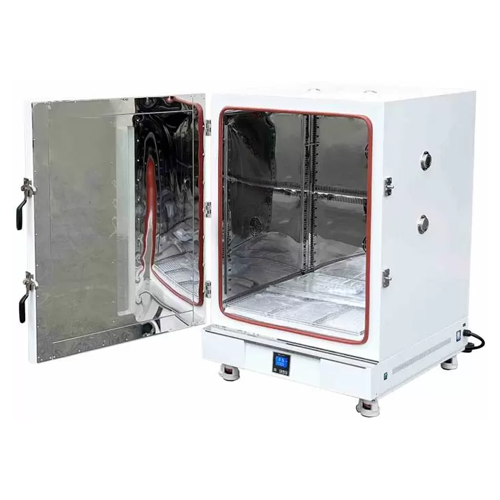
High-temperature forced convection oven for drying and sterilization
Achieve precise drying and sterilization for sensi...
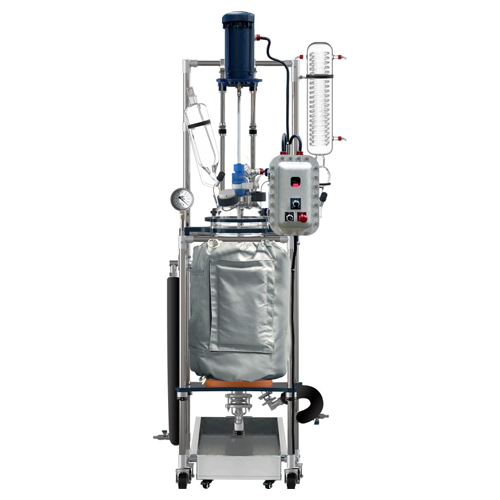
50l jacketed glass reactor with explosion-proof motor
Enhance your reaction processes with precise temperature and pressu...
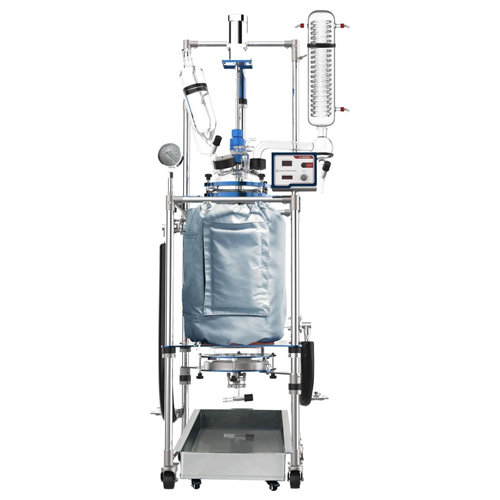
50l jacketed glass reactor for synthetic reactions
Achieve precise control over chemical reactions and material synthesis...
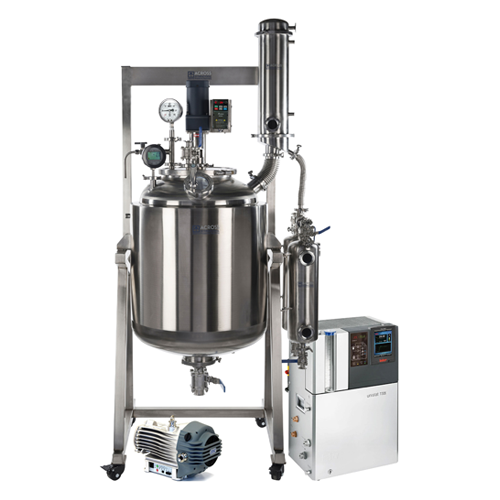
Dual-jacketed reactor for decarboxylation processes
Streamline your decarboxylation process with a dual-jacketed reactor ...
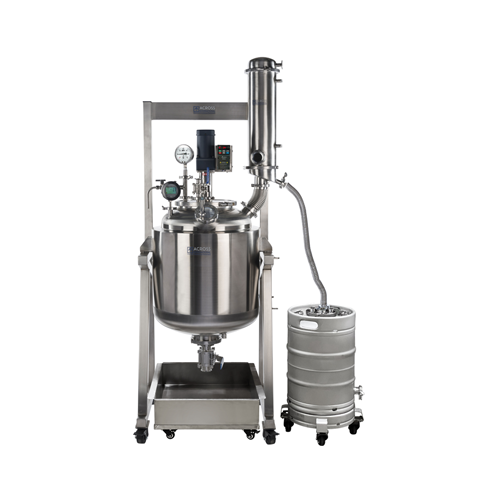
50l stainless steel dual-jacketed reactor for chemical processes
Optimize your laboratory’s efficiency with a dual...
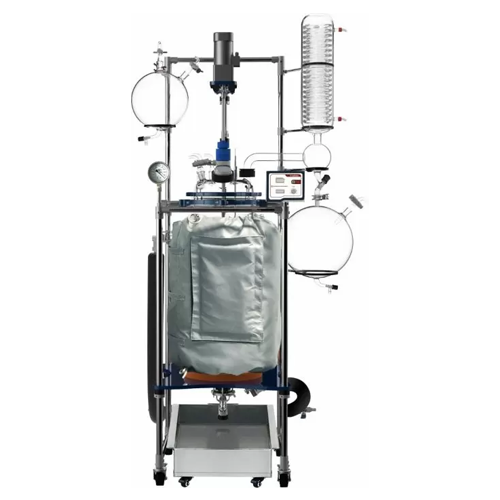
100l laboratory jacketed glass reactor
Optimize your batch processing with this 100L jacketed glass reactor, designed for p...
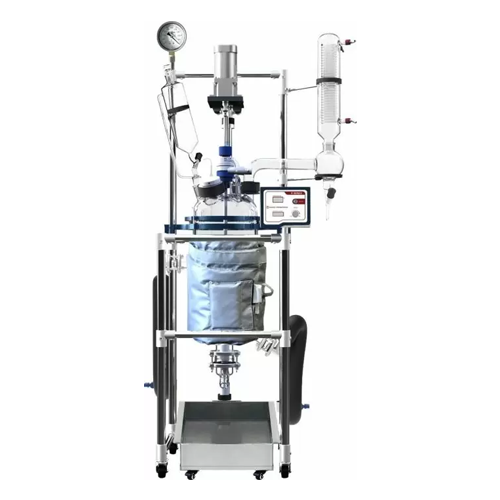
10l glass reactor system for synthetic reactions
Achieve consistent reaction control with efficient temperature and vacuum...
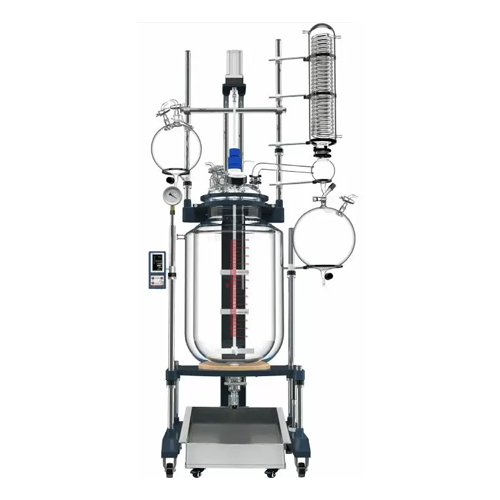
150l jacketed glass reactor for chemical synthesis
Achieve precise control over complex chemical processes with this sing...
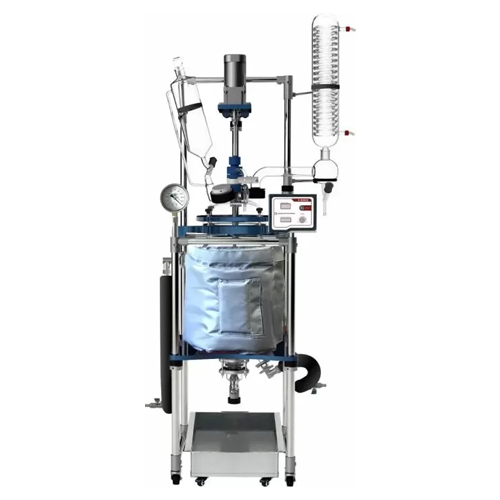
20l jacketed glass reactor system for laboratory synthesis
Achieve precise chemical synthesis and enhanced material reco...
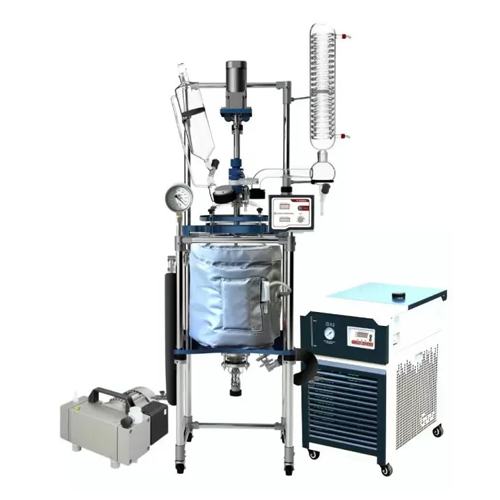
Large capacity jacketed glass reactor
Achieve precise control over temperature and vacuum conditions with this versatile re...
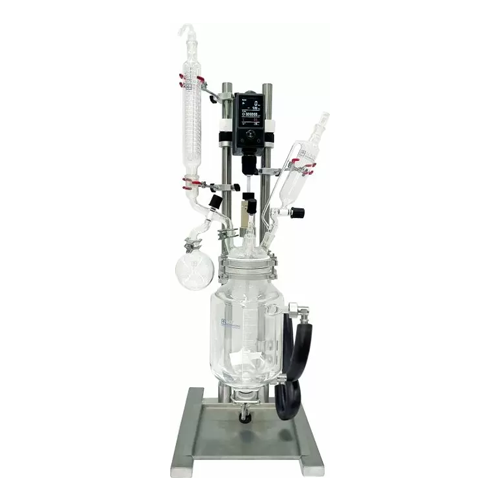
2l single jacketed glass reactor system
Enhance your laboratory’s efficiency with a versatile reactor system, ideal f...
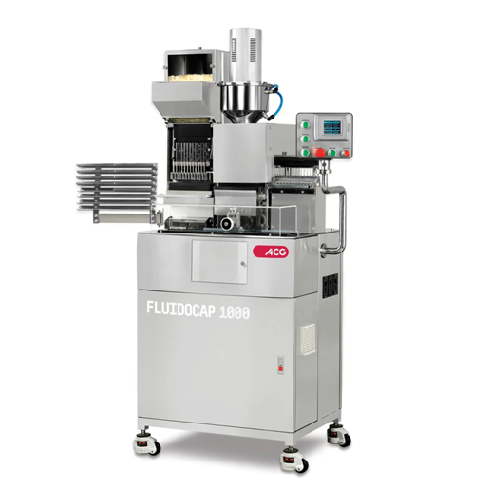
Liquid capsule filling for r&d and pilot-scale production
Optimize liquid capsule production with a compact machine that...
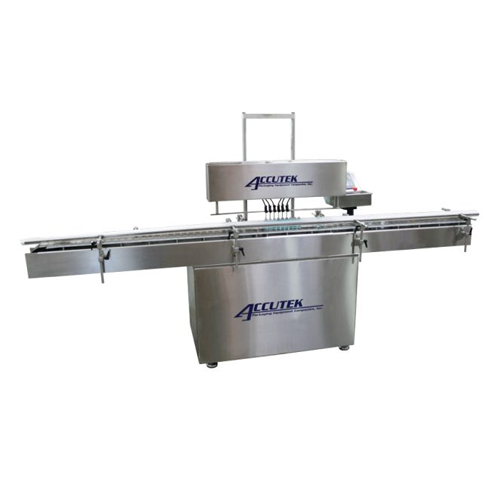
Automatic timed flow volumetric filling machine
Streamline your liquid packaging process with precise volumetric filling o...
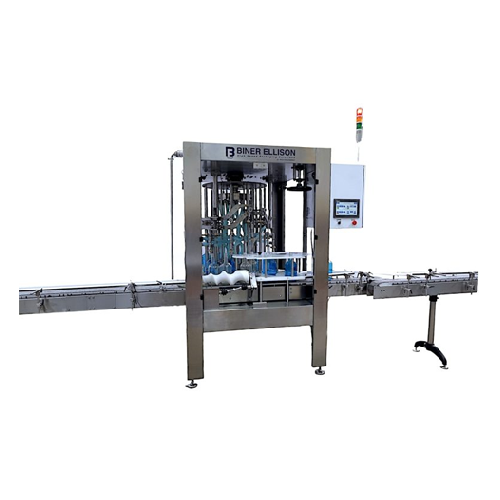
Rotary overflow filler for non-carbonated liquids
Achieve precise fill levels effortlessly with a high-speed rotary overf...
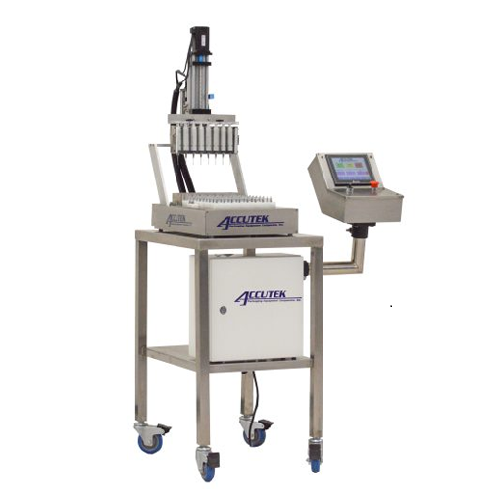
High precision automatic mini dose filler
Achieve unparalleled precision when filling small volumes, from 0.1 ML to 200 ML...
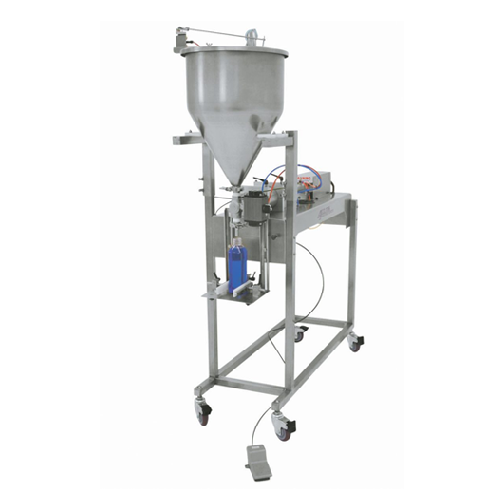
Semi-automatic volumetric piston filler
Achieve precise filling of diverse liquids and viscous products while minimizing wa...
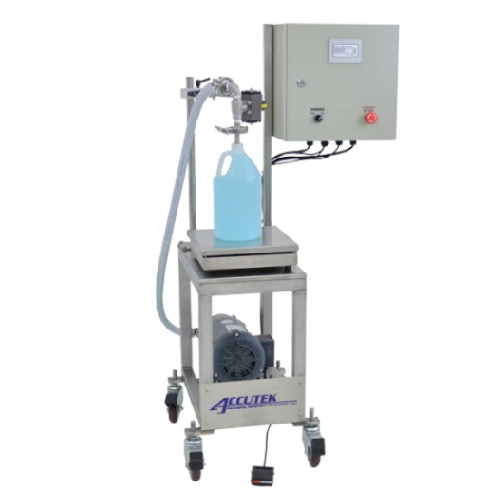
Accurate net weight filling for liquid and semi-liquid products
Ensure precise filling of diverse viscosities, from thin...
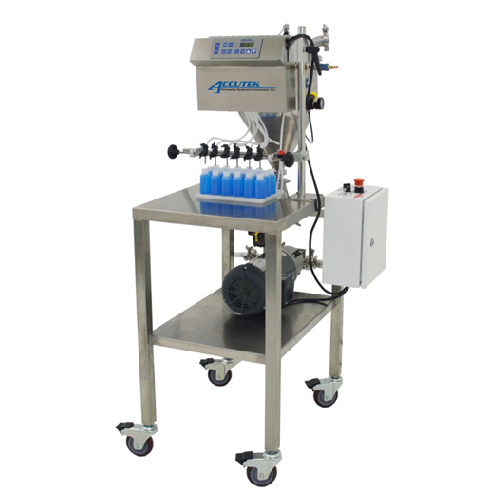
Semi-automatic timed flow filler for aqueous solutions
Handle diverse liquid filling needs with precision, from thin oils...

Semi-automatic overflow liquid filler
Optimize your production line with a reliable filling solution for low to medium visc...
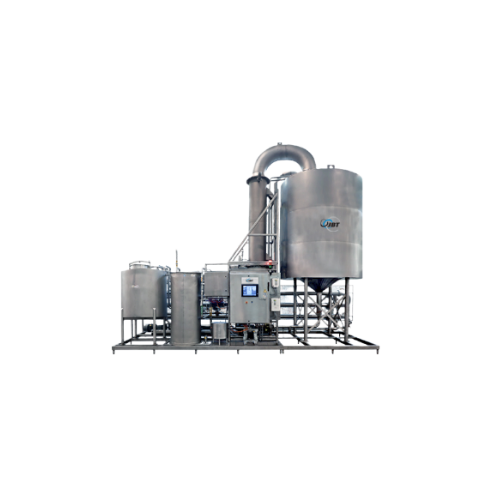
D-limonene extraction system for citrus processing
Enhance your citrus processing capabilities by efficiently extracting ...
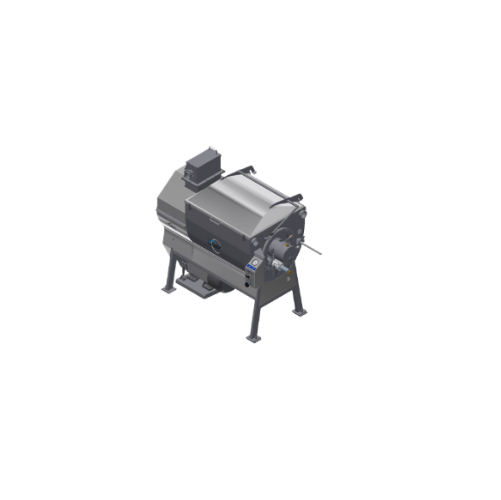
Citrus juice finisher
Optimize your juice and essential oil production with precision separation and finishing technology, en...
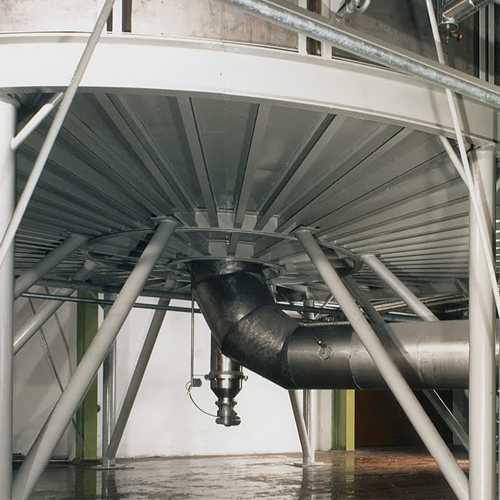
Spray cooler for food and chemical industry applications
Achieve precise particle size control and encapsulation for melt...
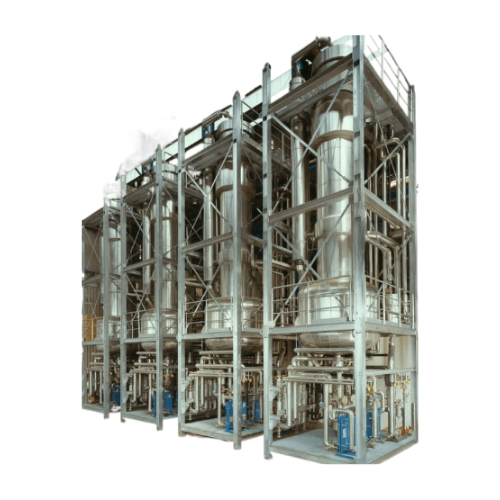
Batch distillation plants for diverse compound mixtures
Optimize your separation processes with flexible batch distillati...

Industrial distillation testing services
Ensure optimal purity and performance by utilizing advanced pilot and mobile disti...
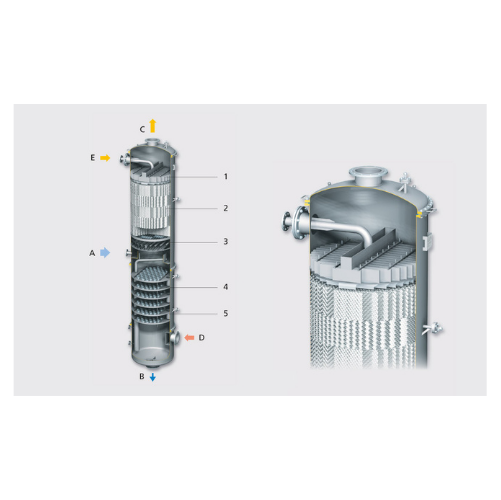
Industrial tray and packing column solutions
For efficient separation and product purification, tray and packing columns o...
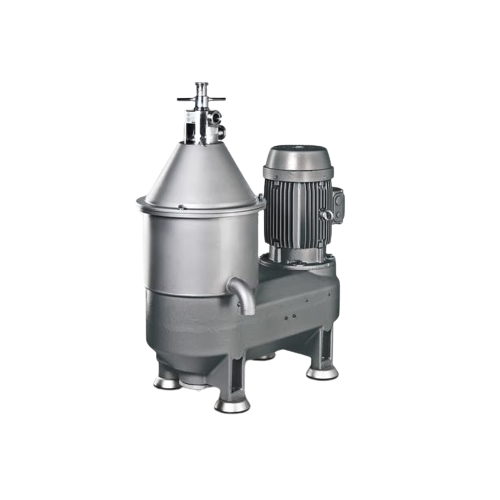
Solid-wall bowl separators for pharma extraction
Optimize your extraction processes with precision solid-wall bowl separat...
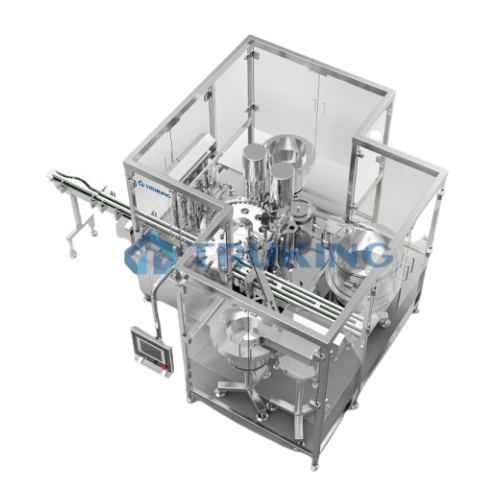
Pharmaceutical drops and sprays filling system
Streamline your liquid formulation process with precision filling and seali...
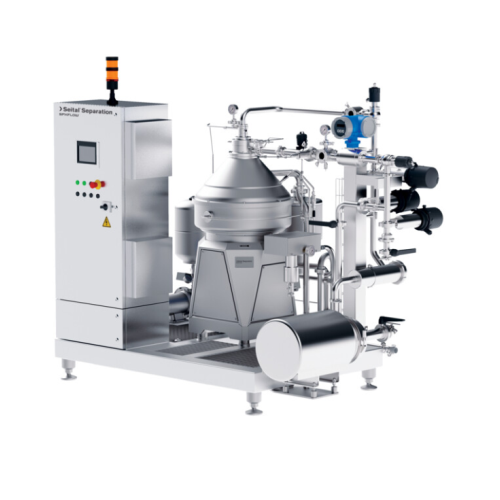
Direct drive centrifuges for dairy and beverage processing
Optimize energy efficiency in high-speed liquid separation wi...
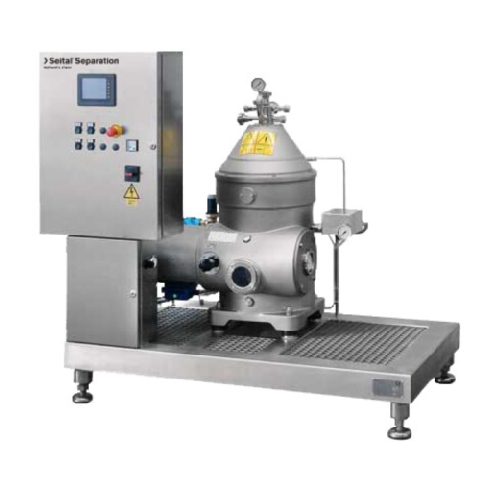
Self-cleaning separator for industrial liquid/solid separation
Optimize your production line with self-cleaning separato...
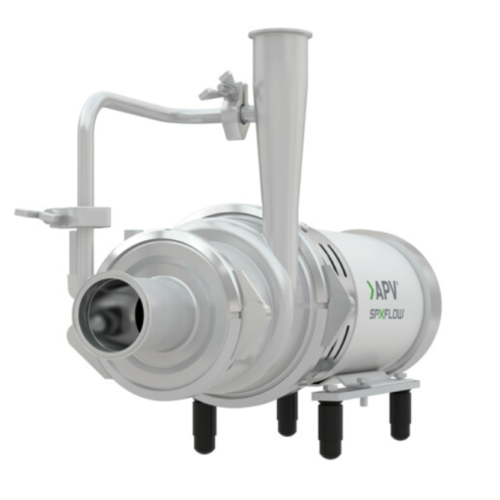
Self-priming centrifugal pump for entrained air handling
Effortlessly manage entrained air and foam in fluid processing w...
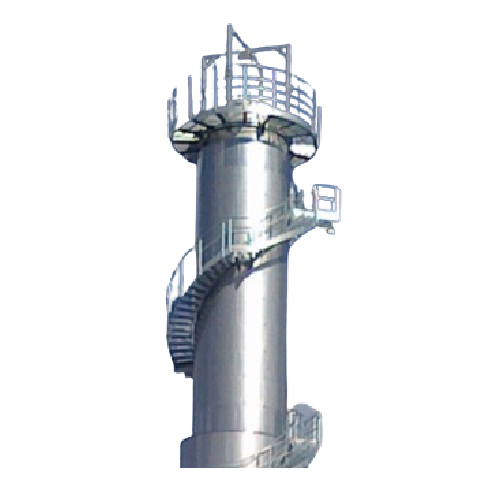
Mechanical vapor recompression evaporator for pre-concentration in food industry
Achieve efficient energy use by utili...
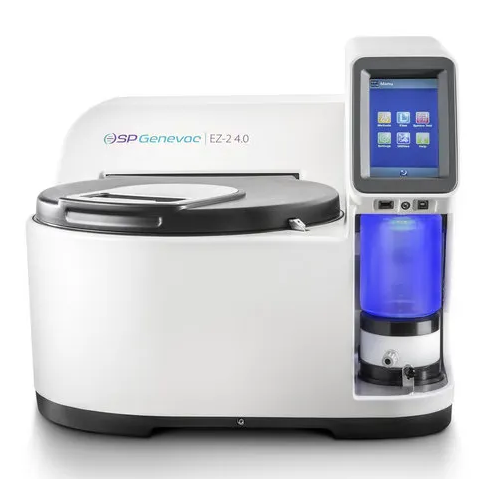
Centrifugal evaporators for medicinal chemistry
Streamline your solvent evaporation and drying processes with this solutio...
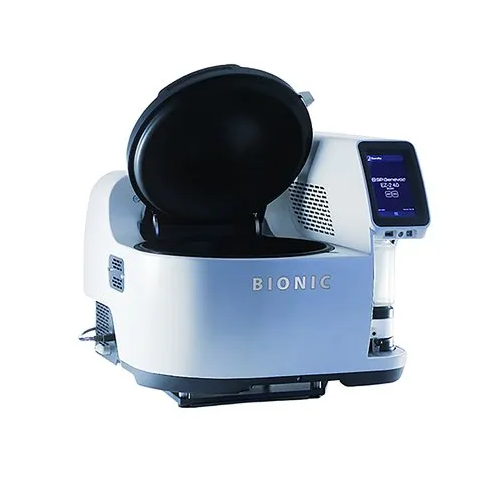
Automated centrifugal evaporator for robotic sample handling
Streamline your laboratory workflows with this cutting-edge...
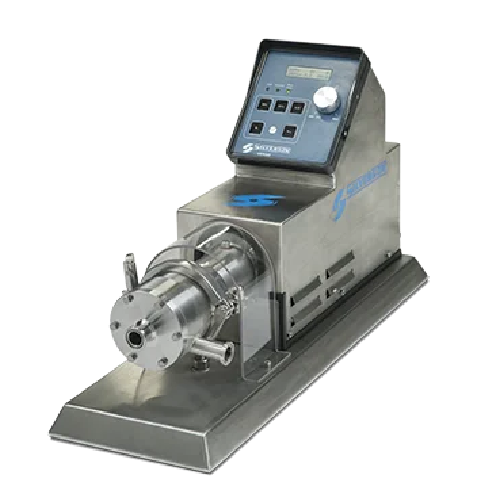
Laboratory in-line mixer for precise mixing and reproducibility
Achieve precise laboratory-scale mixing with rapid proce...
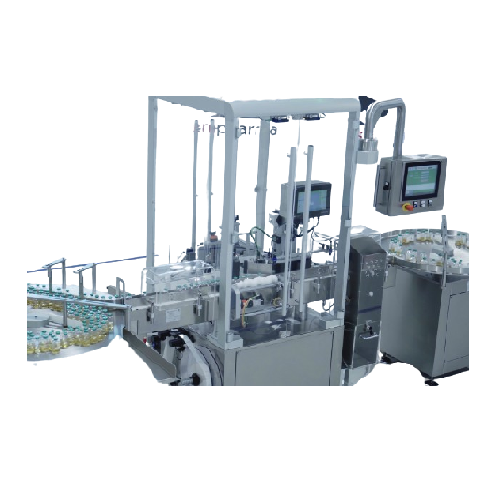
Automatic labelling system for pharmaceutical vials
Ensure precise and efficient packaging for cylindrical containers wit...
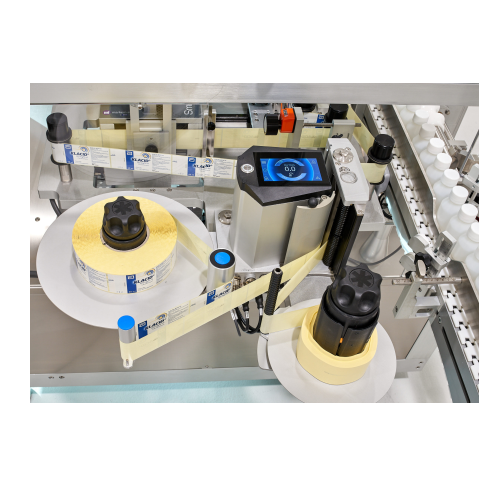
Automatic labelling system for pharmaceutical vials and bottles
Optimize your bottle labelling process with precision al...
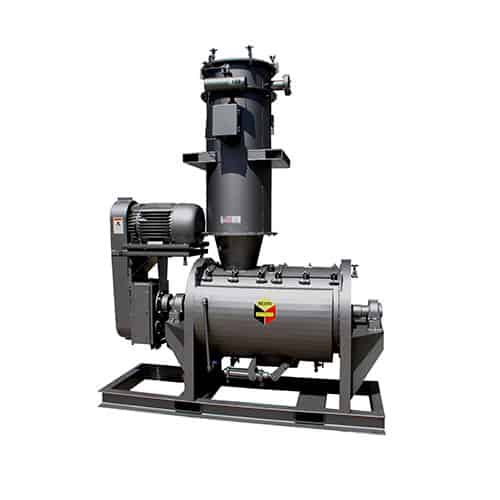
Industrial vacuum batch dryer for reducing moisture content
Achieve precise moisture control with a solution that handle...
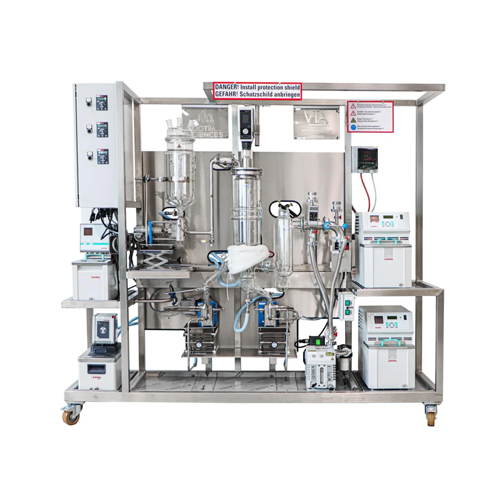
Wiped-film short-path distillation equipment for cannabis processing
Achieve up to 99% cannabinoid purity with this dis...
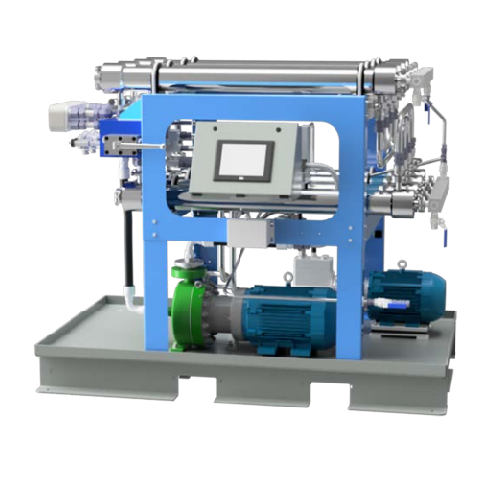
Cannabis and hemp processing nanofiltration system
Enhance the clarity and potency of your extracts with advanced membran...
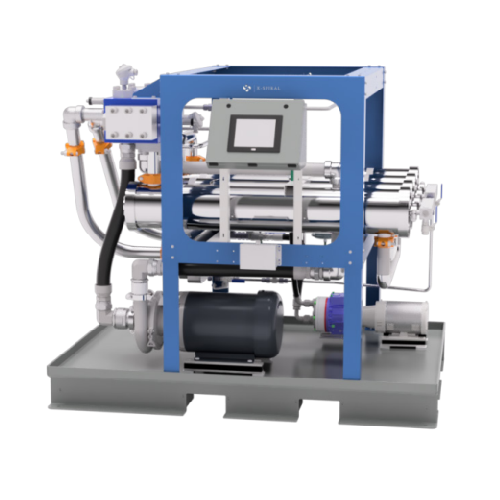
Membrane nanofiltration for cannabis and hemp processing
Optimize your extraction processes with advanced nanofiltration,...
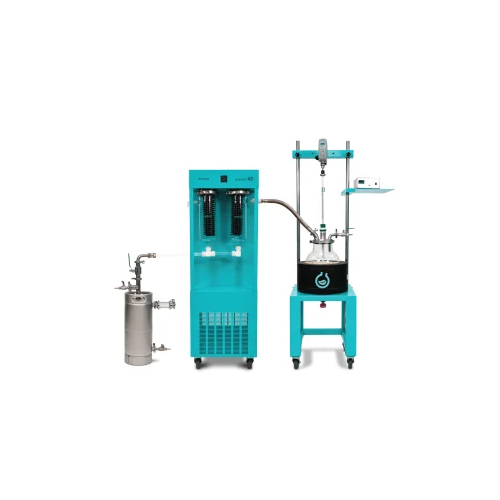
Solvent recovery and decarboxylation system
Enhance solvent recovery and streamline decarboxylation processes with an inno...
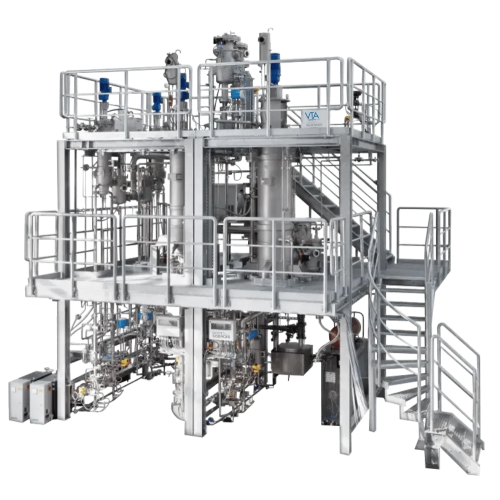
Custom distillation builds for cannabis processing
Achieve precise cannabinoid separation and purity in large-scale disti...
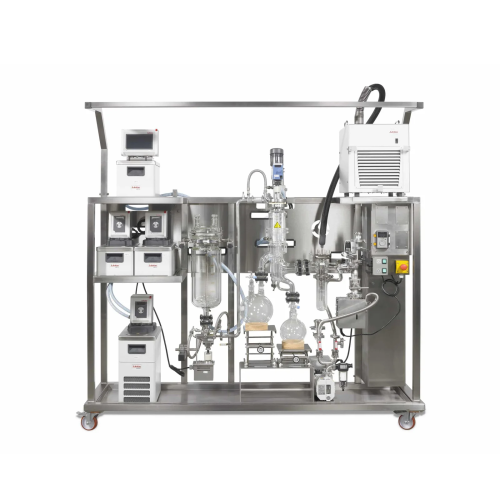
Short-path wiped-film distillation for cannabis
Achieve optimal cannabinoid purity with precise thermal separation, perfec...
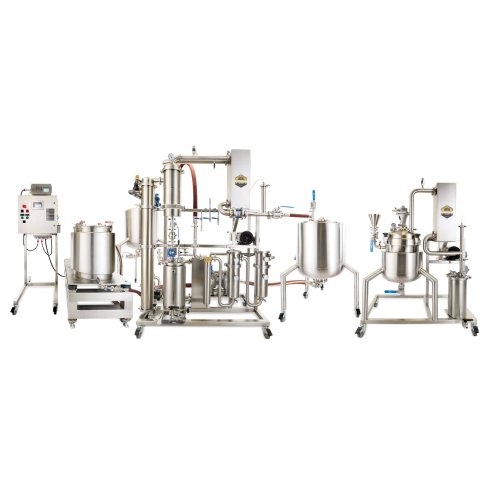
Cold processed ethanol extraction system
Streamline your extraction process by integrating an all-in-one system that combin...
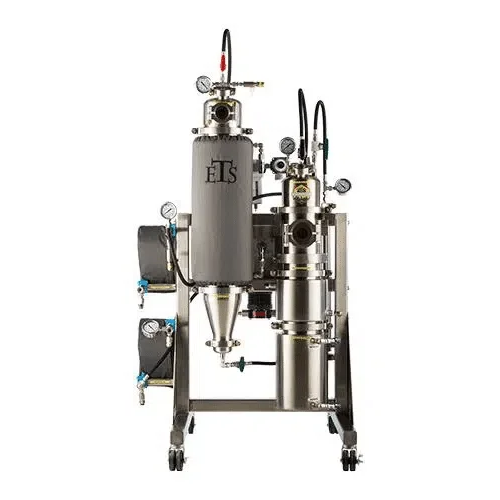
Hydrocarbon extraction system for cannabis
Optimize your cannabis concentrate production with a flexible hydrocarbon extra...
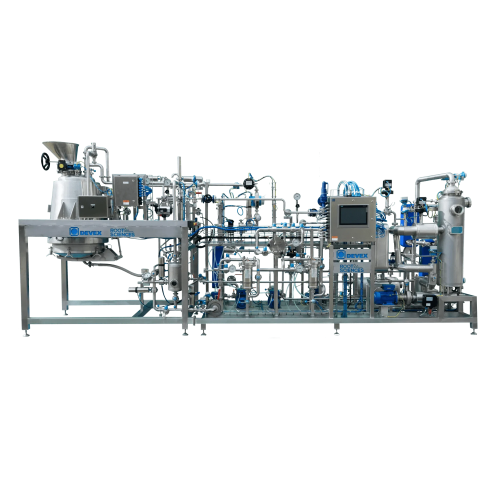
High capacity cannabis cryo-ethanol extraction line
Boost extraction efficiency with high-capacity cryo-ethanol technolog...
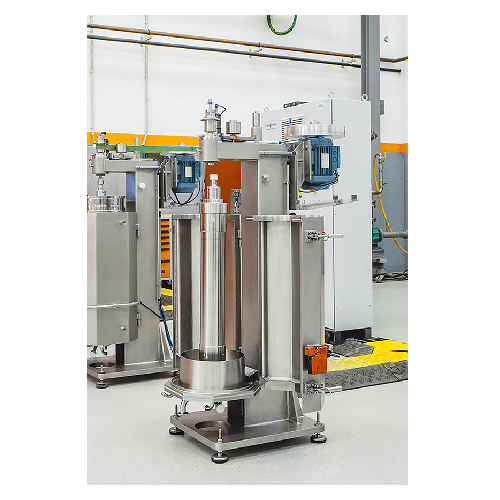
High-speed decanting centrifuges for solid-liquid and liquid-liquid separation
Optimize your separation processes with...
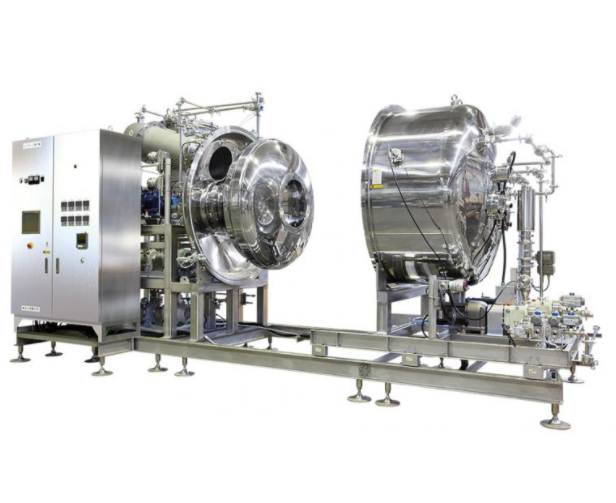
Evaporator for heat sensitive products
The removal of solvents when making products in industries like food, cosmetics, pha...
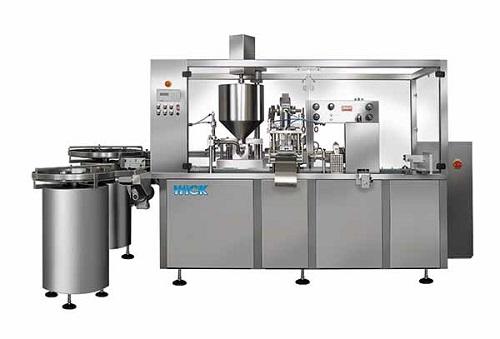
Cosmetic cream filler
From thin liquid baby oils and perfumes to thicker lotions and creams for hair and skincare, cosmetic p...
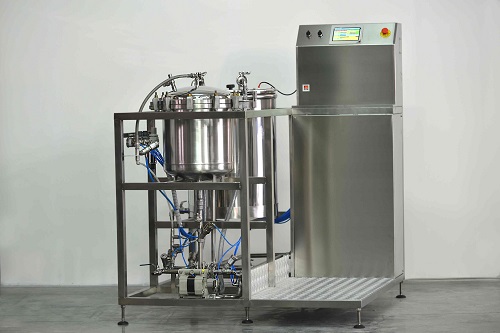
Medicinal plant extraction machine
Traditional methods for extracting active compounds from medicinal plants or herbs use h...

Extraction plant for natural ingredients
Bespoke extraction plants using the latest technology can improve your efficiency ...
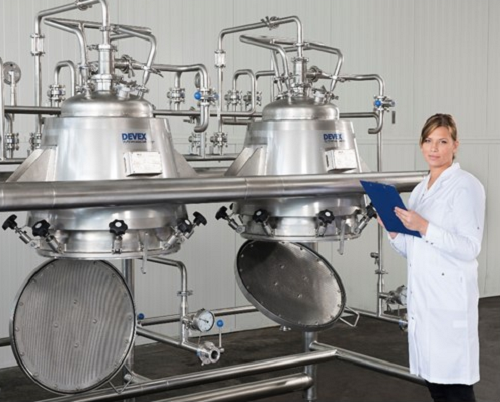
Pilot extraction plant for natural ingredients
Before purchasing a full-scale extraction plant you need to exactly determi...
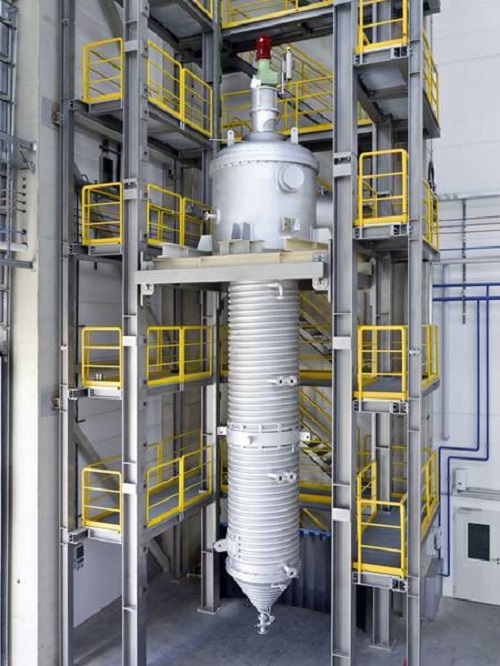
Wiped film evaporator
With wiped film distillation, a substantial decrease of boiling temperature is obtained by reducing the...
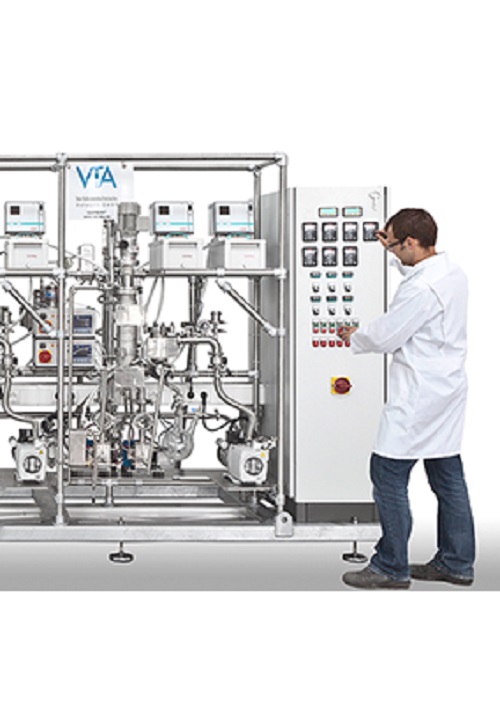
Pilot multi-stage distiller
If generating an scalable data and bring in results with small sample quantities of high-boiling...
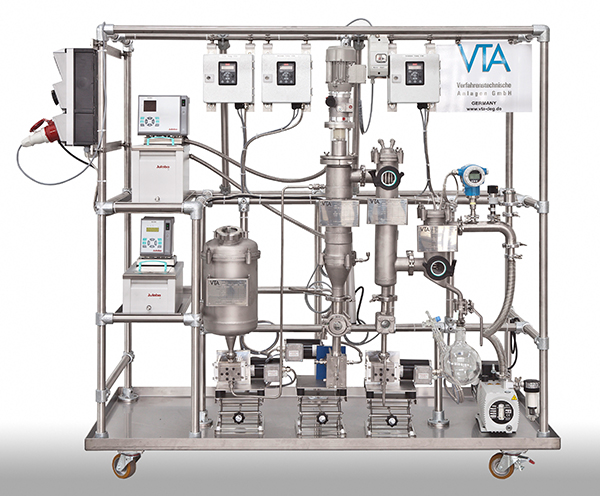
Pilot wiped film distiller
Generate scalable data and results during the pilot tests with wiped film distillation, distill ...
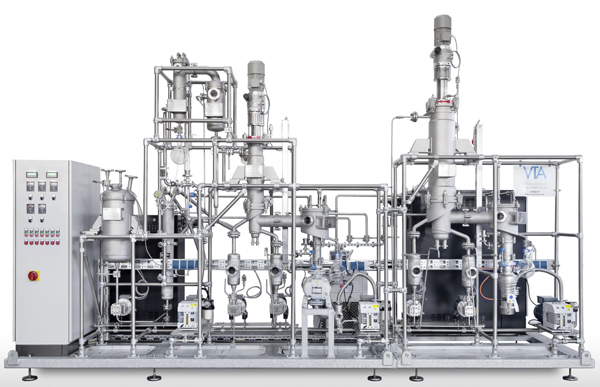
Pilot short path distiller
Generate scalable data and results during the pilot tests with short path distillation, distill o...
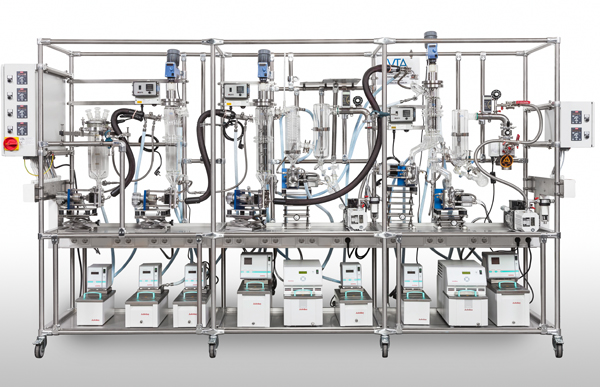
Laboratory multi-stage distiller
A laboratory multi-stage distillers that combines the wiped film and short path distillatio...
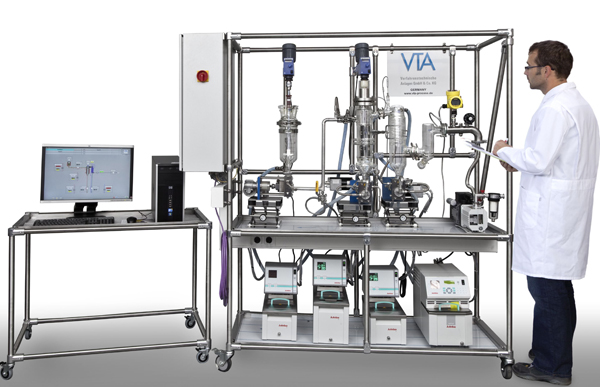
Laboratory wiped film distiller
Reach reliable conclusions testing the distillation of high-boiling or highly viscous materi...
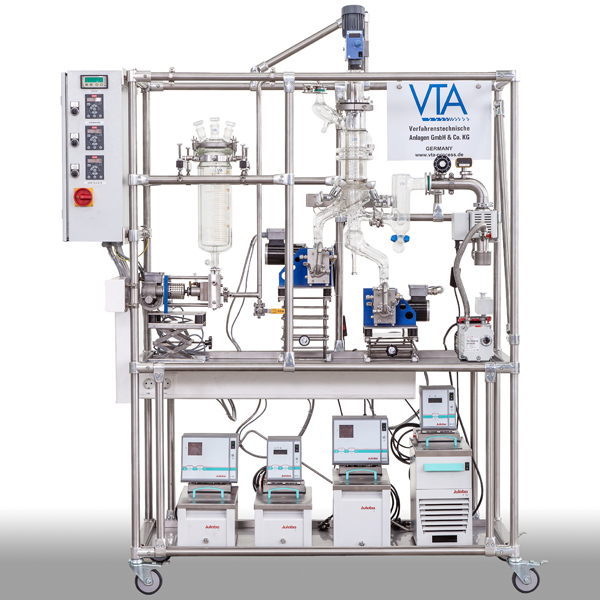
Laboratory short path distiller
Get to reliable conclusions for the separation of high-boiling and heat-sensitive products u...
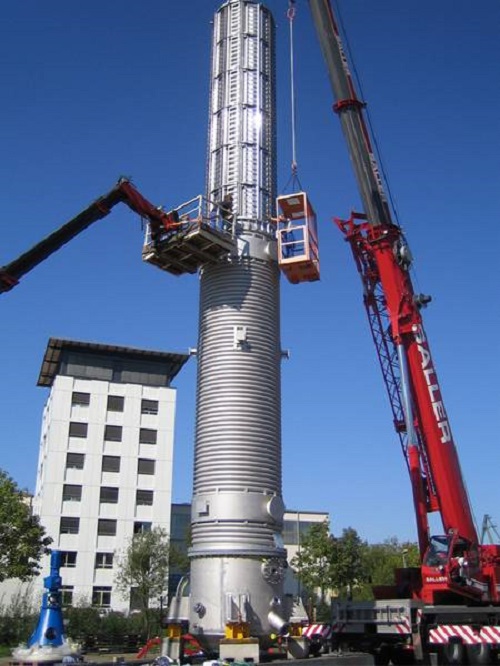
Short path evaporators
With short path distillation, a substantial decrease of boiling temperature is obtained by reducing th...
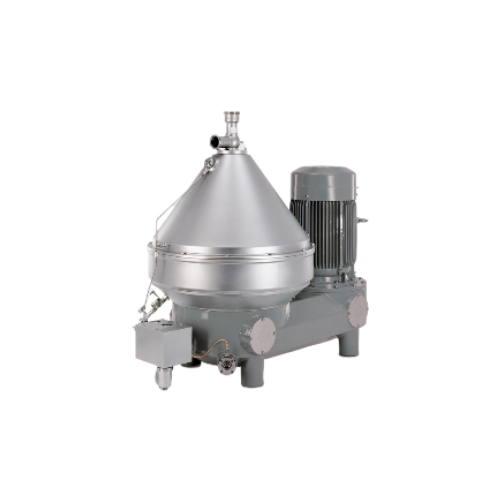
Clarifiers for biochemical separation
Achieve seamless liquid-solid separation with high-speed disk-type clarifiers, ensuri...
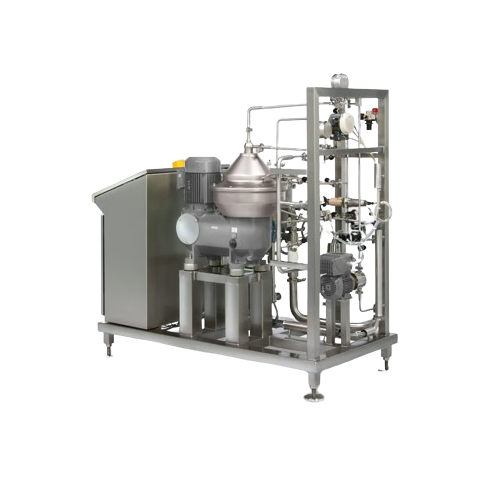
Clarifier for beverages
Enhance beverage clarity and purity with high-performance centrifugal separation, expertly designed t...
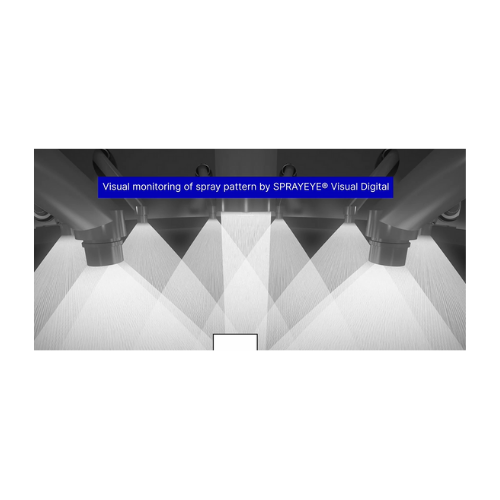
Spray dryer performance optimization system
Achieve unparalleled spray drying efficiency with real-time monitoring and con...
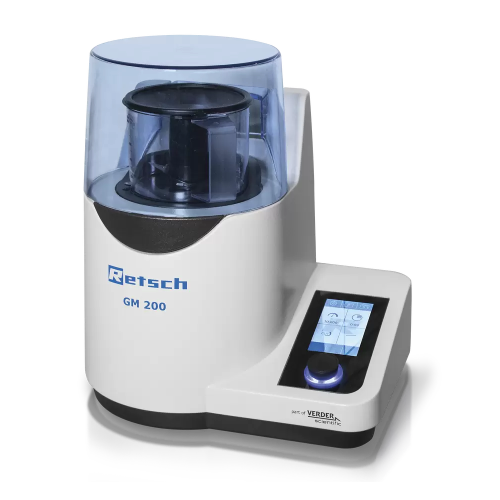
Knife mill for food and feed sample grinding and homogenization
Achieve consistent texture and precise size reduction of...
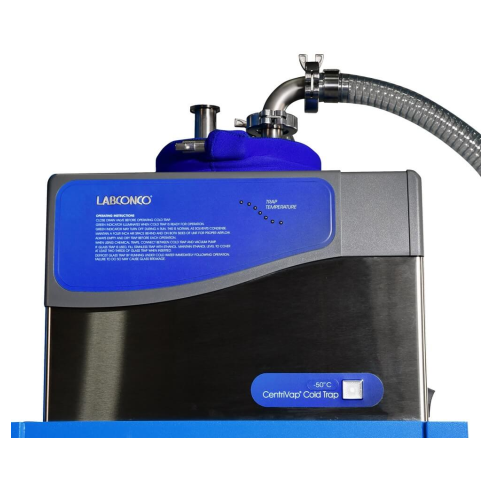
Vacuum cold trap for efficient purging and drying
Optimize your laboratory’s efficiency by integrating high-perform...
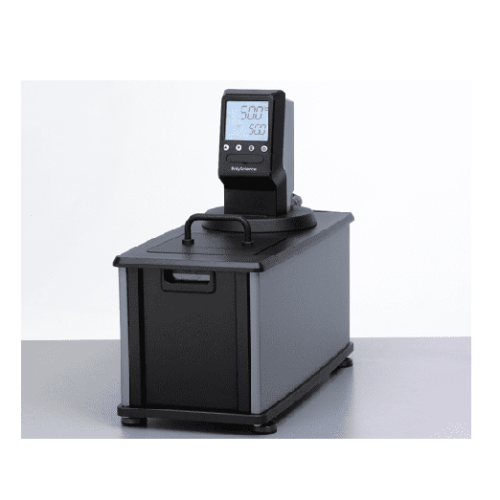
Laboratory heated circulator for precise temperature control
Achieve precise temperature control for your liquid formula...
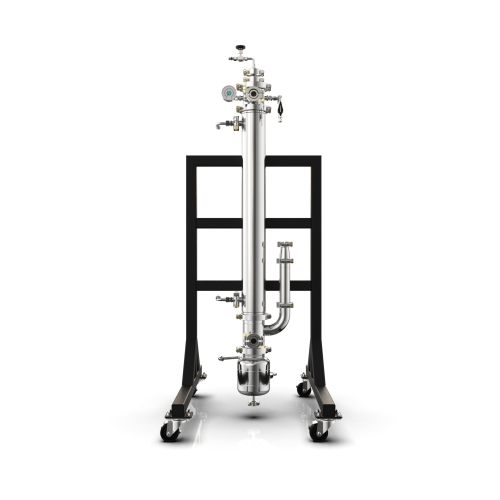
Hydrocarbon solvent distillation unit for extractors
Ensure high purity levels in your extraction process by integrating ...
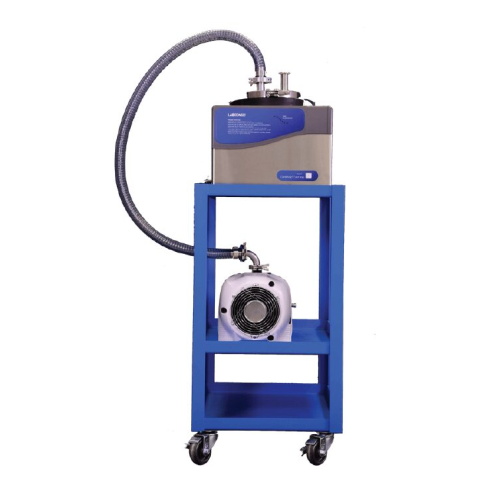
Laboratory vacuum cold trap for extract purification
Optimize your vacuum purging and drying applications with this advan...
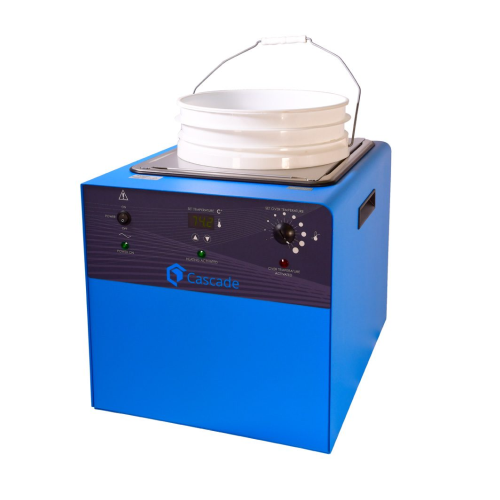
Deep water bucket bath for lab heating applications
Achieve precise temperature control and uniform heating for delicate ...
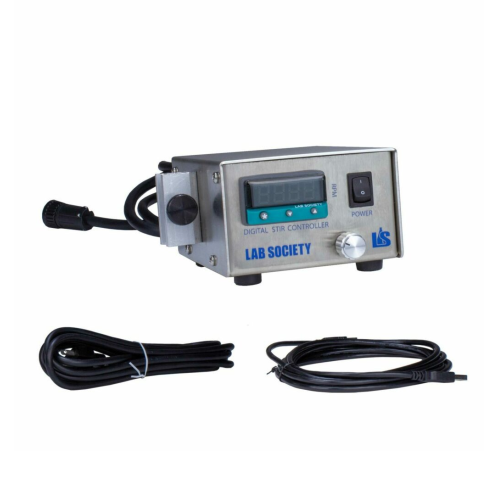
Digital stir controllers for laboratory applications
Achieve precise stirring and mixing control with this digital soluti...

Laboratory automation software for distillation and extraction
Optimize your distillation and extraction processes with ...
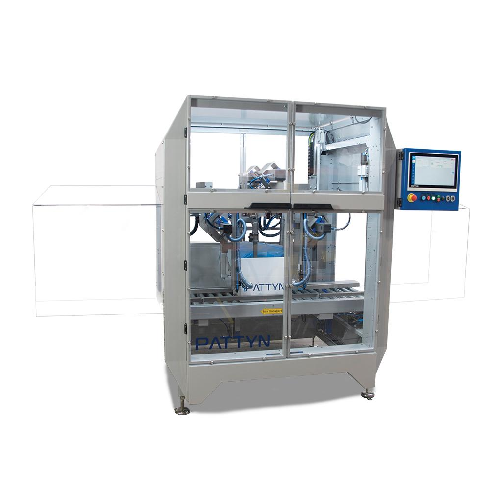
Automatic bag folding solution for bulk packaging
Enhance your production line efficiency and product protection by integ...
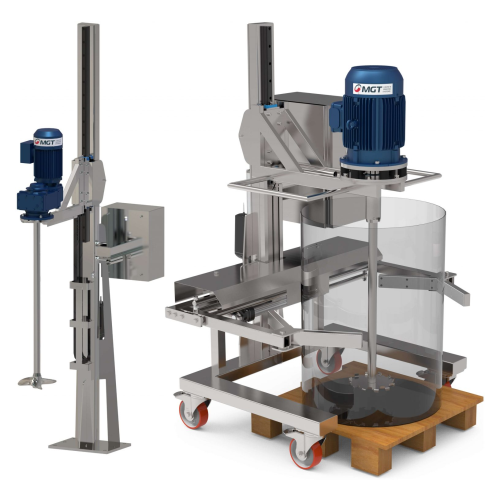
Pneumatic and electric lift for industrial mixing tanks
Enhance operational efficiency and safety with versatile lifts fo...
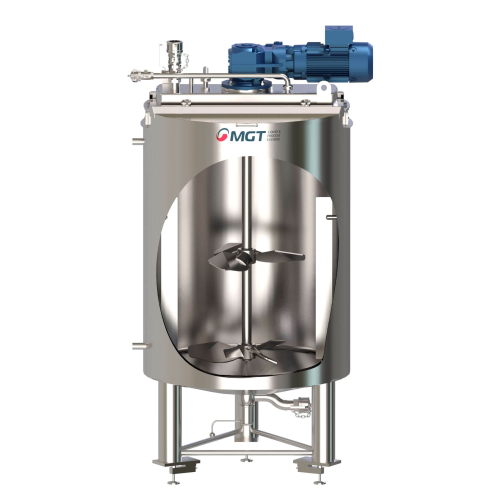
Mounting configurations for industrial agitators
Optimize your mixing processes with versatile agitators designed for effi...
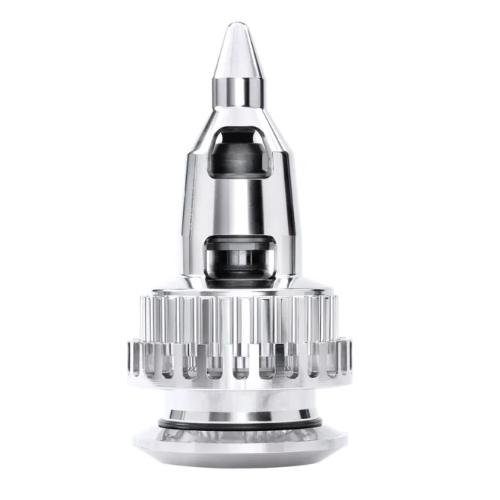
High shear mixer for emulsification
Achieve precise emulsification and dispersions with magnetic high shear technology, ens...
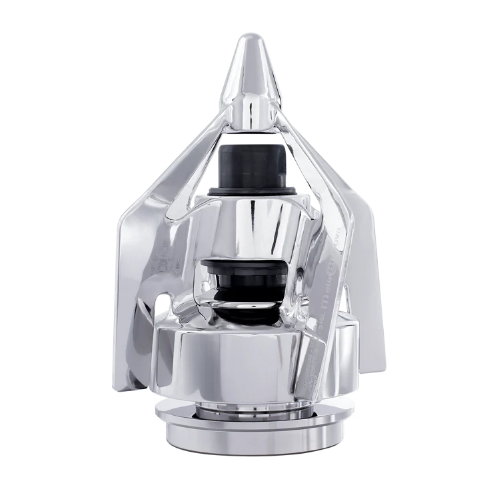
Versatile magnetic mixer for pharmaceutical and biotechnology applications
Optimize your biopharmaceutical mixing proc...
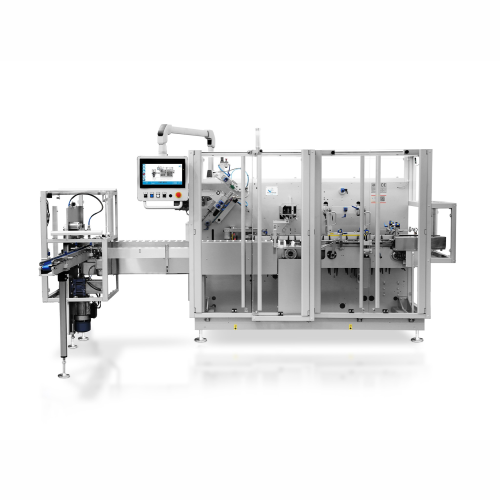
Automatic horizontal cartoning solution for various products
Optimize your packaging line with this advanced cartoning s...
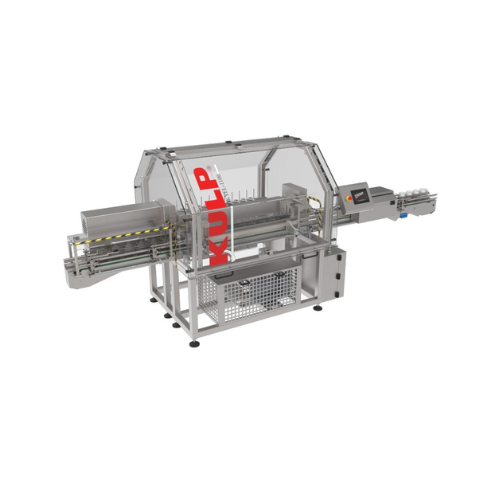
Jars and bottles rinsing solution
Ensure impeccable hygiene and particle-free cleanliness for your jars and bottles by inte...
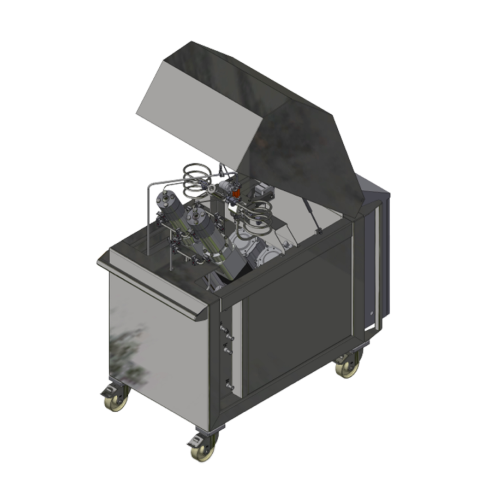
High pressure homogenizer for pharma applications
Achieve precise particle size reduction and stability in liquid formula...
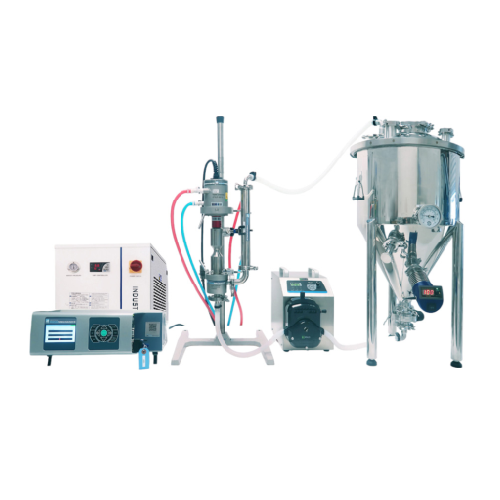
Industrial ultrasonic liquid processor for high volume applications
For large-scale liquid formulations, achieving cons...
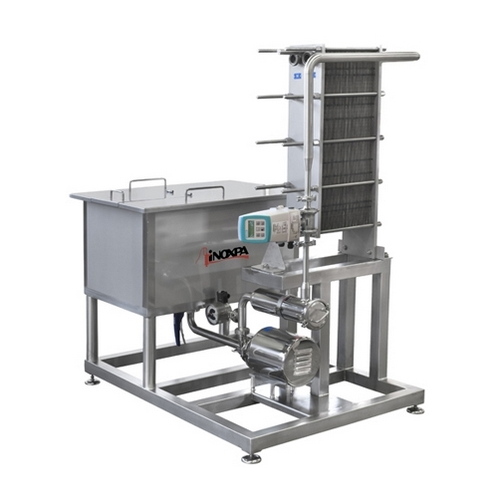
Industrial skids for liquid processing
Efficiently manage large-scale liquid and solid processing in your production line w...
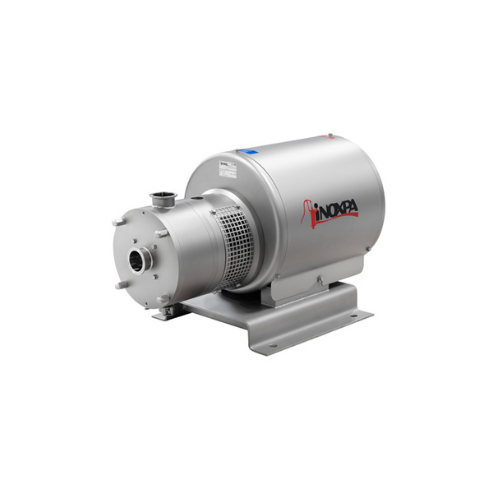
In-line high shear mixing solution
Achieve precise emulsification and particle size reduction with high shear capabilities,...
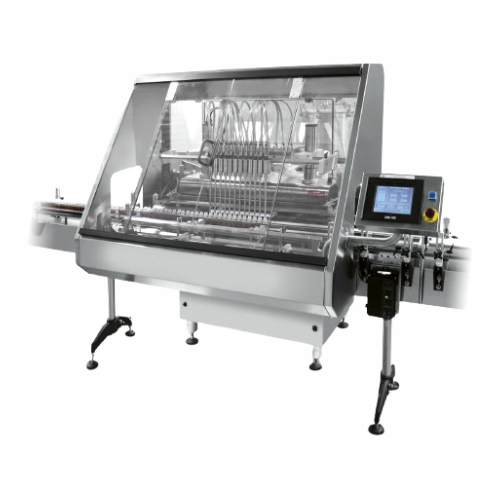
Positive displacement gear pump liquid filler
Optimize your liquid filling operations with precision gear pump technology,...
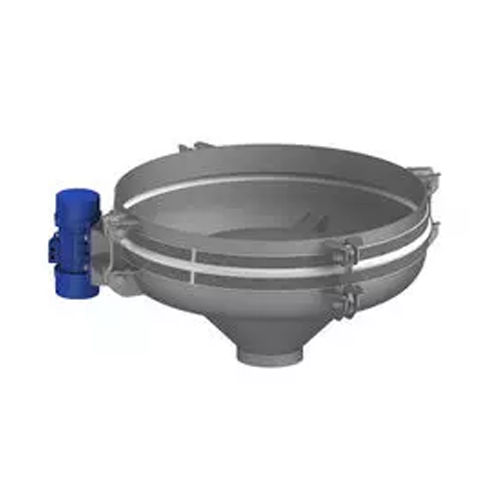
Discharge systems for difficult bulk materials
Achieve seamless bulk material discharge with our advanced systems that eff...
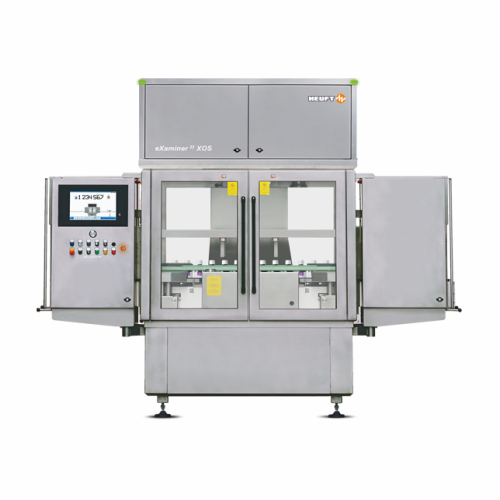
Foreign matter detection for syrup and medicine bottles
Ensure the quality and safety of your liquid products with precis...
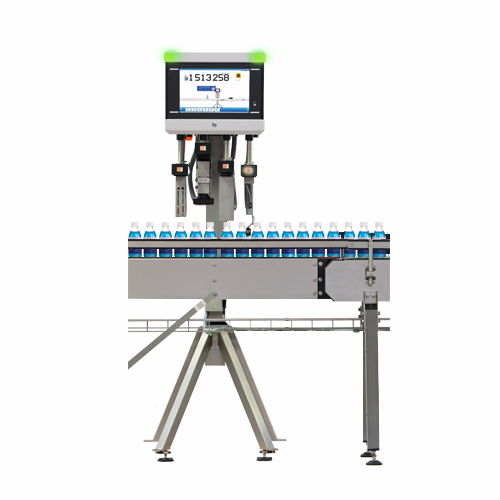
Full container inspection for pharma and food industries
Ensure precise fill levels and secure closures in your productio...

Industrial continuous distillation system
Enhance product purity and efficiency with a robust continuous distillation syst...
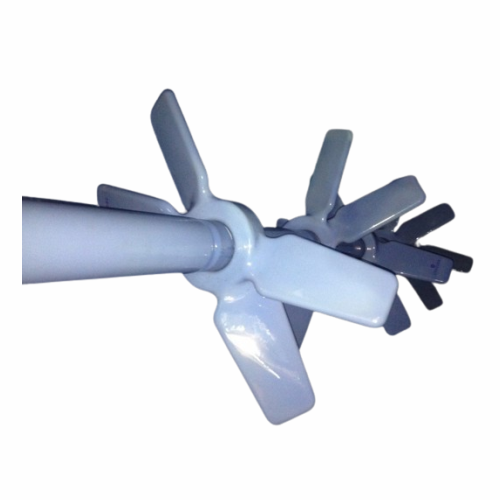
Glass-lined mixing systems for pharmaceutical industry
Achieve consistent mixing and thorough agitation for complex formu...
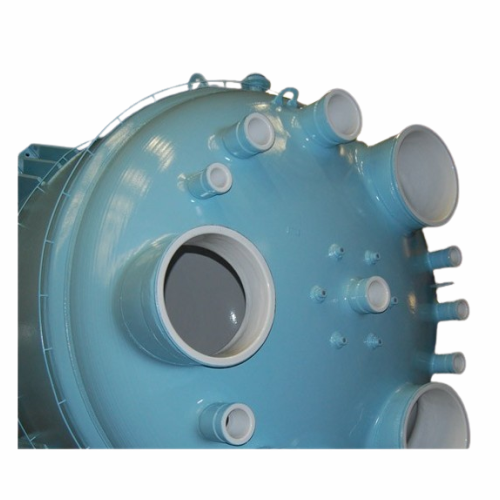
Asme glass-lined reactors for chemical processing
Optimize your chemical processes with high-pressure, corrosion-resistan...
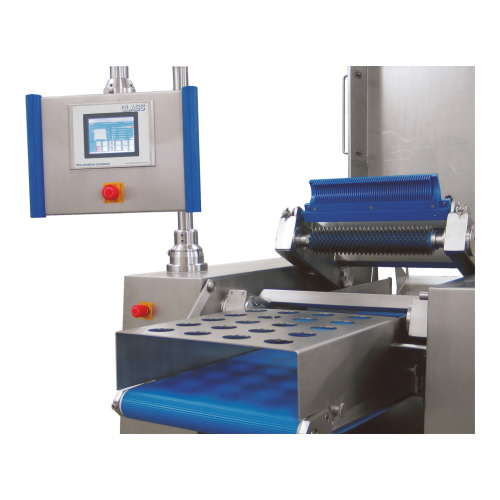
Cooked ham steaker
Achieve precise meat texture and uniformity with solutions designed for controlled cutting and pressing. I...
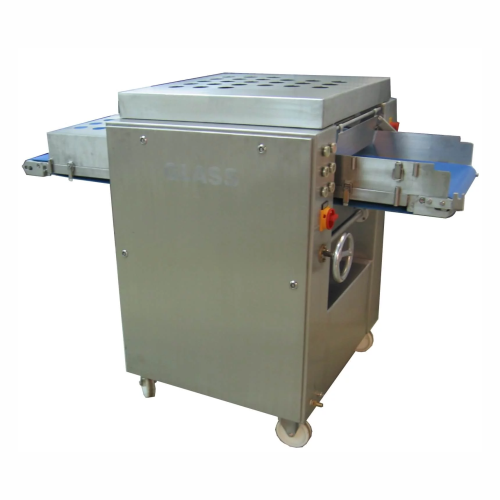
Schnitzel tenderizer with adjustable cutting pressure
For precise meat preparation, equip your production line with a sch...
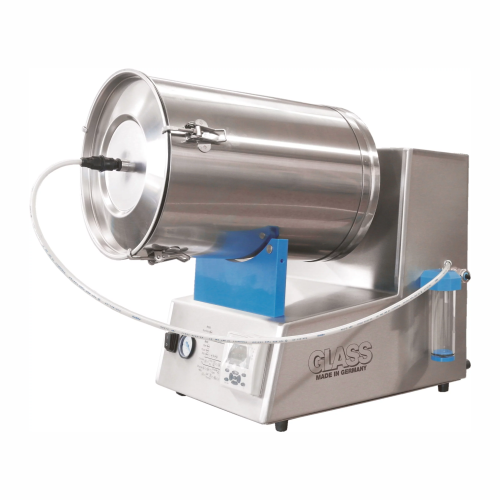
Vacuum marinater for meat production
Streamline your marinating process with precise vacuum control, enhancing flavor absor...
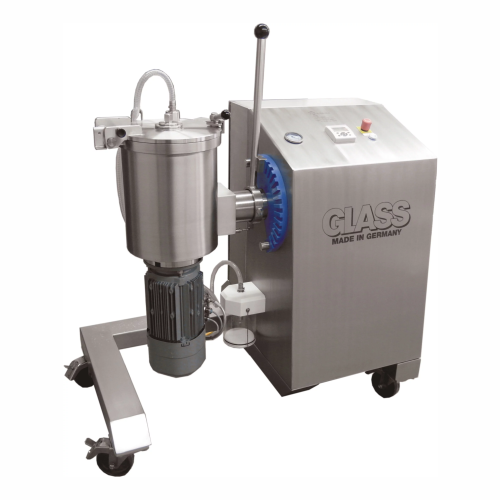
Emulsifying plant for pasty and liquid products
Optimize your production line with seamless emulsification processes, desi...
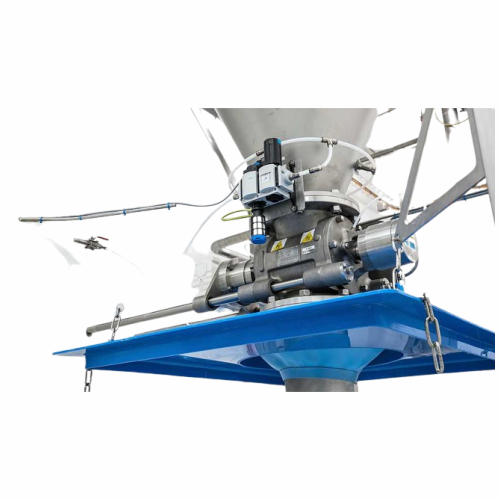
Heavy duty rotary valves for powder handling
Ensure precise material flow and safety in harsh processing environments with...
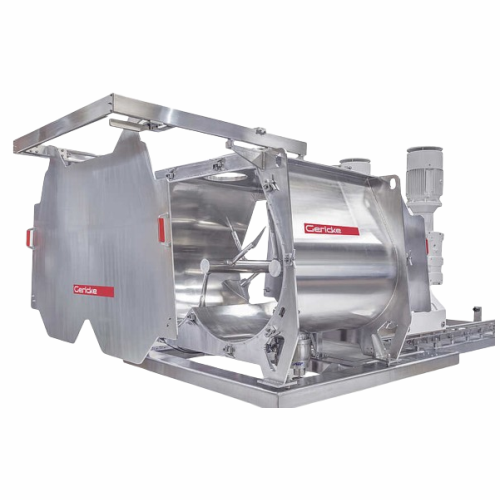
Double shaft powder batch mixer
Achieve high homogeneity and gentle handling with a double shaft mixer designed for efficien...
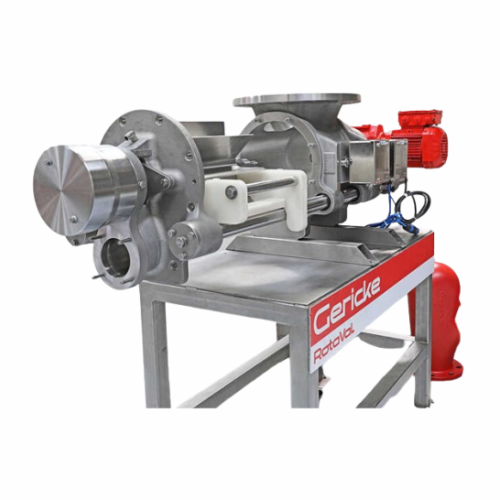
Quick-clean hygienic rotary valves
Ensure seamless cleaning and minimal downtime in your production line with rotary valves...
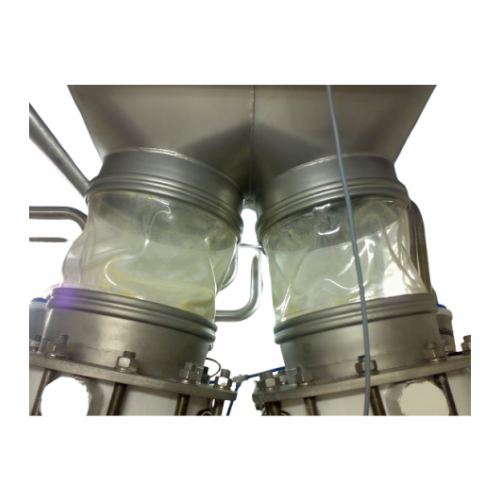
Hygienic flexible sleeves for food and pharmaceutical use
Say goodbye to contamination risks with this tool-free, quick-...
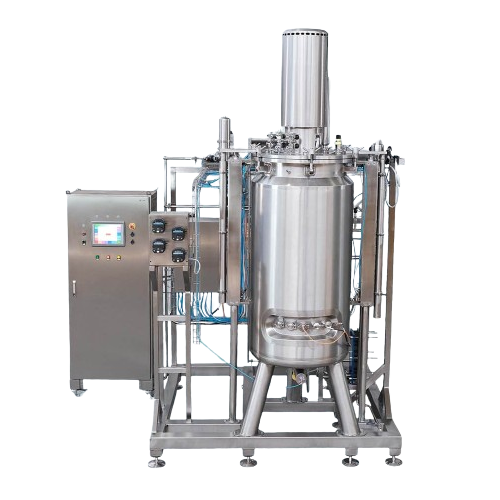
Fermenter for microbial fermentation processes
Optimize your fermentation and biopharmaceutical production with stainless ...
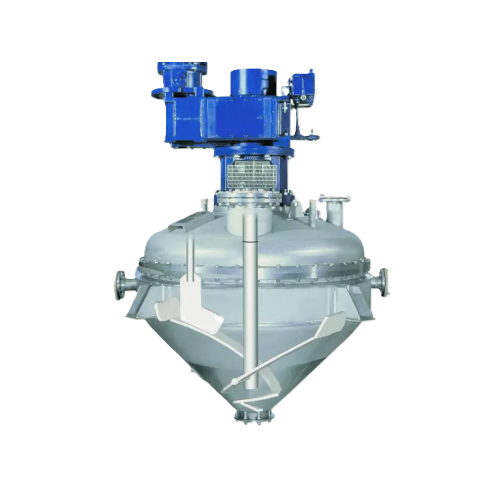
Vacuum dryer for free-flowing and pasty solids
Achieve precise drying and mixing with this vacuum dryer, optimizing heat t...
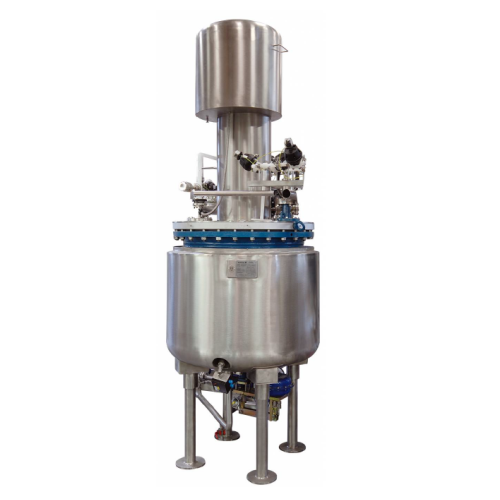
Pharmaceutical reactor for efficient cleanability
Optimize your production with this reactor, designed for efficient mixi...
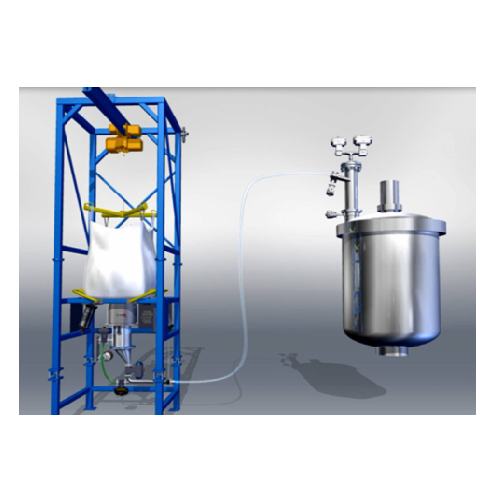
Big bag emptying station for powder handling
Ensure safe and efficient powder discharge with precision containment, adapta...
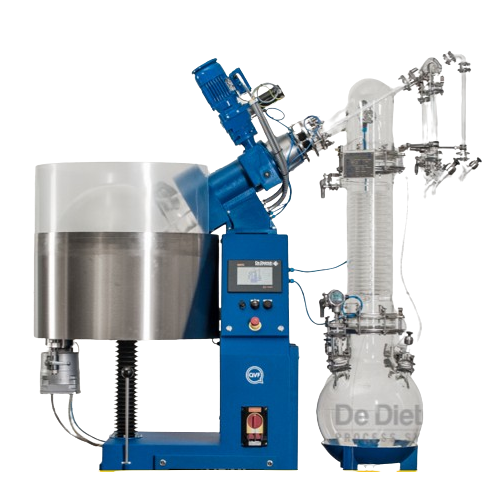
Rotary evaporator for solvent evaporation
Achieve precise solvent recovery and concentration control with this rotary evap...
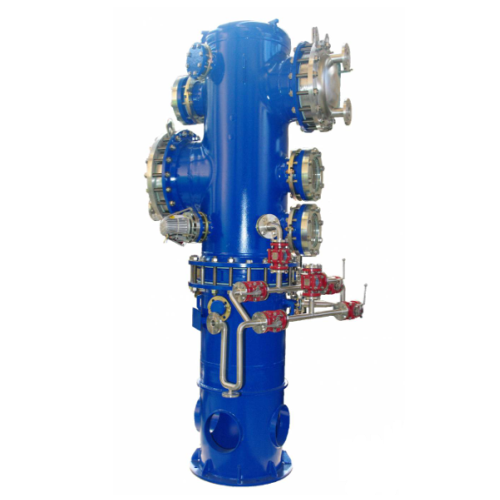
Condensation and separation unit for solvent handling
Enhance solvent management and VOC recovery with this compact conde...
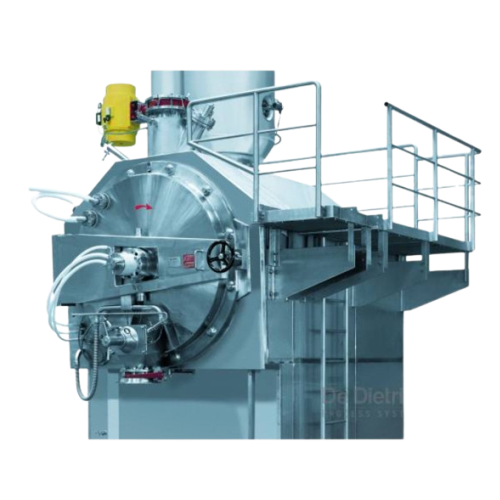
Universal dryer for herbal medicine production
Ensure optimal drying of plant-based pharmaceuticals, achieving precise moi...
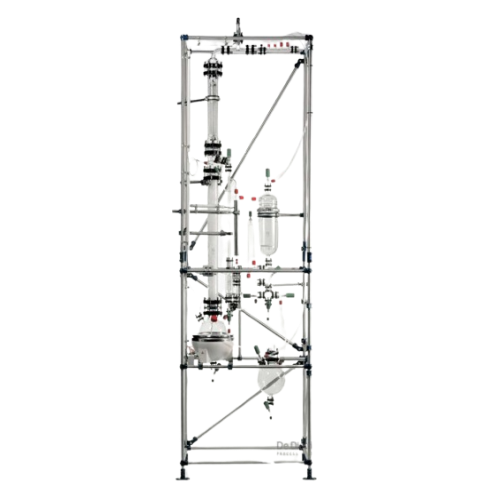
Solid/liquid extraction unit for process development
Optimize your extraction processes with flexible operation modes for...
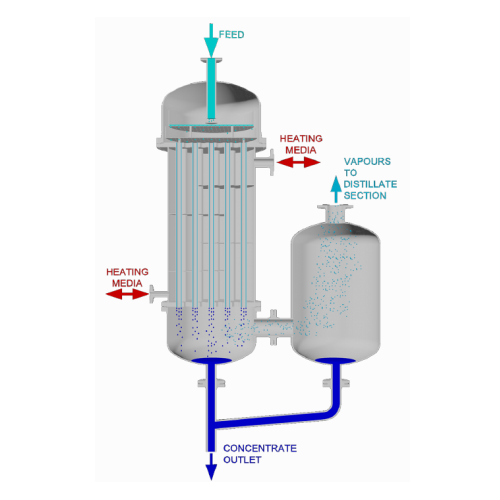
Falling film evaporator for thermal separation
Optimize energy efficiency in separation processes by utilizing gravity-dri...
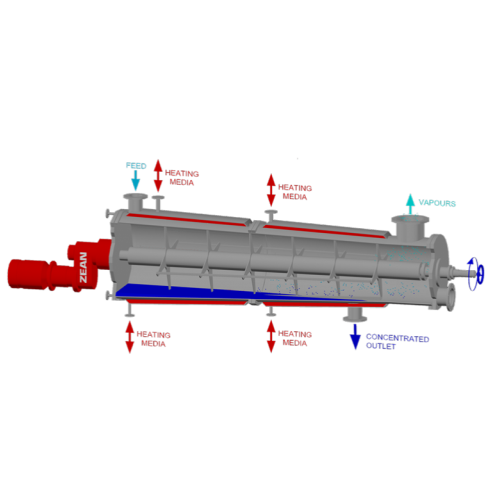
Horizontal thin film evaporator for continuous distillation
Experience precise control over evaporation and distillation...
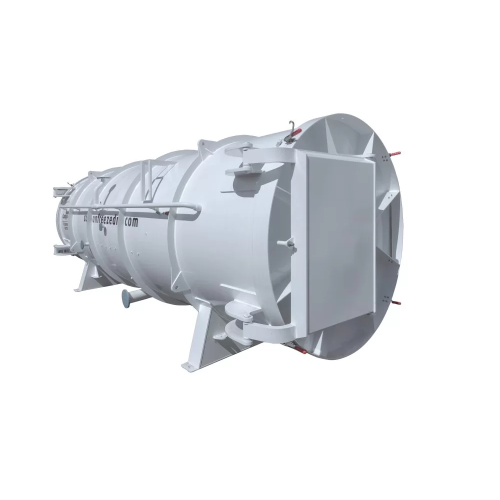
Large-scale industrial freeze dryer
Achieve precise moisture control and preserve product integrity with a large-scale free...
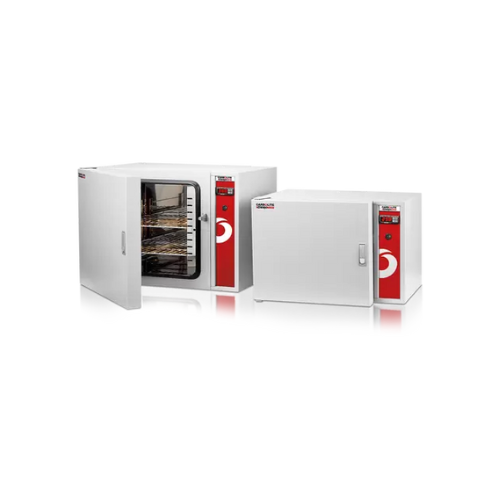
Laboratory oven for accurate thermal processing
Achieve precise thermal control for sensitive formulations, ensuring consi...
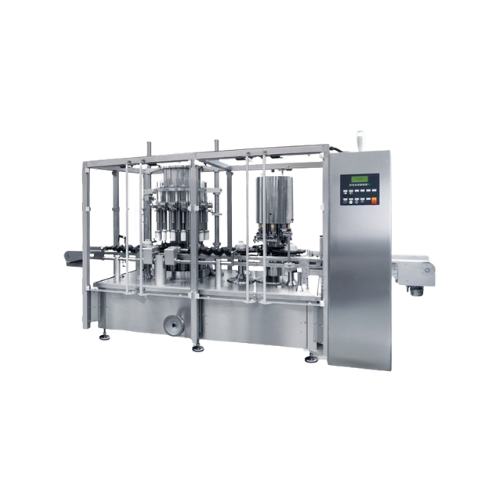
High speed continuous motion liquid filling and capping system
Achieve high-speed, precision filling and capping for liq...
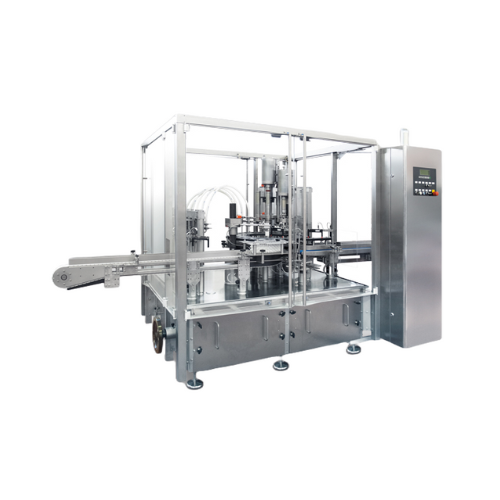
Volumetric filling and capping system for pharmaceuticals
Optimize your liquid filling and capping operations with a ver...
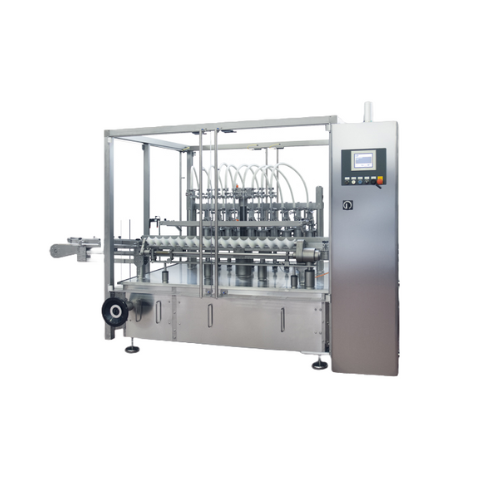
Linear intermittent motion filling system for high-density liquids
Ensure precise dosing of high-density liquids like c...
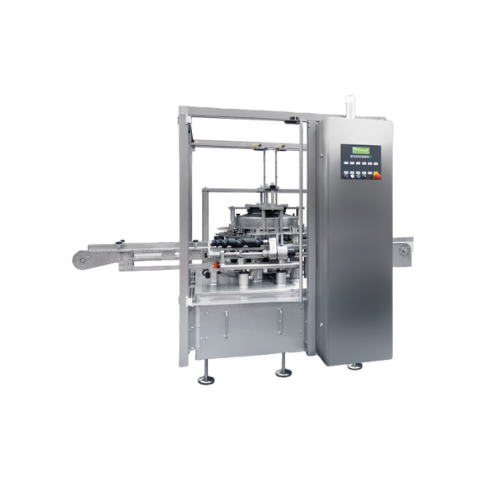
Rotary continuous motion bottle cleaning solution
Ensure pristine product integrity by effectively eliminating particles ...
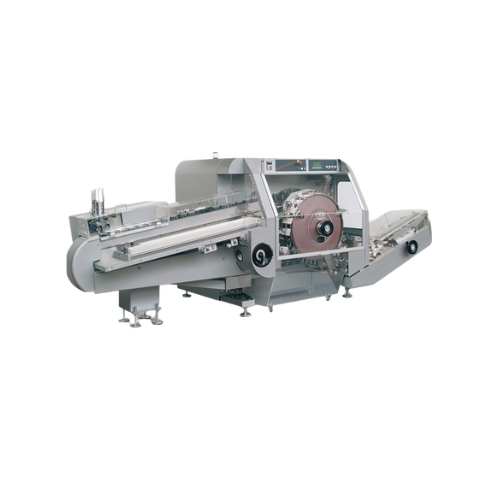
High-speed continuous motion horizontal cartoner
Achieve seamless high-speed cartoning with precision cartoner systems des...
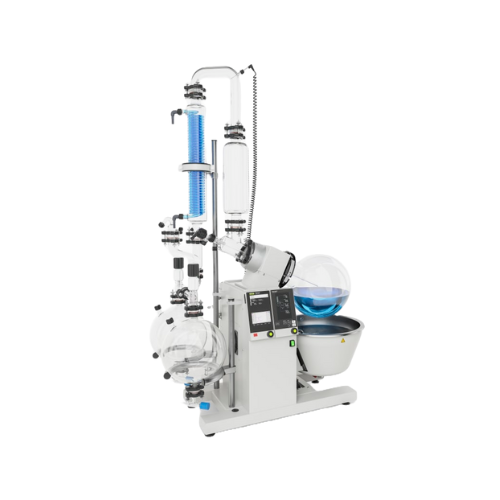
Industrial rotary evaporator for distillation
Optimize your distillation efficiency with a solution designed for precise c...
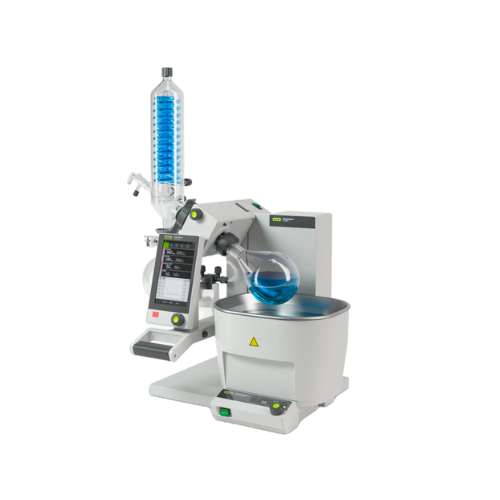
Rotary evaporation for laboratory applications
Achieve precise evaporation and concentration with modular, high-speed rota...
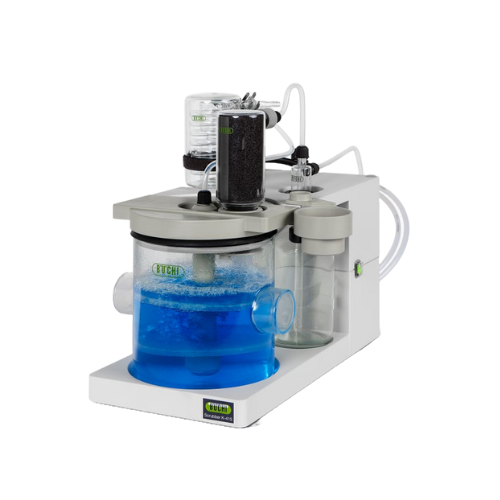
Industrial fume scrubber for safety compliance
Enhance workplace safety by efficiently neutralizing hazardous fumes and va...
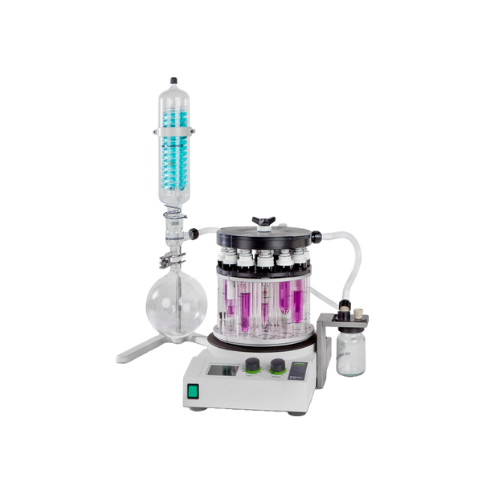
Parallel sample evaporator
Process multiple samples efficiently with precise control, ensuring quick evaporation and consist...
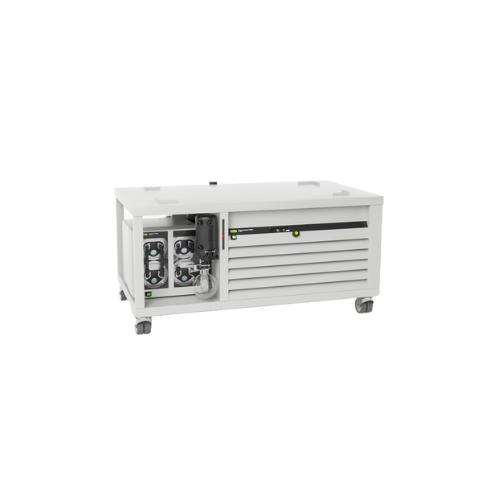
Industrial recirculating chiller for laboratory applications
For consistent distillation results, maintain accurate temp...
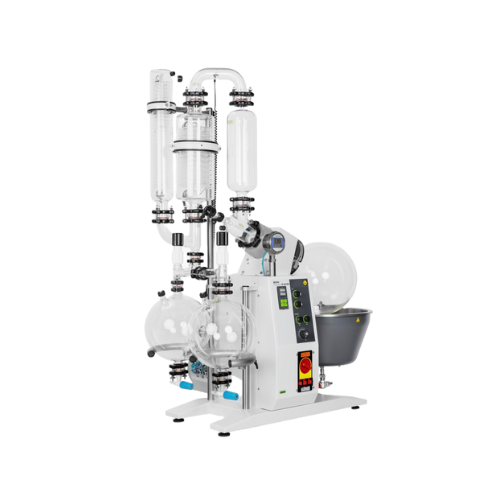
Industrial rotary evaporator for large-scale distillation
Ideal for scaling up laboratory processes, this robust rotary ...
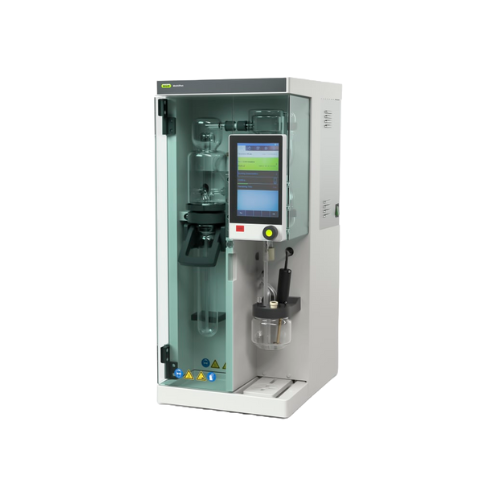
Versatile steam distillation unit for laboratory applications
Achieve reliable analysis of complex samples with this ste...
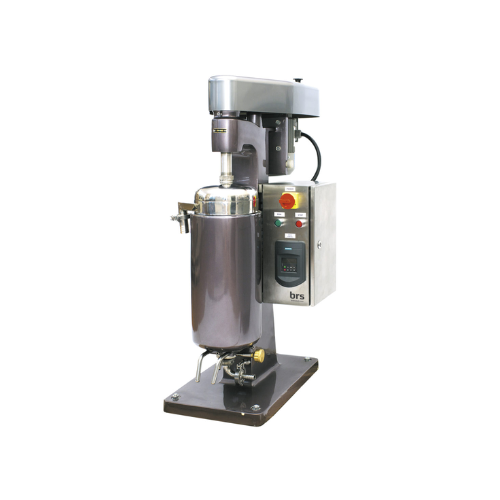
High-speed tubular centrifuges for liquid-solid separation
For efficient component separation in high-viscosity fluids, ...
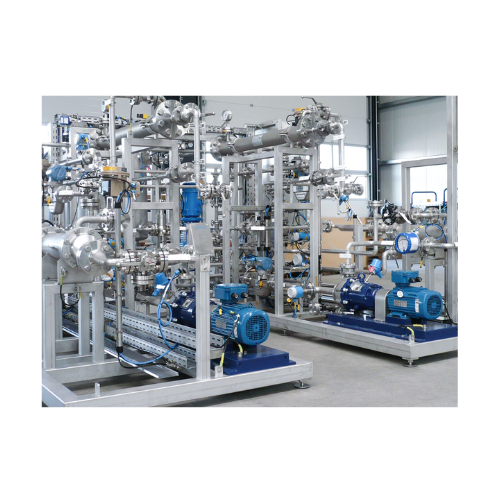
Organic solvent nanofiltration for liquid separation
Optimize your process streams with solvent recovery that minimizes e...
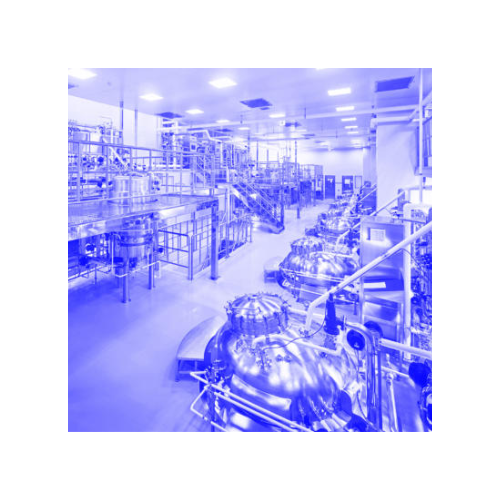
Bioreactors for cell culture processes
Efficiently cultivate sensitive cell lines with customizable bioreactors designed to...
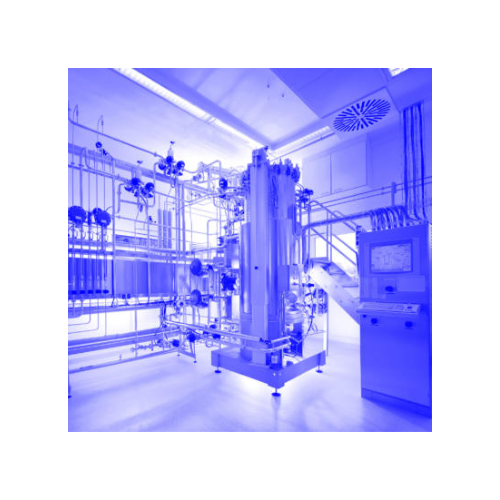
Lab-scale fermentors for microbial cultivation
Optimize microbial cultivation with lab-scale fermentors designed for preci...
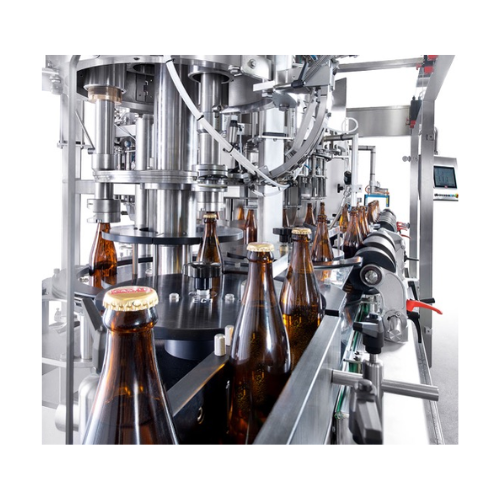
Industrial solutions for cap closures on bottles and containers
Achieve precise sealing for diverse bottle types with ou...
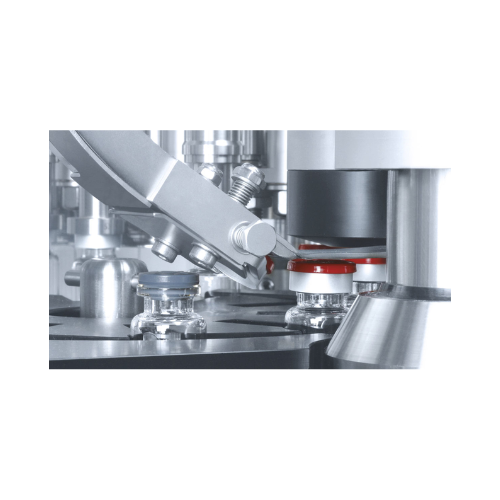
Pharmaceutical container closing solution
Ensure precise capping and inspection of pharmaceutical containers, reducing con...
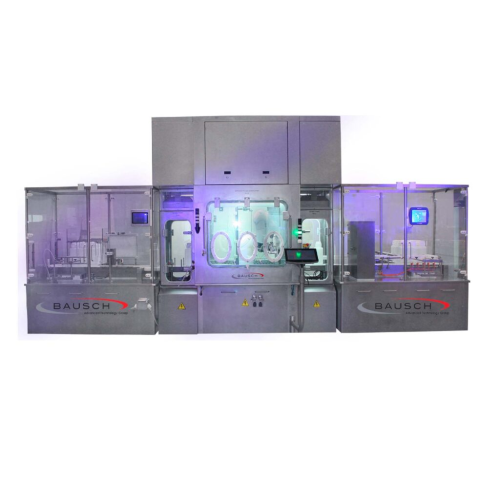
Automated filling and closing system for vials and bottles
Optimize your vial and bottle filling line with precise liqui...
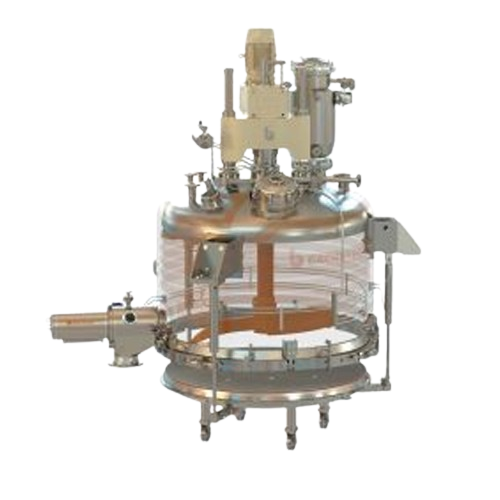
Agitated nutsche filter dryer for solid-liquid separation
Achieve high-purity solid-liquid separation with optimized thr...
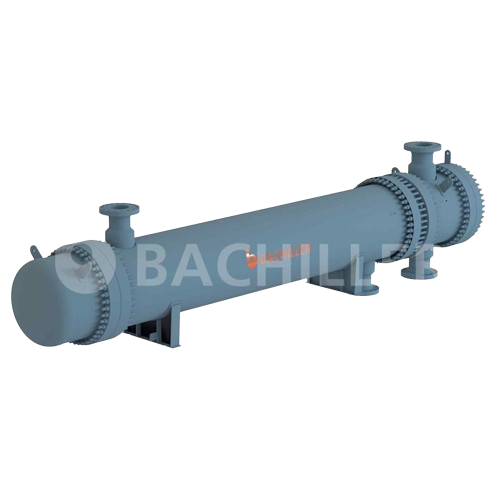
Shell and tube heat exchangers
Efficiently manage heat transfer in your production line with custom-engineered shell and tub...
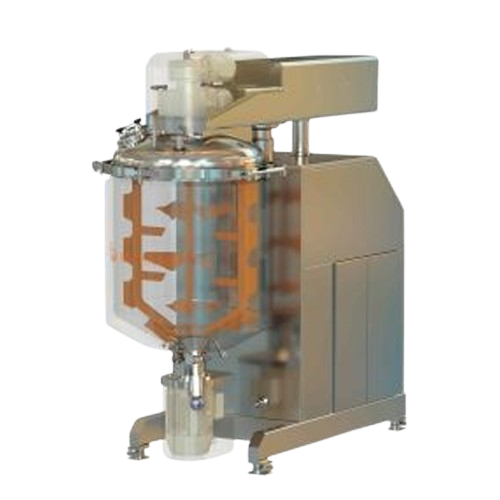
Vacuum mixer reactor for liquids and semi-solids
Achieve precise mixing and emulsification of complex liquid formulations ...
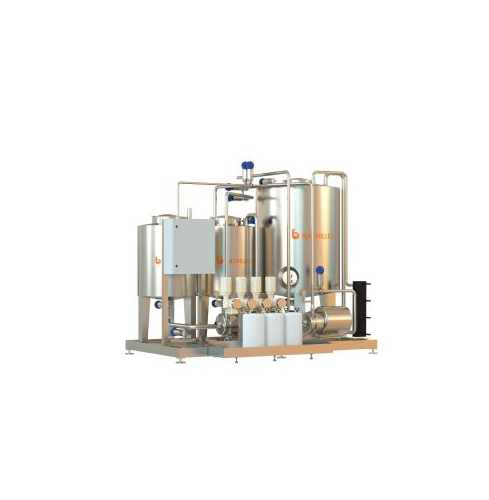
Cip system for process tanks
Ensure high-level cleanliness and compliance in your production line with an efficient in-place...
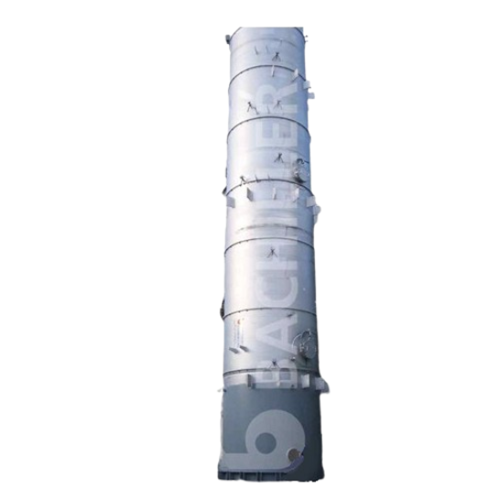
Industrial columns and towers for chemical processing
Optimize your chemical production with robust columns and towers, d...
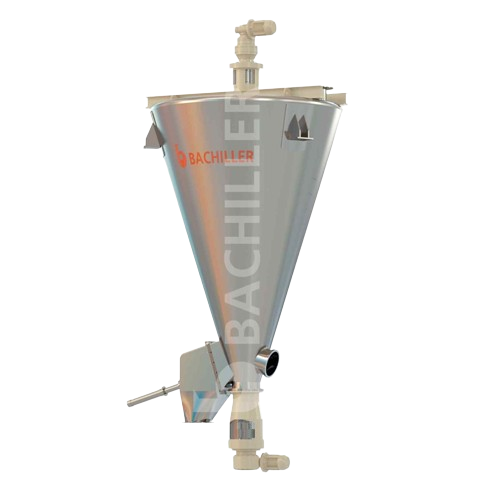
Conical screw mixer for solids and powders
Achieve precise homogenization of your solid and powder mixtures with minimal e...
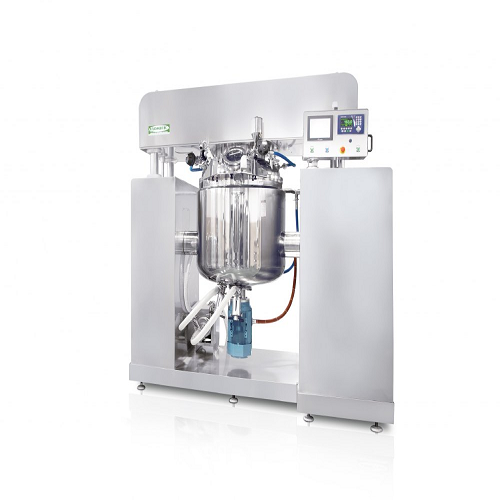
Industrial under vacuum homogenizer
Optimize your batch production with an under-vacuum homogenizer that ensures precise mi...
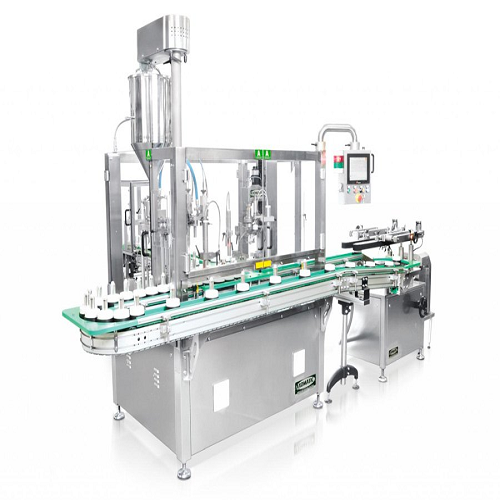
Alternate movement bottle filling and capping system
Enhance your production line with a versatile filling and capping so...
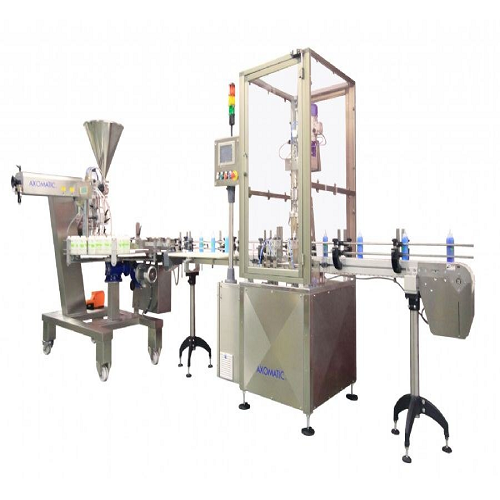
Automatic bottles and jars filling and capping line
Streamline your liquid product packaging with this high-speed solutio...
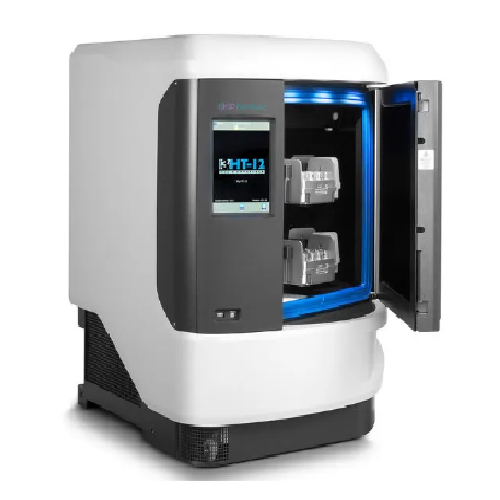
High-throughput vacuum evaporator for laboratory applications
Achieve precise solvent removal and efficient sample handl...
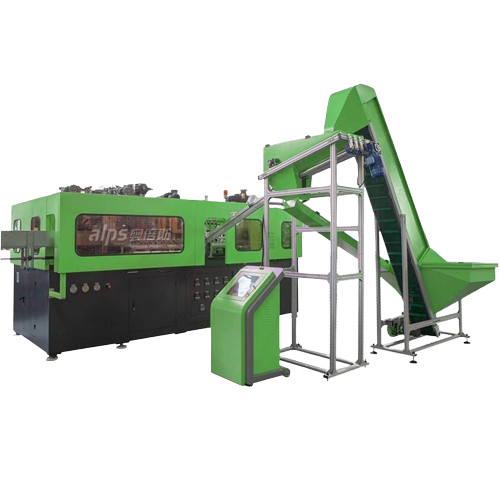
Servo type Pet bottle blowing molding solution
Optimize your production with high-speed PET bottle molding, designed to st...
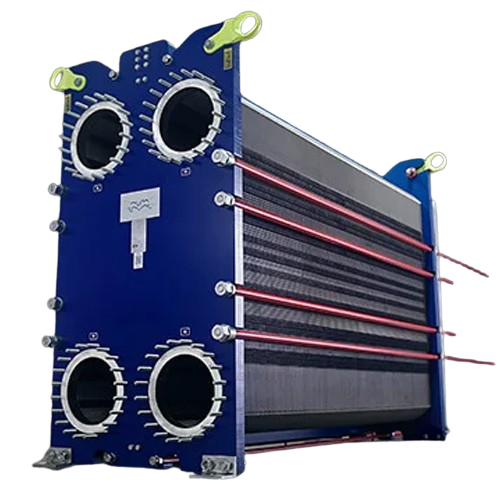
Gasketed plate-and-frame heat exchangers for industrial applications
Optimize your production with precise thermal mana...

Pneumatic cap press for bottles and jars
Streamline your packaging process with a pneumatic solution designed for precision...
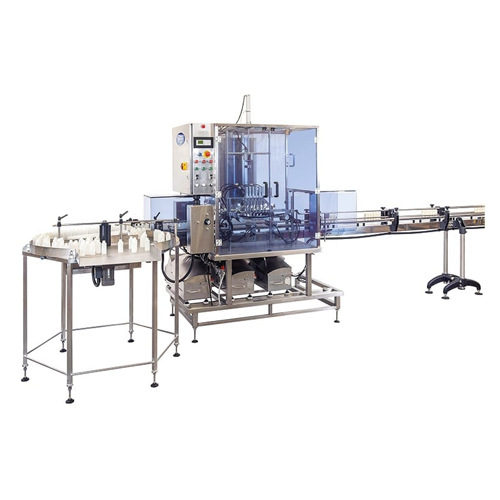
Automated bottle and jar filling solution
Streamline your production and minimize waste with a versatile filling solution,...
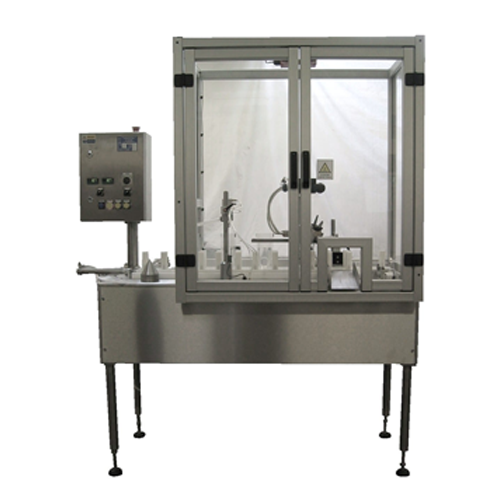
Bag and pouch filling solution for liquid products
Efficiently package diverse liquid products with precision and speed, ...
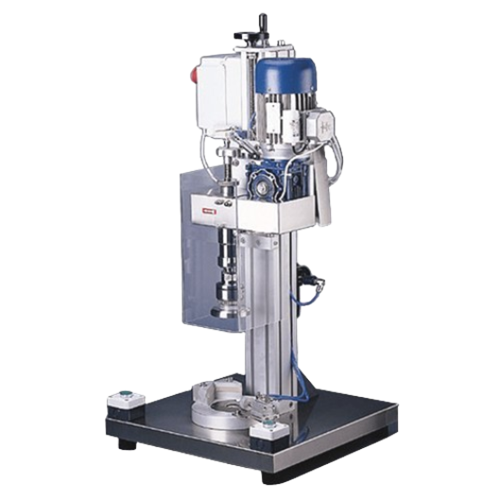
Benchtop screw capper for diverse bottle sizes
Ensure precision and efficiency in your capping process with this adaptable...
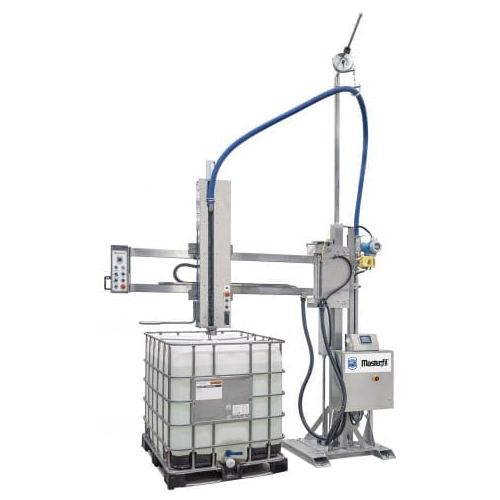
Semi-automatic flowmeter boom filler for large volume containers
Effortlessly handle large volume liquid filling with pr...
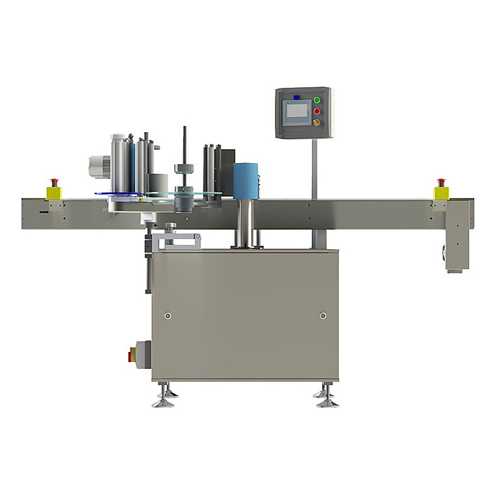
High precision three-roller wraparound labeller
Achieve precise label placement on round containers effortlessly with a th...
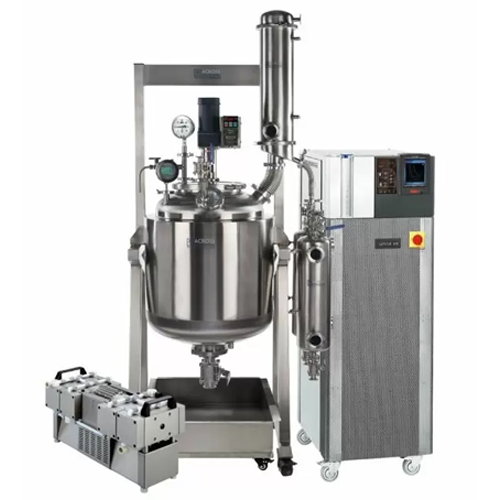
Winterization reactor for botanical extraction
Achieve precise temperature control and efficient separation during winteri...
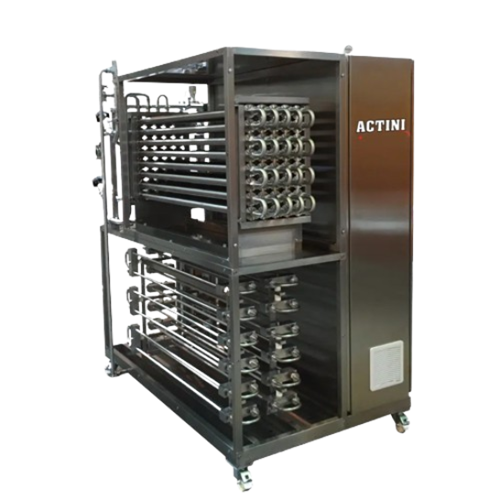
Sterilization pilot systems for small batch heat treatment
Optimize product safety and quality in small batch production...
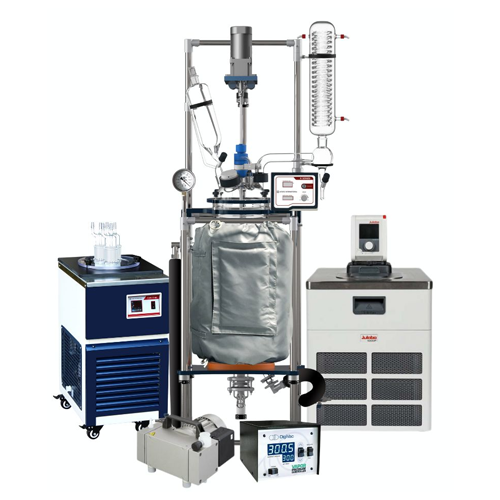
20l glass reactor for crystallization and isolation processes
Optimize your lab’s crystallization and isolation pr...
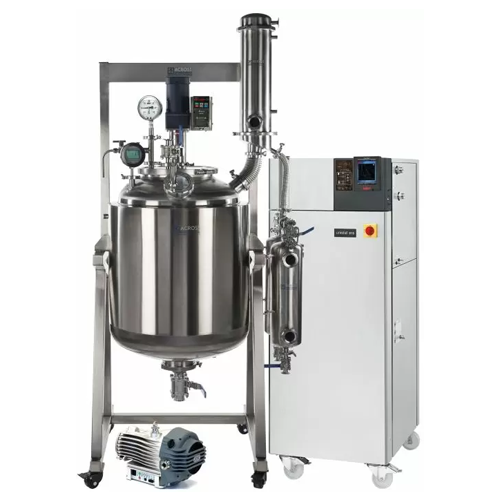
Dual-jacketed reactor for botanical extraction winterization
Optimize your production with precise temperature control a...
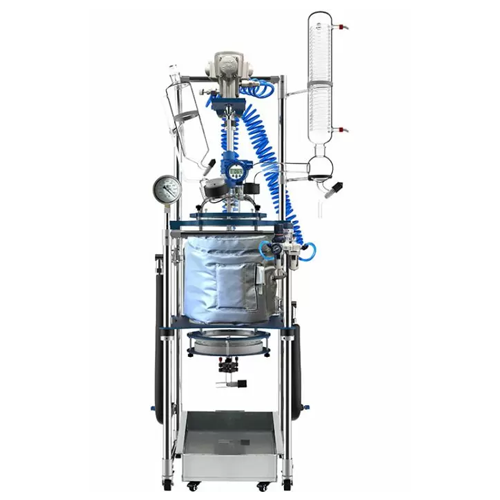
20l jacketed glass reactor
Optimize your chemical reactions with precise temperature control and adaptive stirring capabilit...
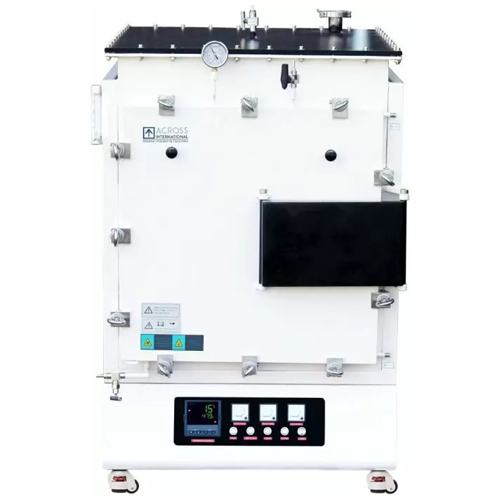
Controlled atmosphere muffle furnace
Achieve precise temperature and atmosphere control for critical processes like sinteri...
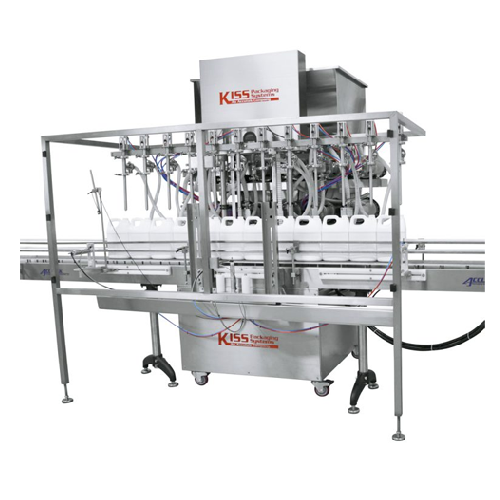
Automatic positive displacement filler for various liquids
Achieve precision and versatility in liquid filling operation...
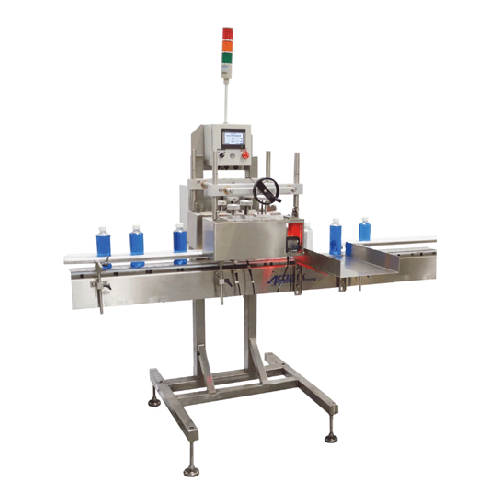
Inspection-rejection station for bottled products
Ensure your bottled and packaged products ship defect-free by automatic...
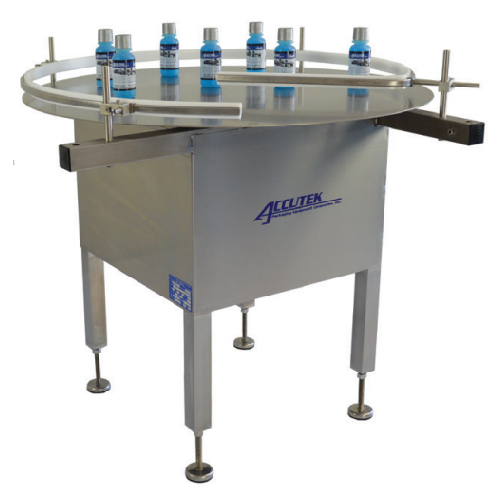
Accumulation turntable for bottling lines
Optimize your production line’s efficiency with a 42-inch diameter accumul...
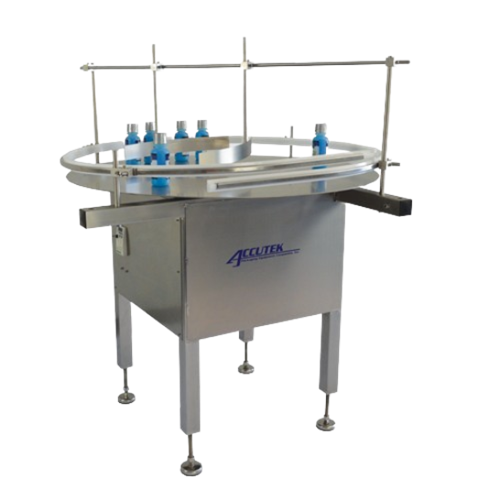
Container unscrambler for filling lines
Streamline and automate the loading of containers onto your production line with th...
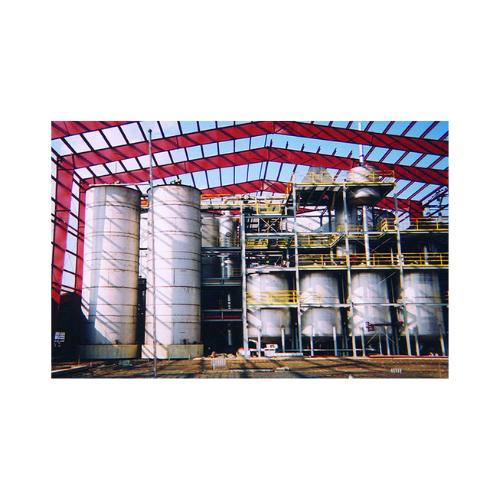
Custom fabricated industrial tanks
Optimize your production with these industrial tanks, designed to handle a diverse range...
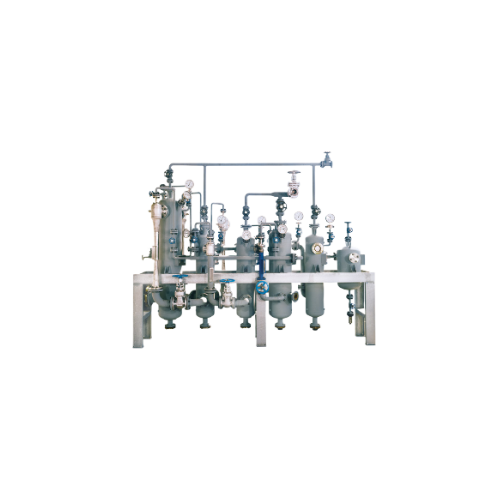
Multi-stage steam jet vacuum pumps for industrial applications
Achieve precise vacuum conditions for evaporation, distil...
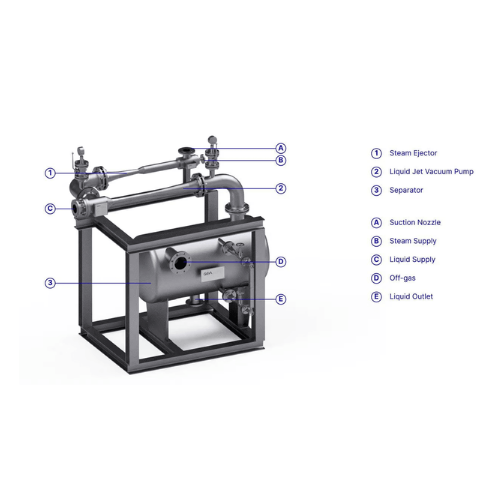
Steam jet liquid ejector vacuum system for chemical applications
Achieve reliable vacuum under challenging conditions wi...
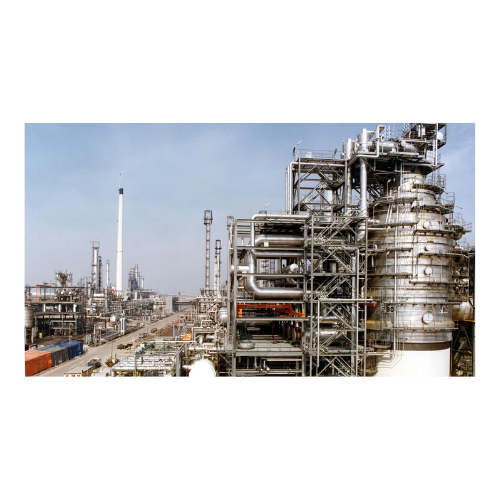
Combined steam jet and liquid ring vacuum pump systems
Optimize vacuum creation and maintenance in processes like distill...
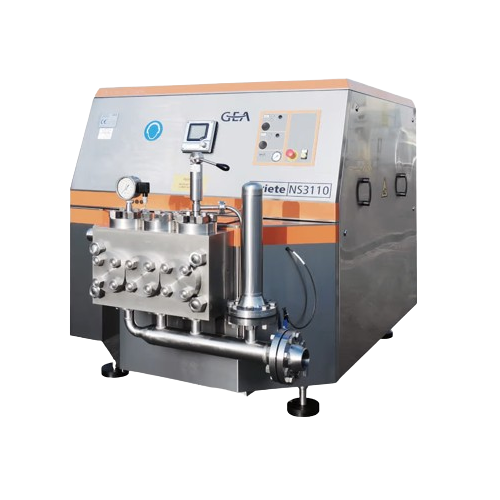
High pressure pumps for viscous fluid transfer
Optimize fluid transfer with high pressure pumps designed to handle viscous...
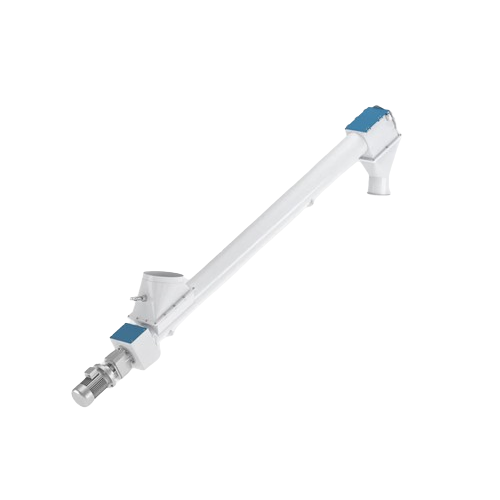
Screw conveyor for raw material handling
Ensure seamless and continuous transport of raw materials with our customizable sc...
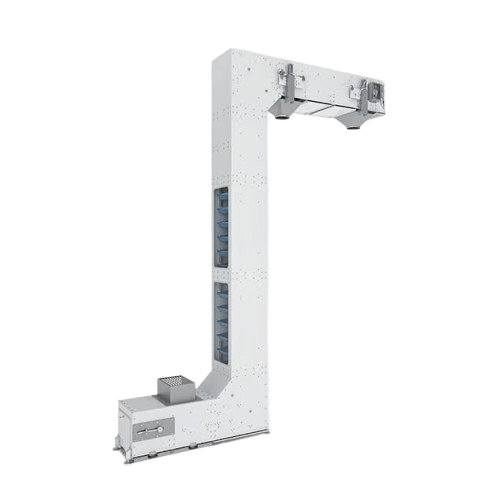
Industrial bucket elevator for efficient product conveyance
Enhance production efficiency by elevating and transferring ...
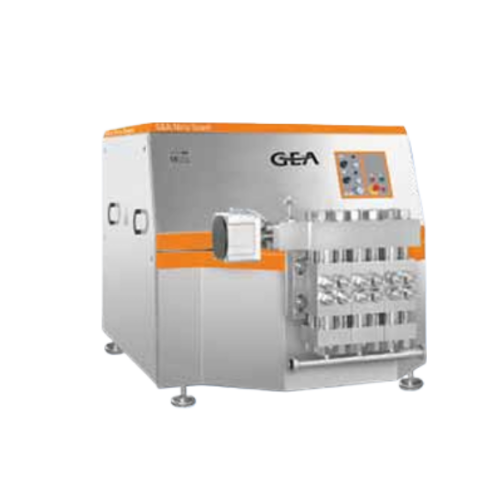
Very high pressure homogenizer compression block
Experience reliable performance at extreme pressures with a compression b...
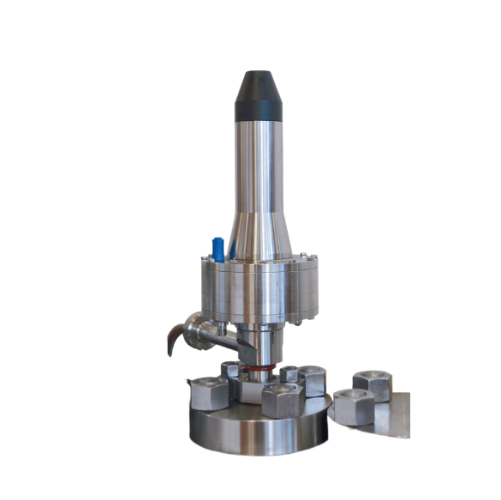
Spring loaded overpressure safety valve with pneumatic actuator
Ensure safe pressure regulation with advanced spring-loa...
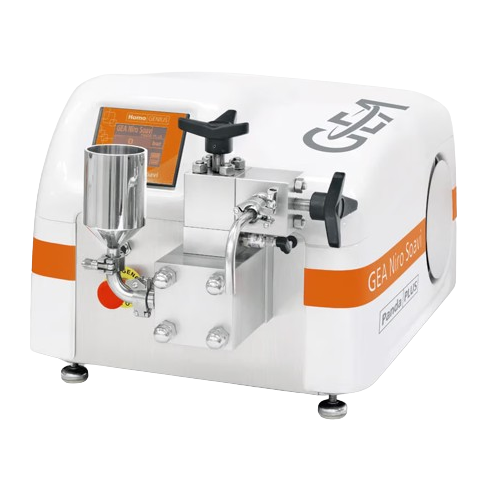
Laboratory homogenizers for nanoparticles and emulsions
Tackle the challenge of achieving consistent nano-scale dispersio...
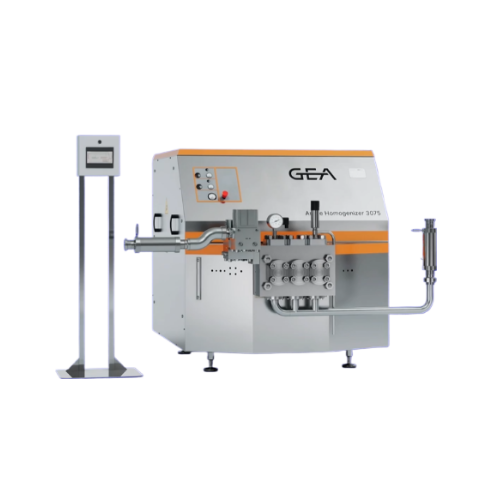
Inline real-time fluid quality monitoring system
Optimize fluid quality control with continuous, inline measurements that ...
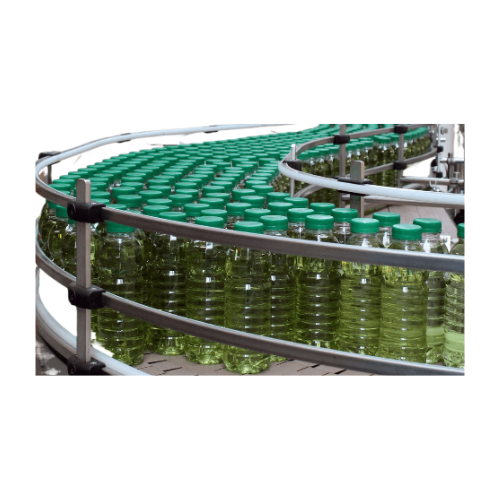
Loose package conveyor systems for packaging lines
Optimize your packaging line operations with advanced conveyor systems...
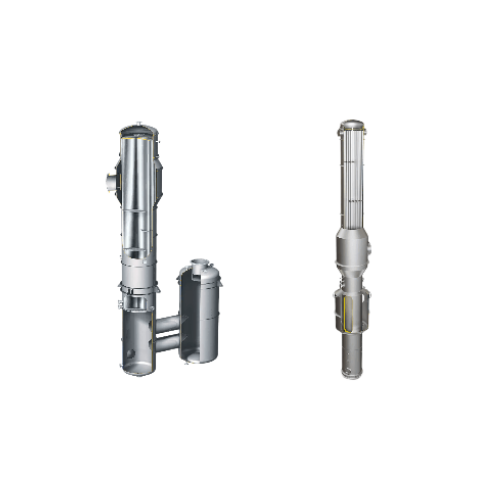
Falling film evaporator for temperature-sensitive products
Ensure consistent concentration and quality of heat-sensitive...
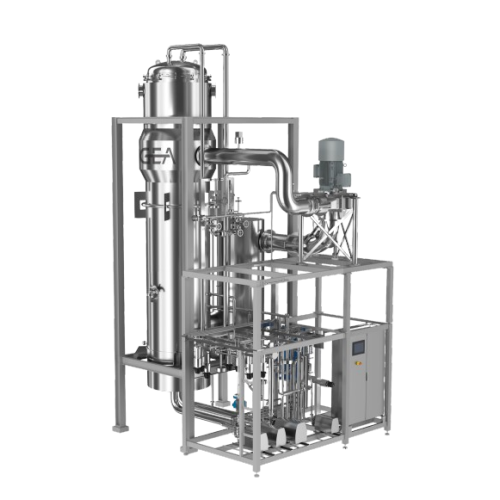
Compact plate evaporator for temperature-sensitive products
Ensure optimal heat transfer and minimal space usage with th...
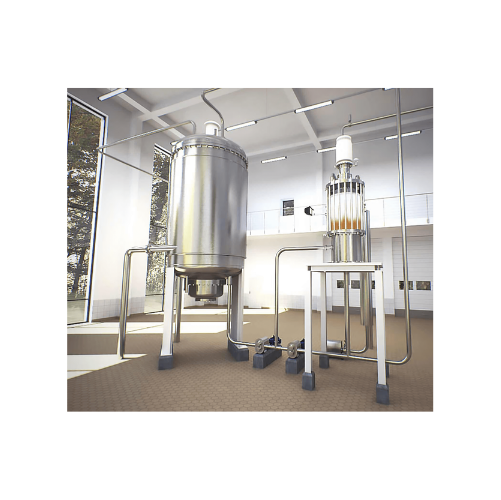
Freeze concentration system for liquid food products
Achieve precise concentration while preserving volatile components a...
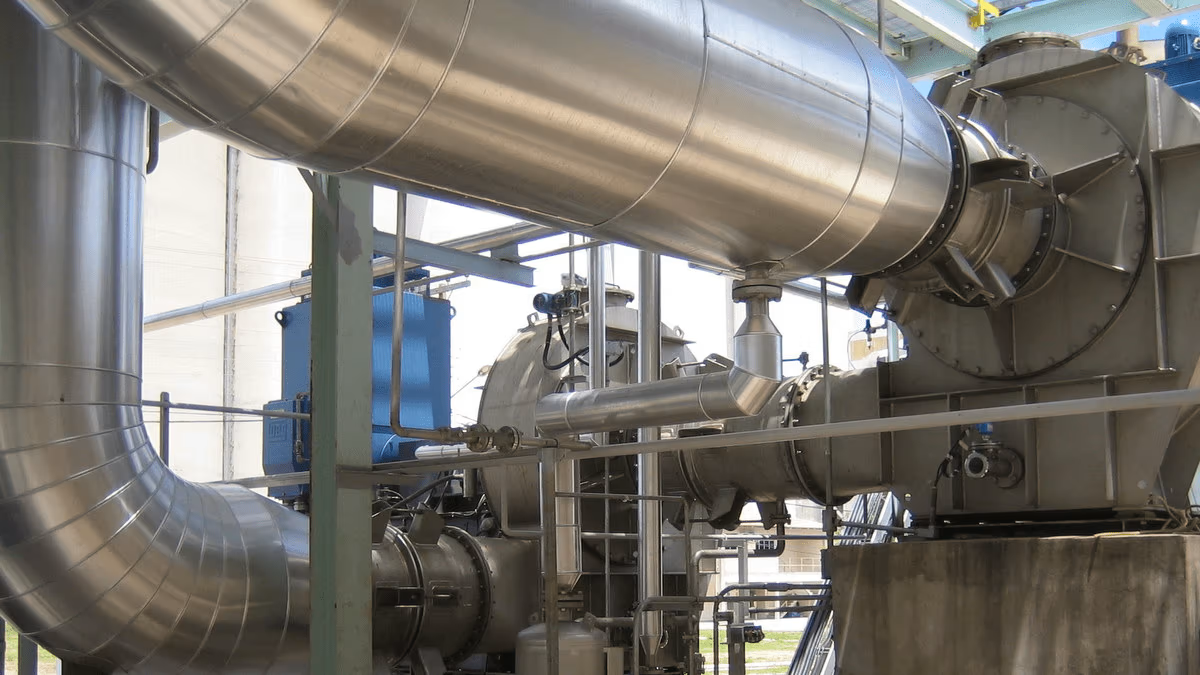
Mvr and Tvr heated distillation system
Achieve superior energy efficiency and reduced steam consumption in your distillatio...
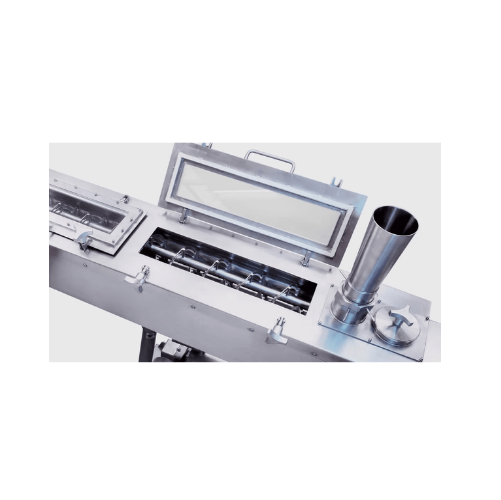
Coffee extractor for optimal flavor preservation
Unlock the potential of your extracts with a continuous system that ensur...
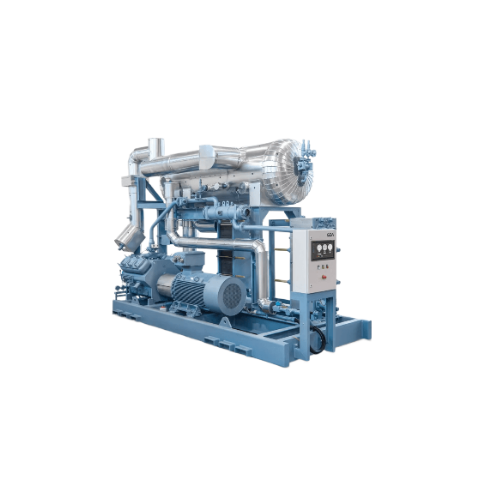
Industrial chiller with high part-load efficiency
Optimize your cooling processes with a versatile chiller designed for p...
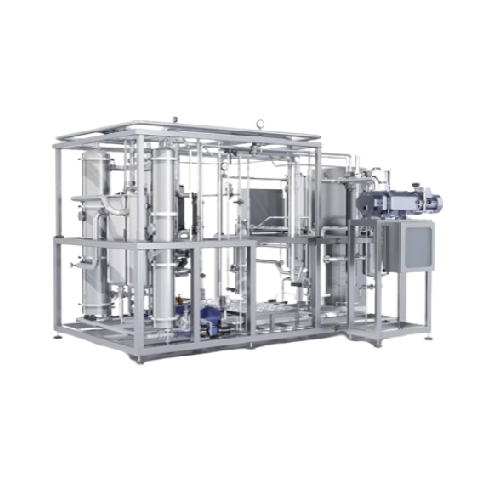
Aroma recovery system for natural juice extraction
Maximize aroma recovery in your juice production with a fully automate...
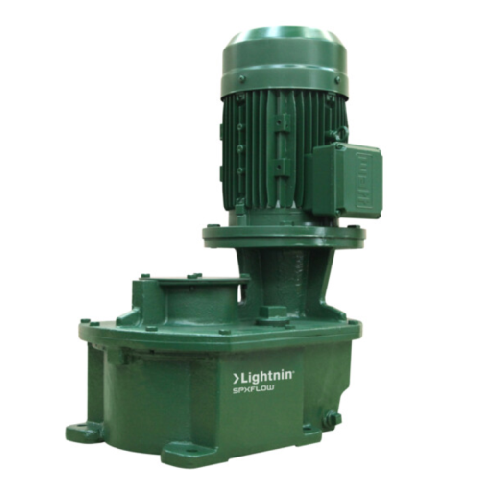
Medium torque mixer for chemical processing
Achieve optimal mixing efficiency and process consistency in demanding applica...
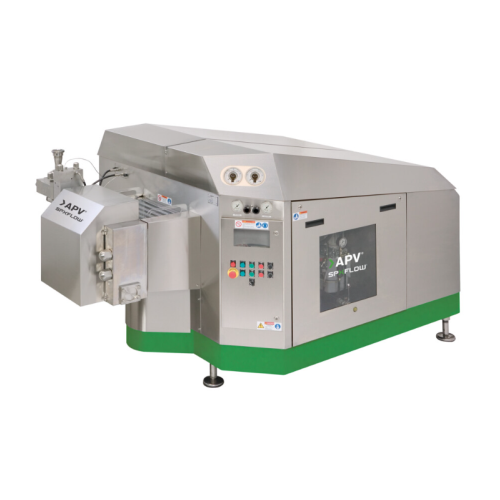
High pressure homogenization system for dairy and creams
Optimize your high-speed homogenization processes with precise c...
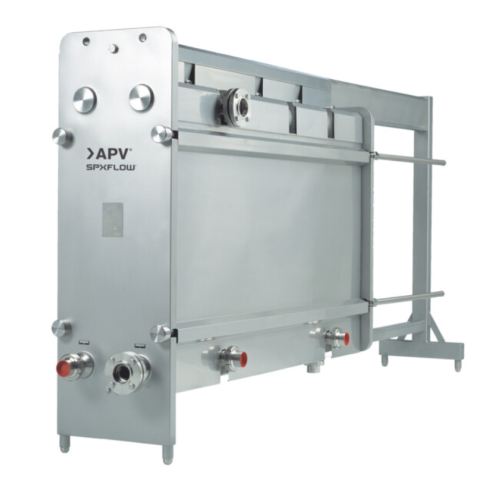
Sanitary gasketed plate heat exchangers for clean applications
Ensure product purity and maintain hygienic standards wit...
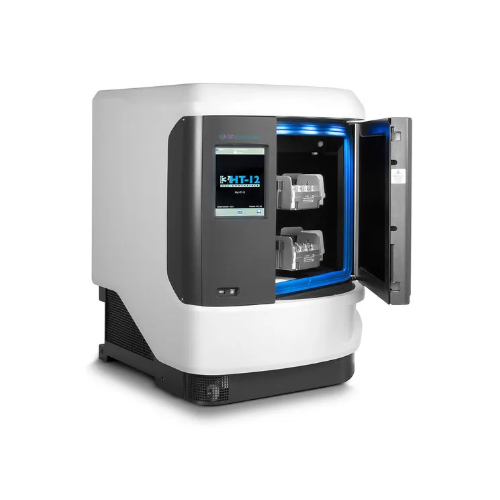
High-throughput vacuum evaporator for laboratory evaporation
Streamline your lab’s drying processes with an innova...
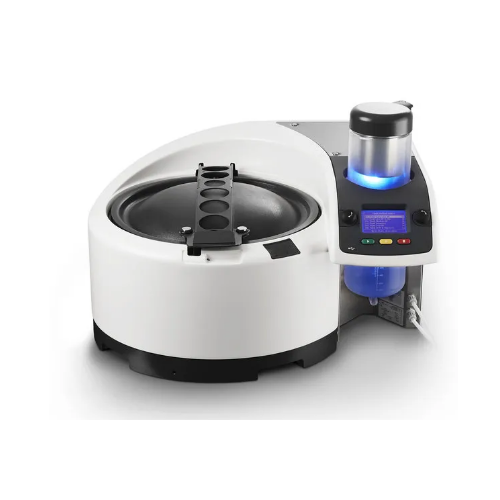
Benchtop evaporator for parallel chemistry and environmental testing
Enhance lab efficiency with a compact evaporator t...
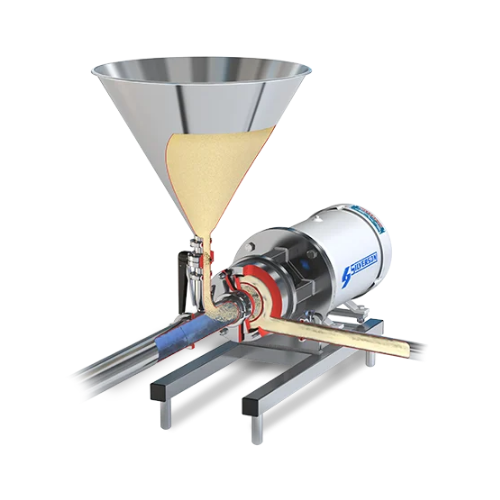
High shear powder mixing solution
Achieve agglomerate-free, homogeneous mixing of powders and liquids with high shear effic...
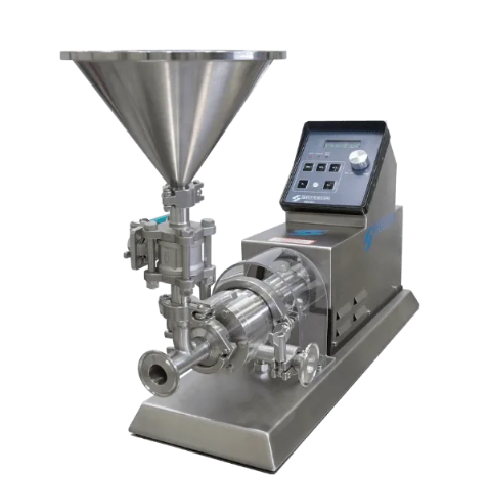
Laboratory scale powder/liquid mixer
Easily integrate powders into complex liquid formulations at a laboratory scale, ensur...
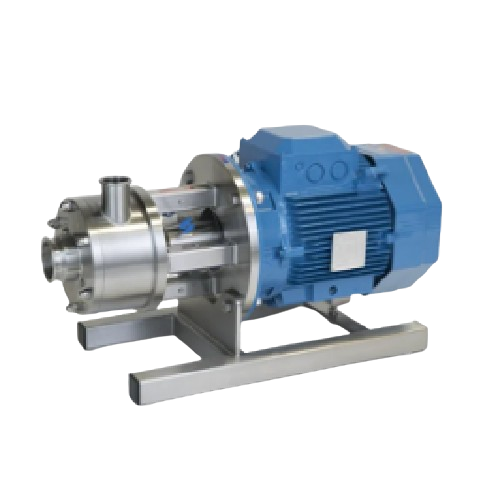
High shear mixer for efficient particle size reduction
Achieve rapid and precise blending and particle reduction in your ...
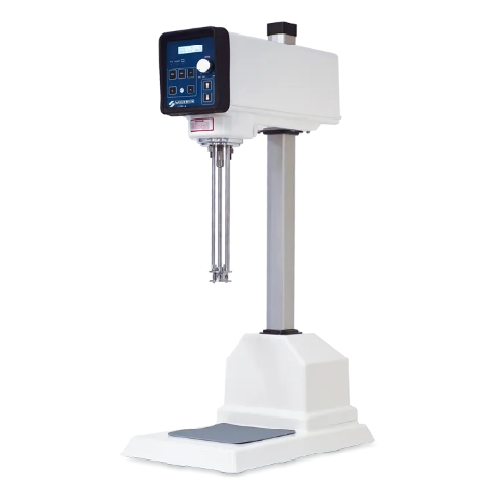
High shear lab mixer for laboratory work and r&d
Achieve unparalleled precision and consistency in laboratory and pilot-sc...
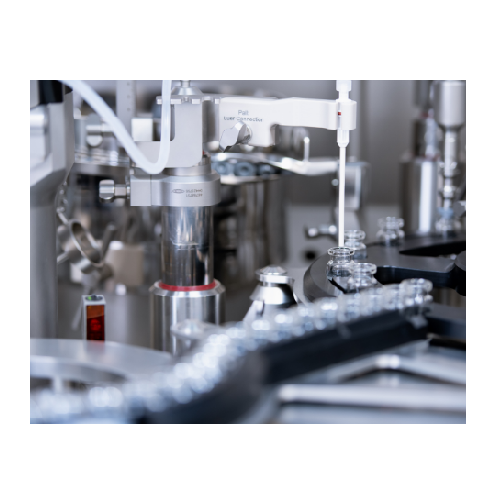
Rotary stoppering and capping for vials
Achieve precise and efficient stoppering, capping, and crimping for high-speed vial...
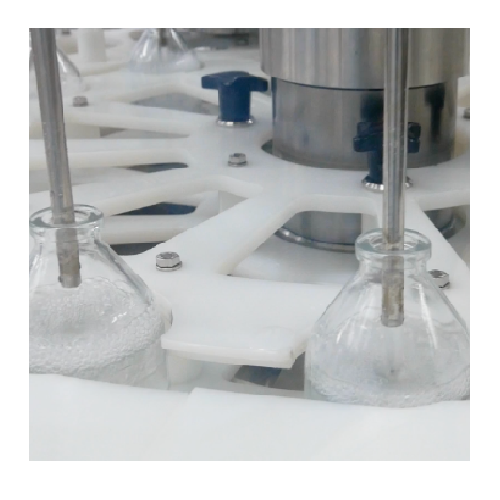
Rotary vial filling and stoppering system
For high-speed production of sterile injectable vials, this continuous motion ro...
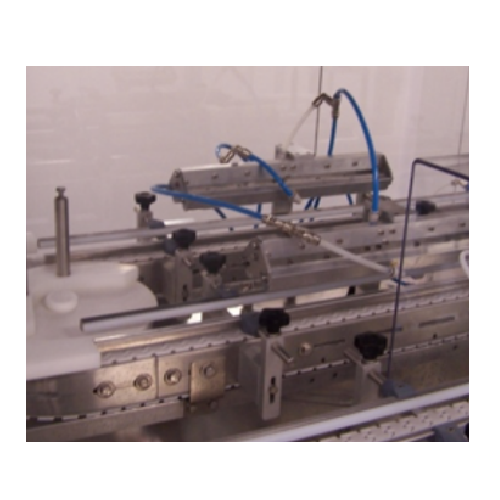
External washing and drying system for sealed vials
Ensure contamination-free packaging of liquid vials with this precise...
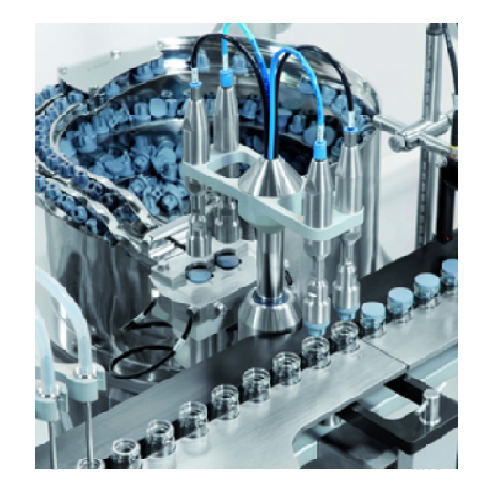
Automatic linear filling stoppering system for large volume vials
Ensure precise vial filling and secure sealing with a...
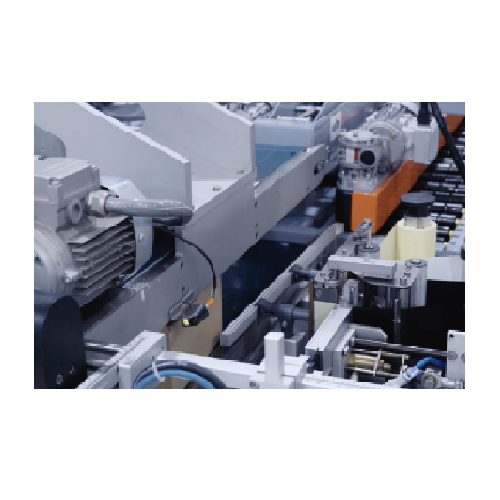
Vertical case packer for bottles and vials
Efficiently pack hard-to-handle items like bottles and vials with precision aut...
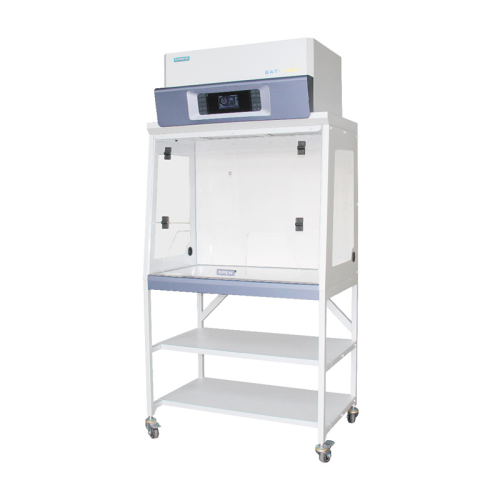
Ductless fume hood for medium chemistry experiments
Eliminate the need for cumbersome air duct installations while ensuri...
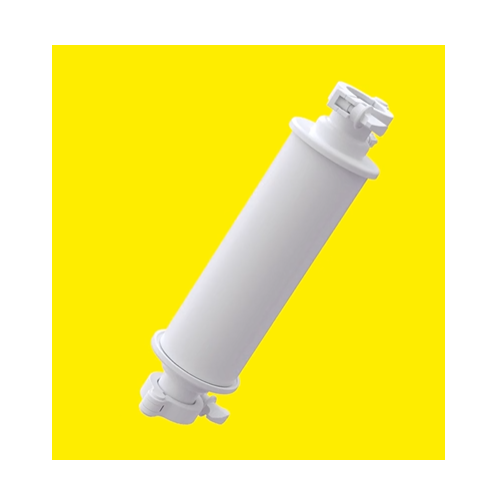
Single-use batch chromatography systems for biopharmaceuticals
Streamline your purification process with high productivi...
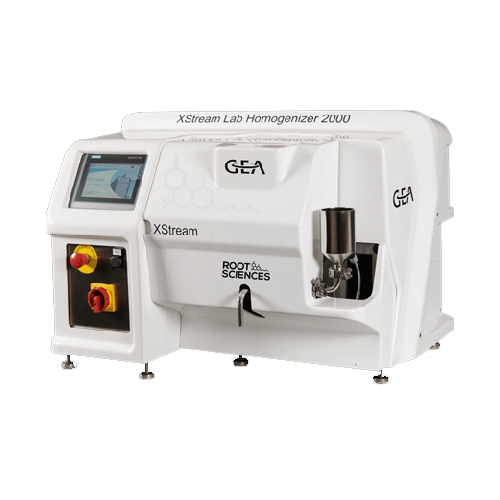
Cannabis nanoemulsification system
Transform your cannabis extracts into fast-acting, shelf-stable products with advanced n...
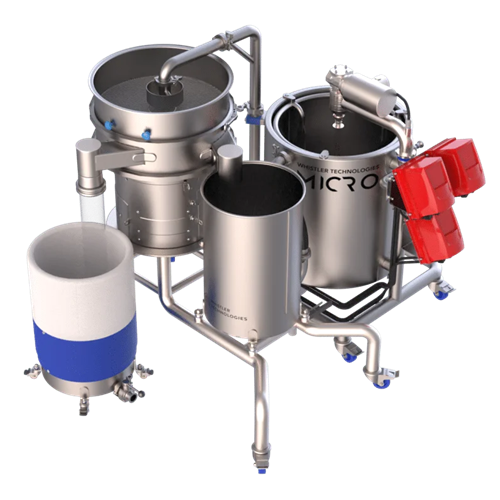
Solventless cannabis extraction system
Optimize solventless extraction of cannabis and hemp with precise agitation and filt...
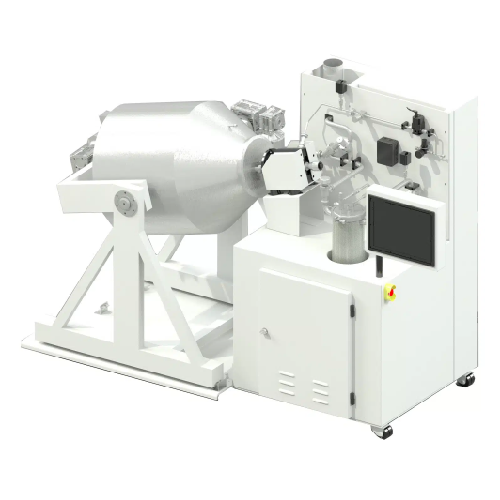
Solventless terpene extractor for cannabis processing
Preserve the most volatile aromatic compounds during extraction, en...
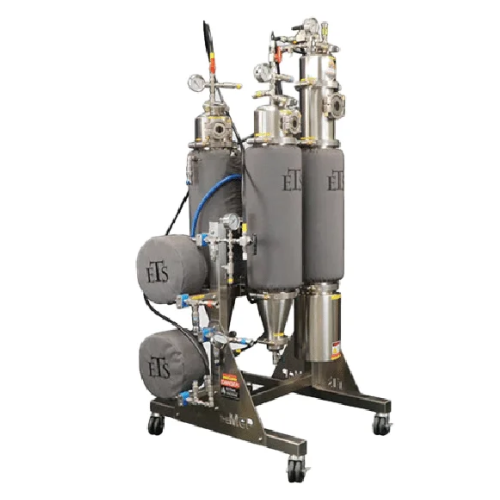
Hydrocarbon extraction system for cannabis extraction
Achieve high-efficiency extraction with precise solvent control, op...
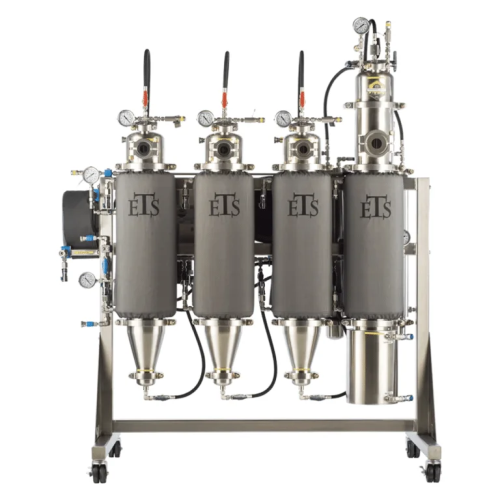
Hydrocarbon extraction system for cannabis and hemp
Streamline your extraction process with a versatile system capable of...
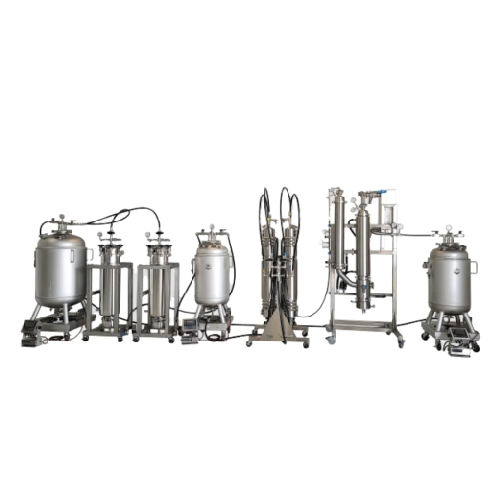
Hydrocarbon extraction system for cannabis industry
Optimize your extraction process with cutting-edge technology designe...
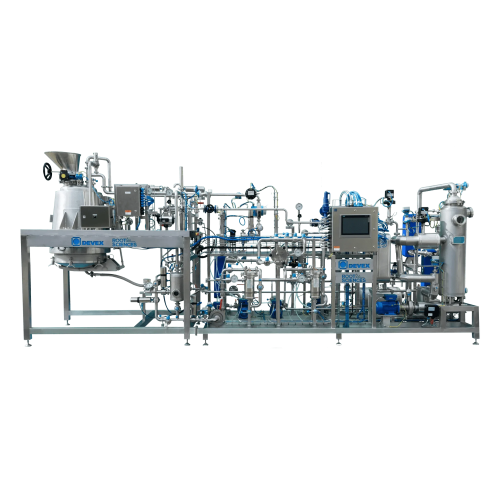
High capacity cannabis cryo-ethanol extraction system
Accelerate your extraction efficiency with a system that drasticall...
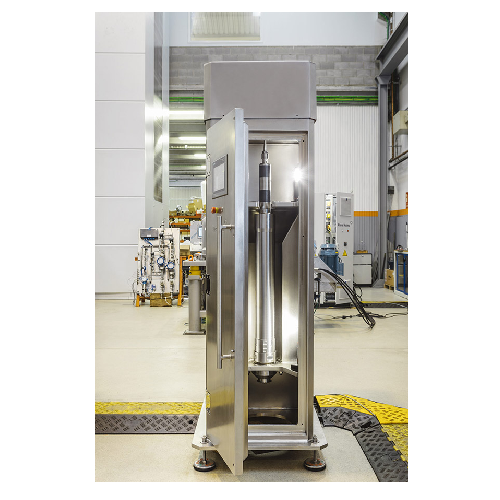
Supercentrifuge for solid-liquid separation and liquid phase separation
Optimize your separation processes with advance...
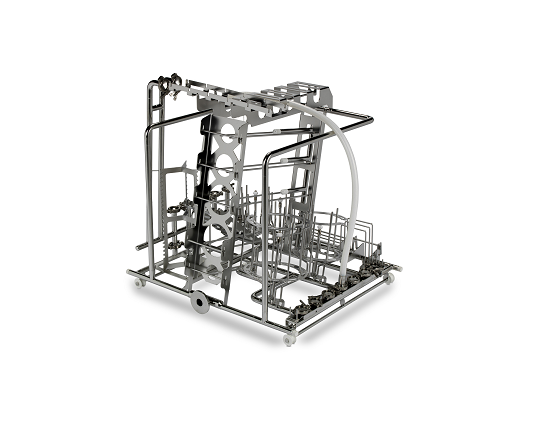
Loading basket for GMP washer
To ensure perfect cleaning of contact parts they must be placed in the GMP washer in such a wa...
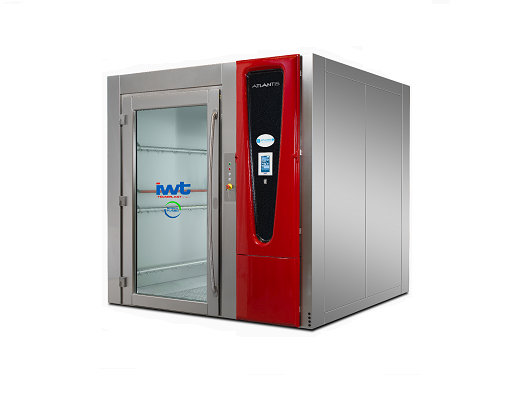
Bulk chamber washer
The production of cosmetics, nutraceuticals or unregulated pharmaceuticals often requires the cleaning an...
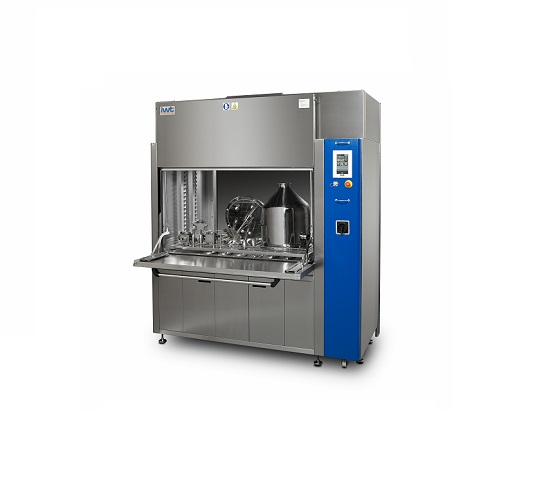
Entry-level chamber washer
When cleaning smaller products contacting filling or compressing components used in the productio...
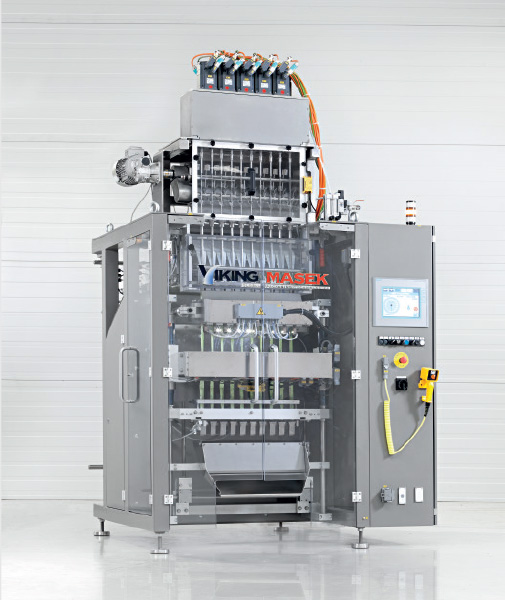
Stickpack Machine
If you are looking to pack your product into stick packs from 17 x 40 mm to 100 x 200 mm in size, you may b...
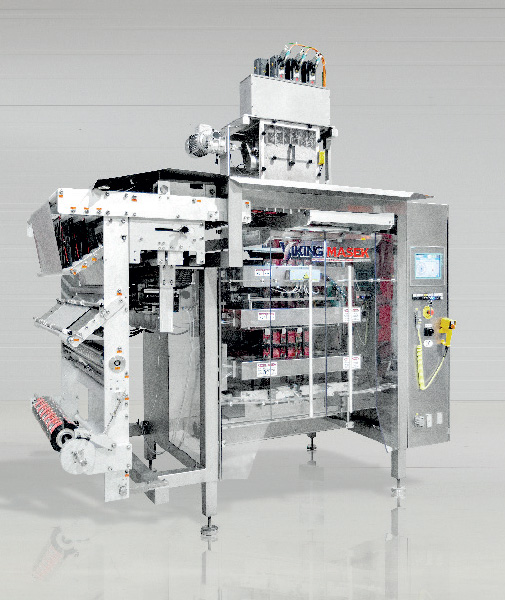
Sachet Machine
If you want to pack into eye-catching 4-side sealed sachets between 40×50 mm and 250×200 mm in size, ...
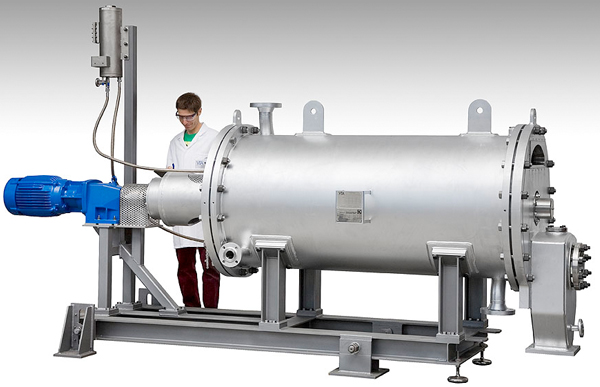
Horizontal thin film evaporators
Horizontal thin film evaporators can increase the residence time of the product and achieve...
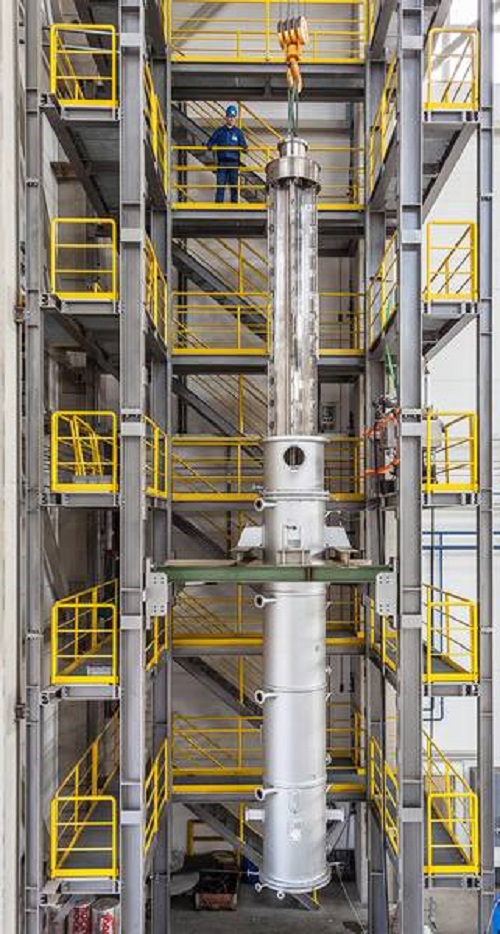
Thin film dryers
Dry dissolved or slurried crystallizing or amorphous products to a pourable powder.
